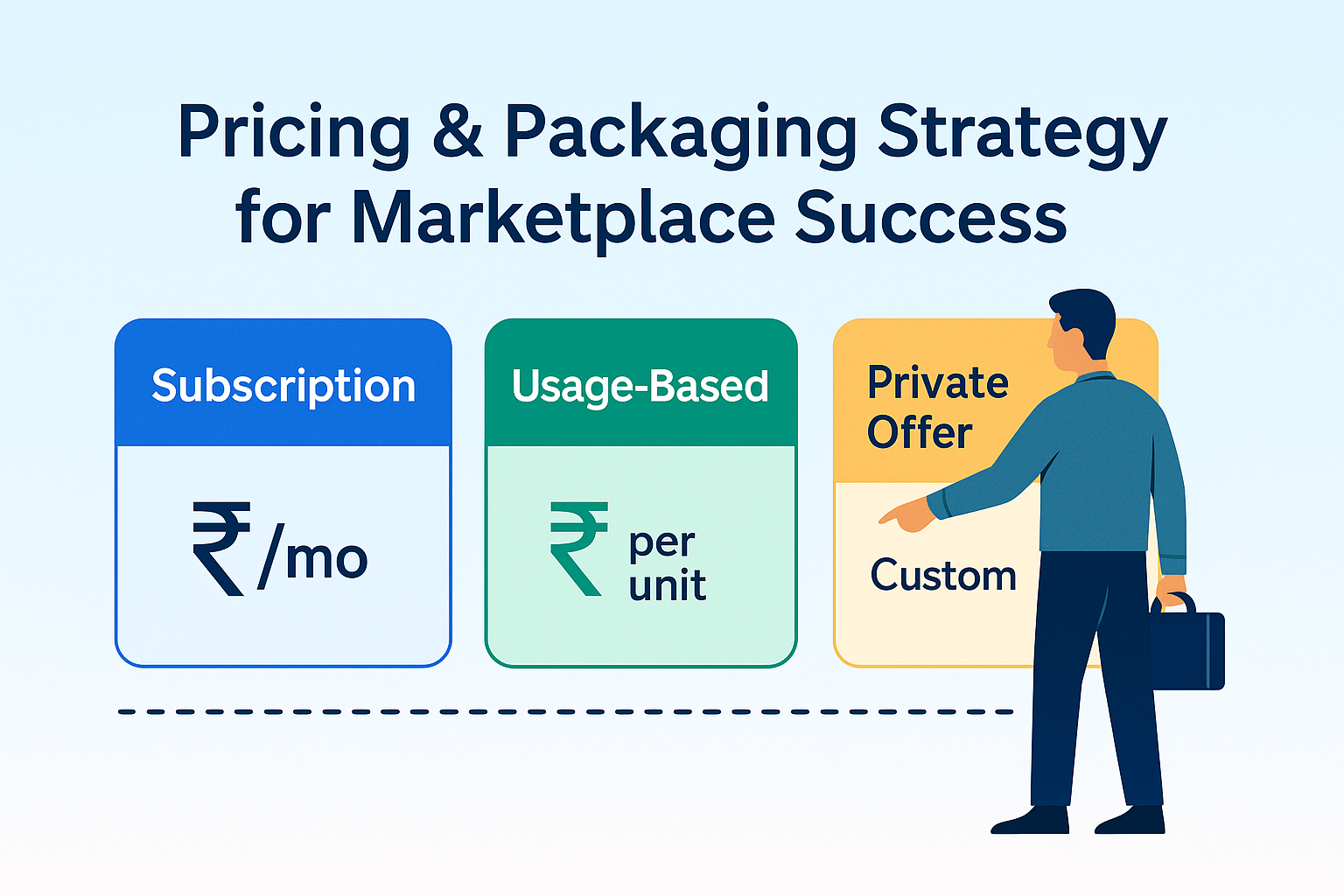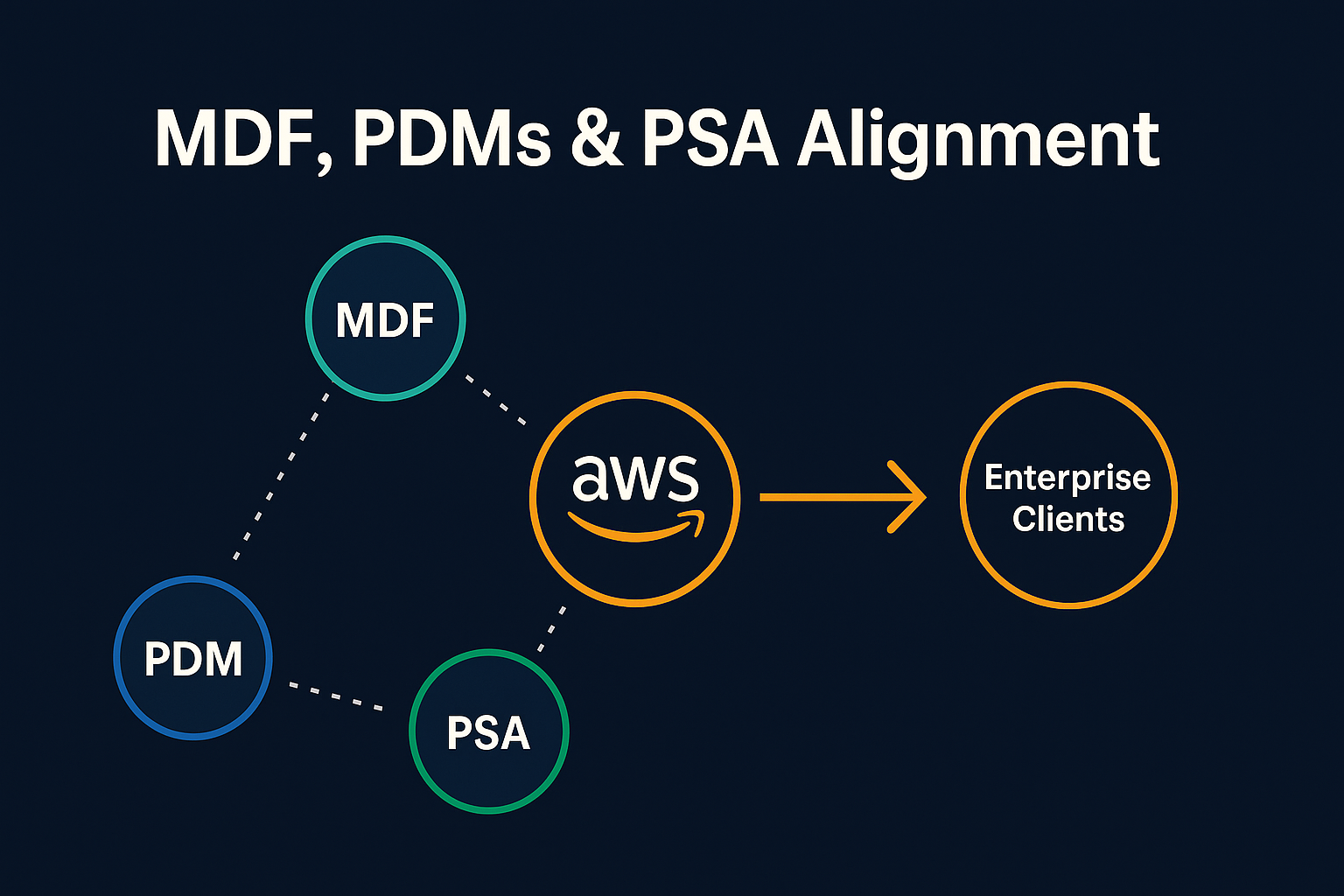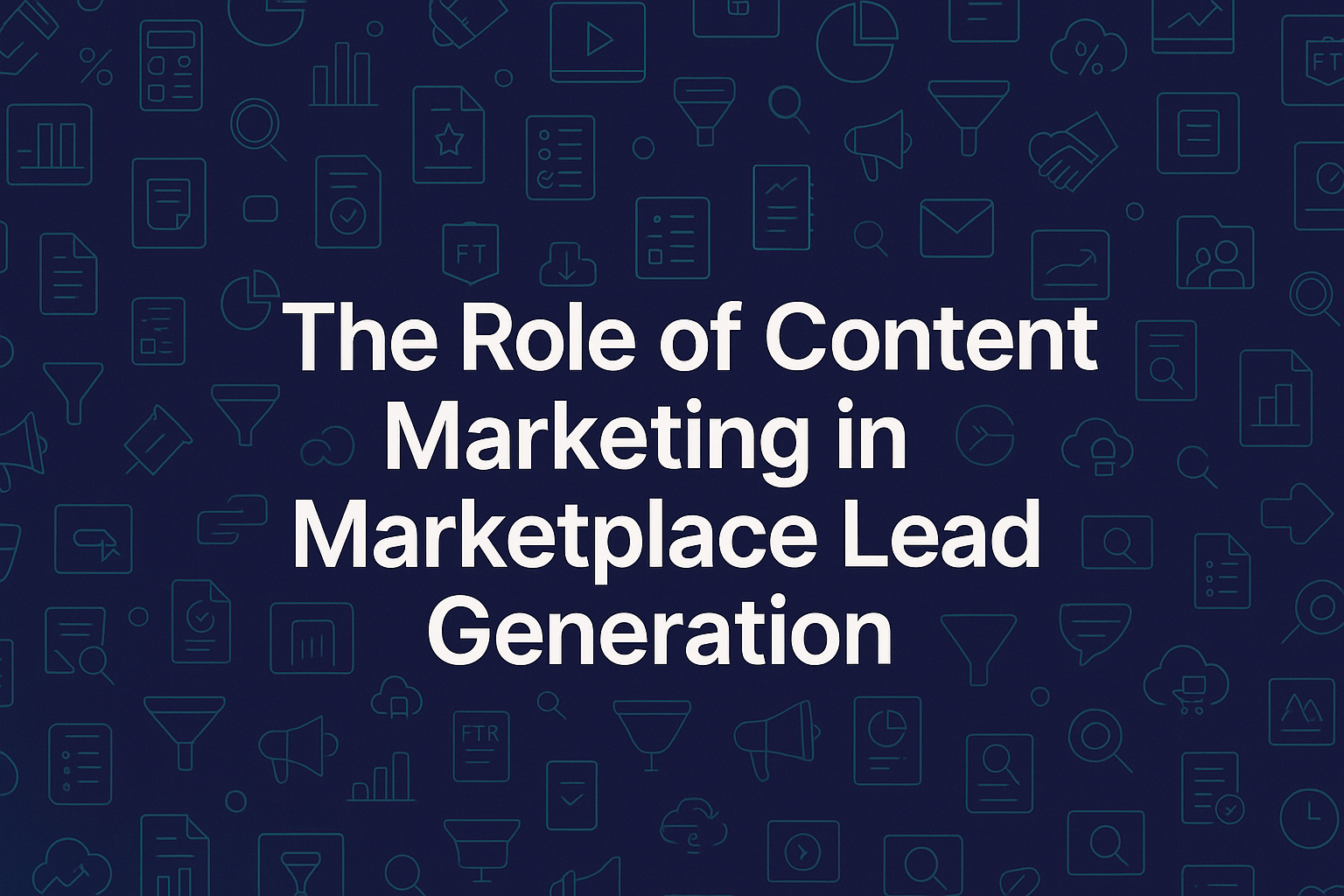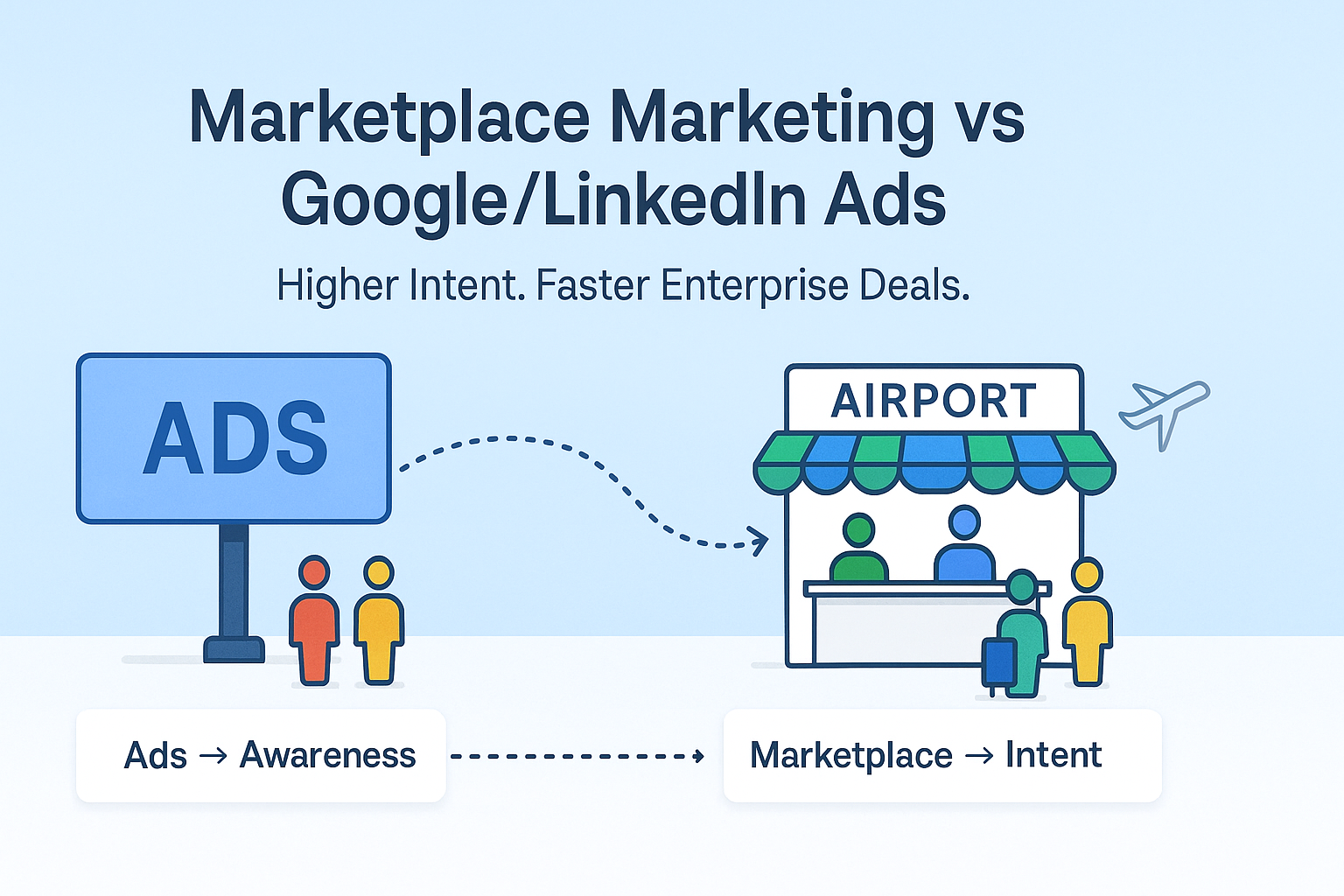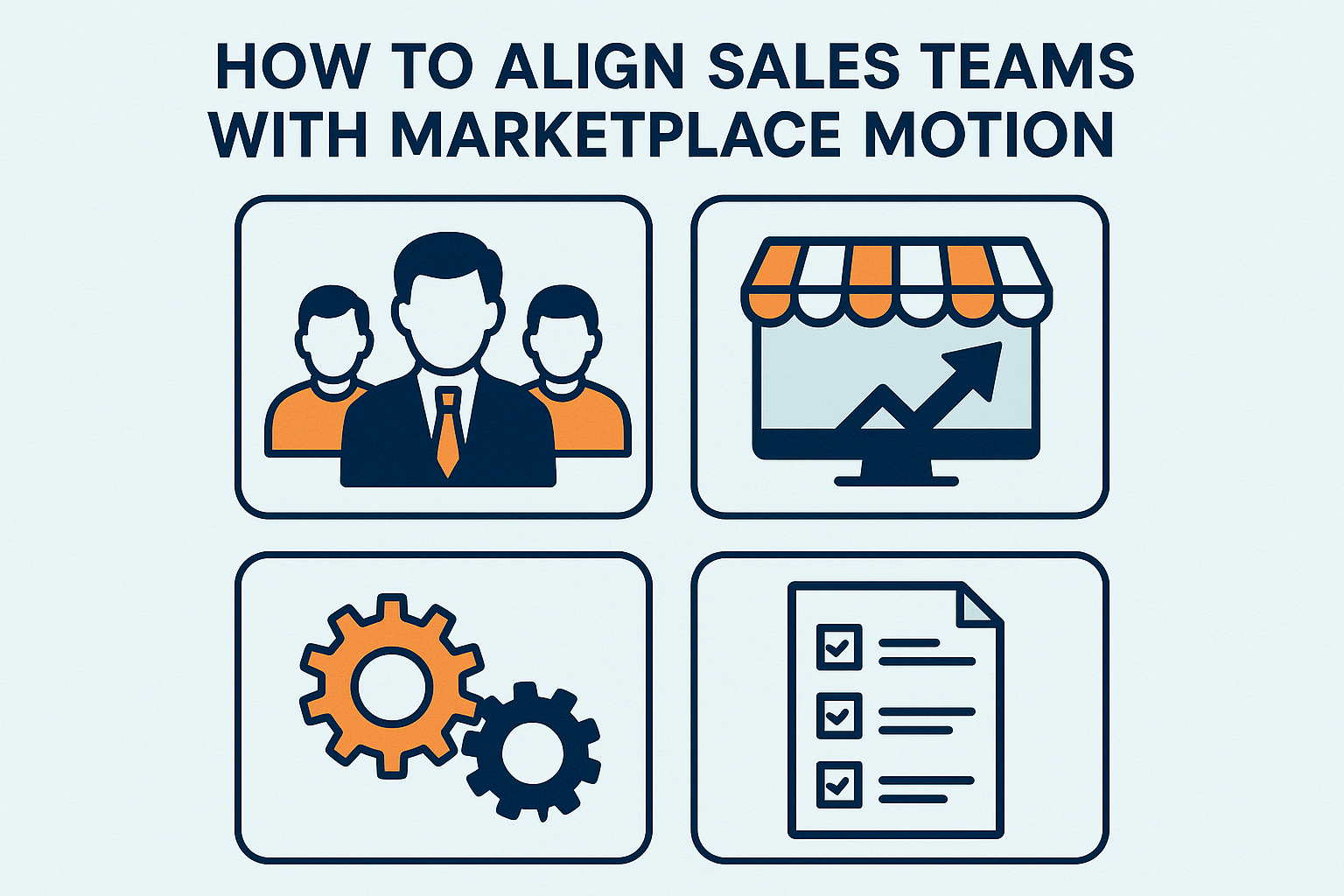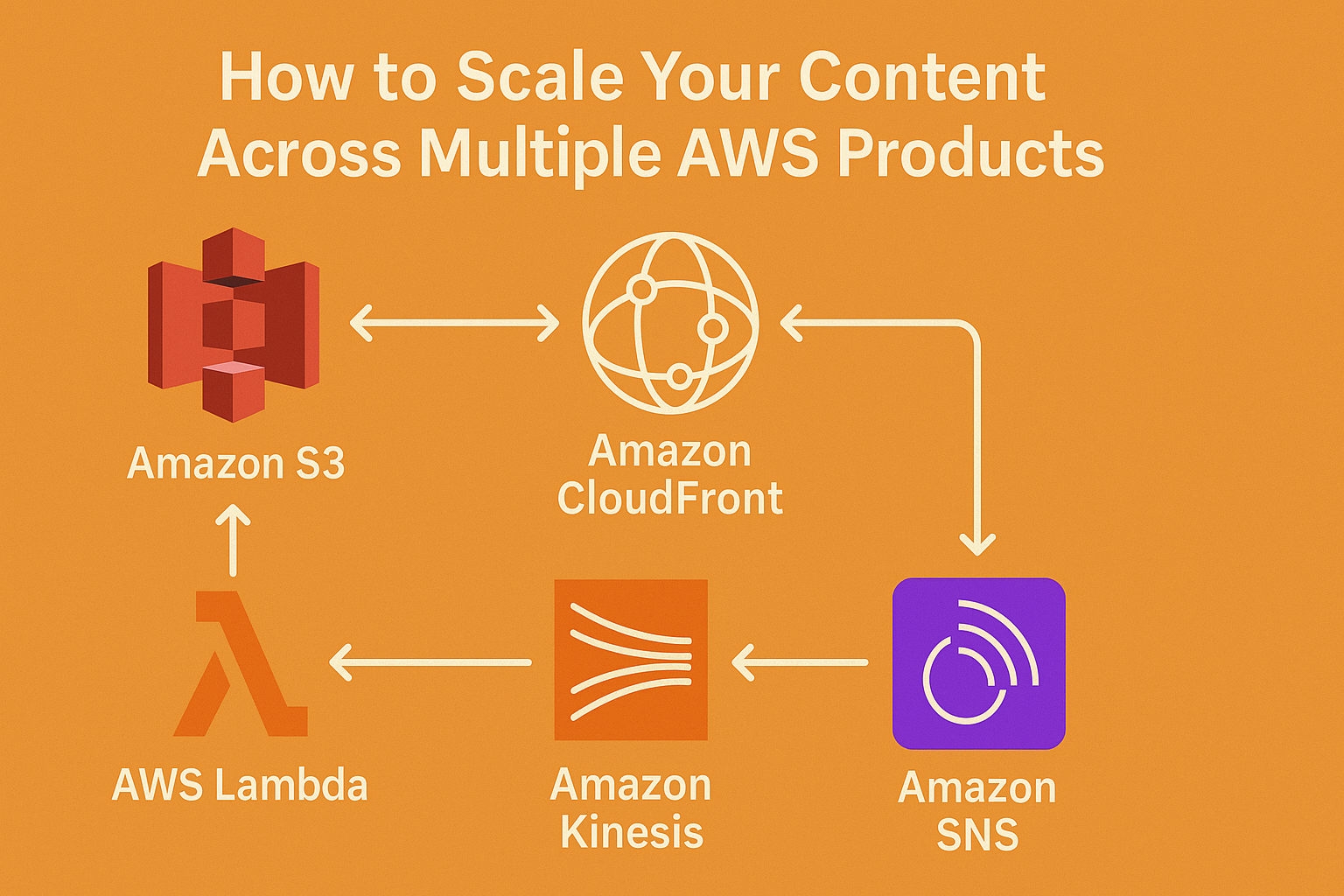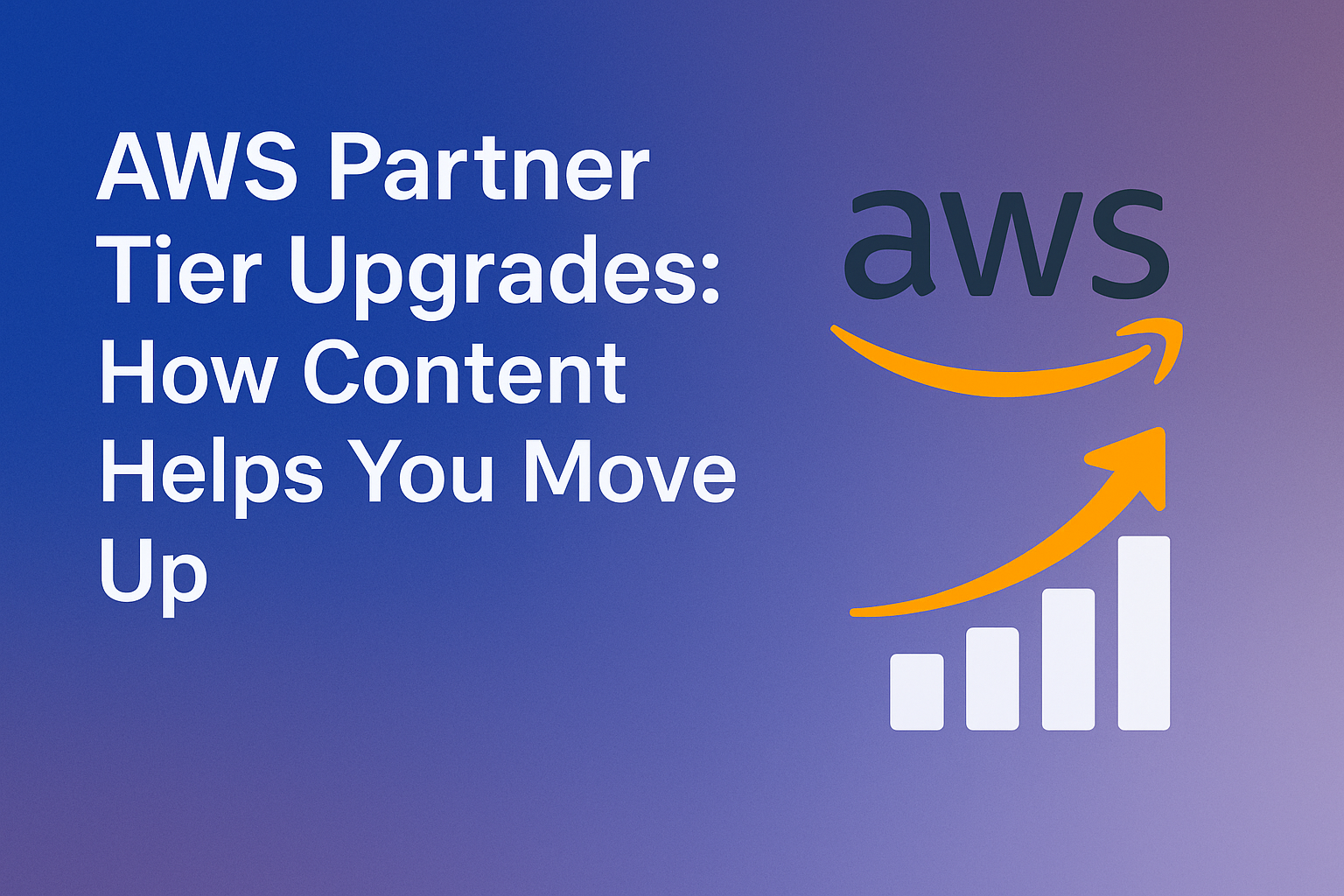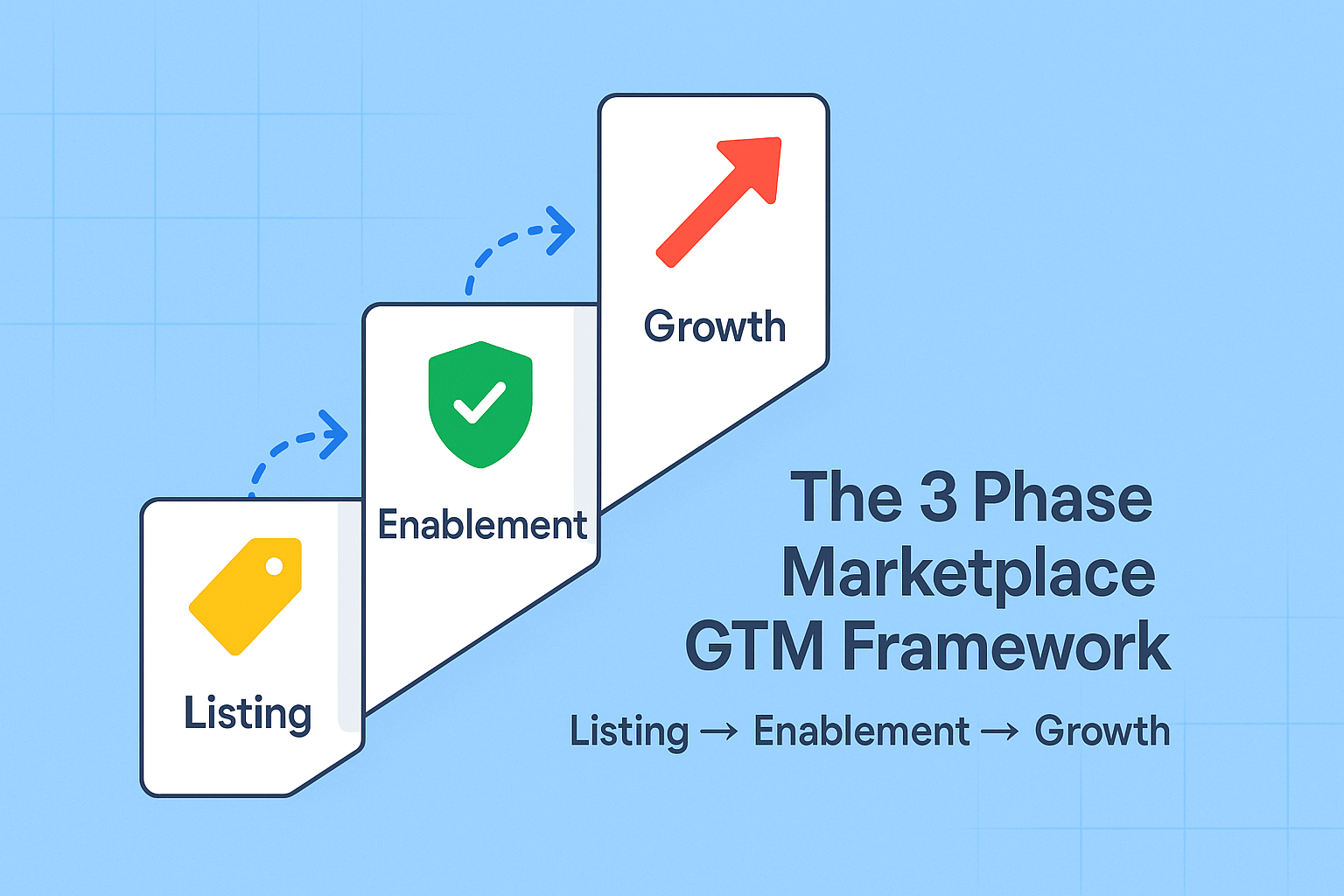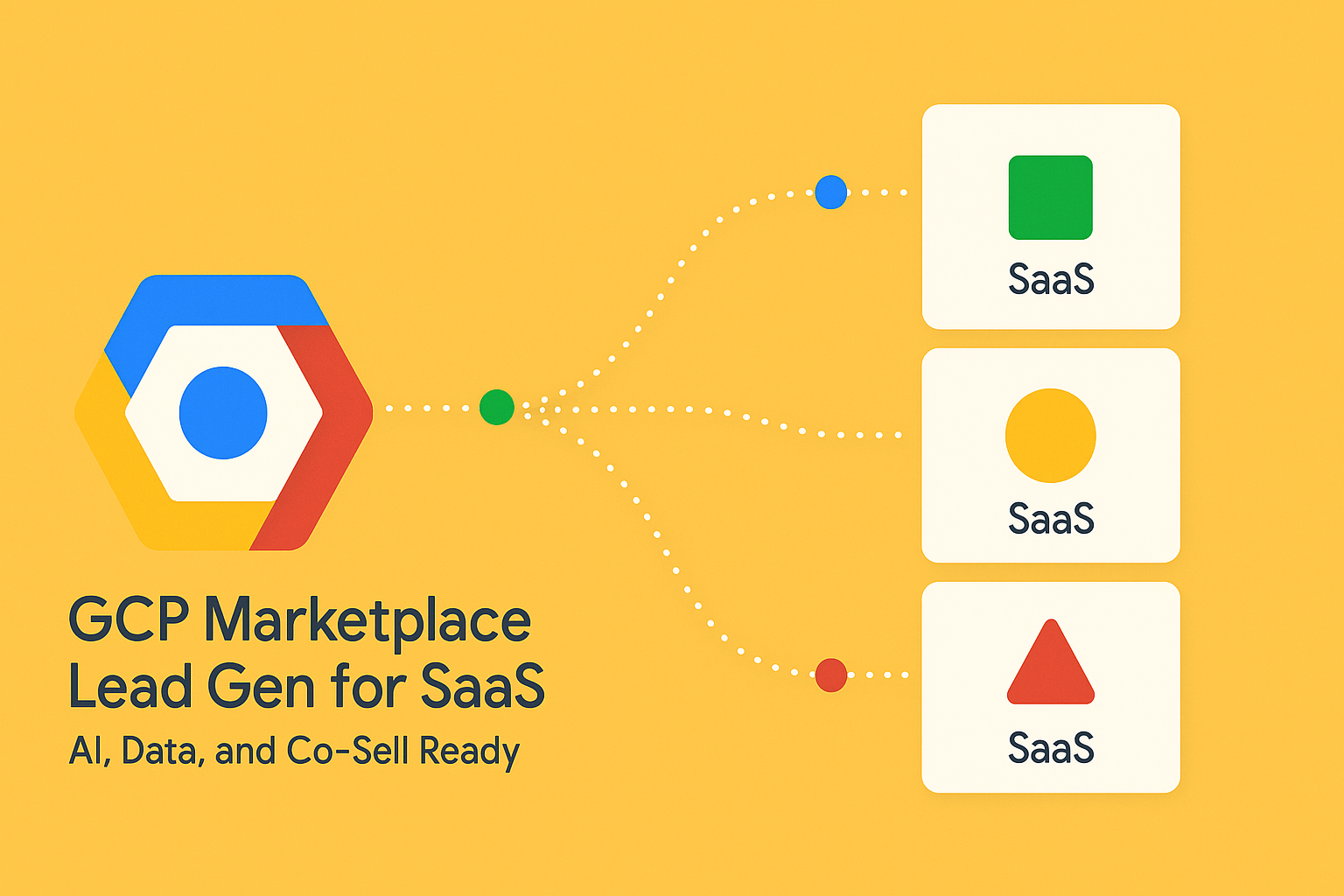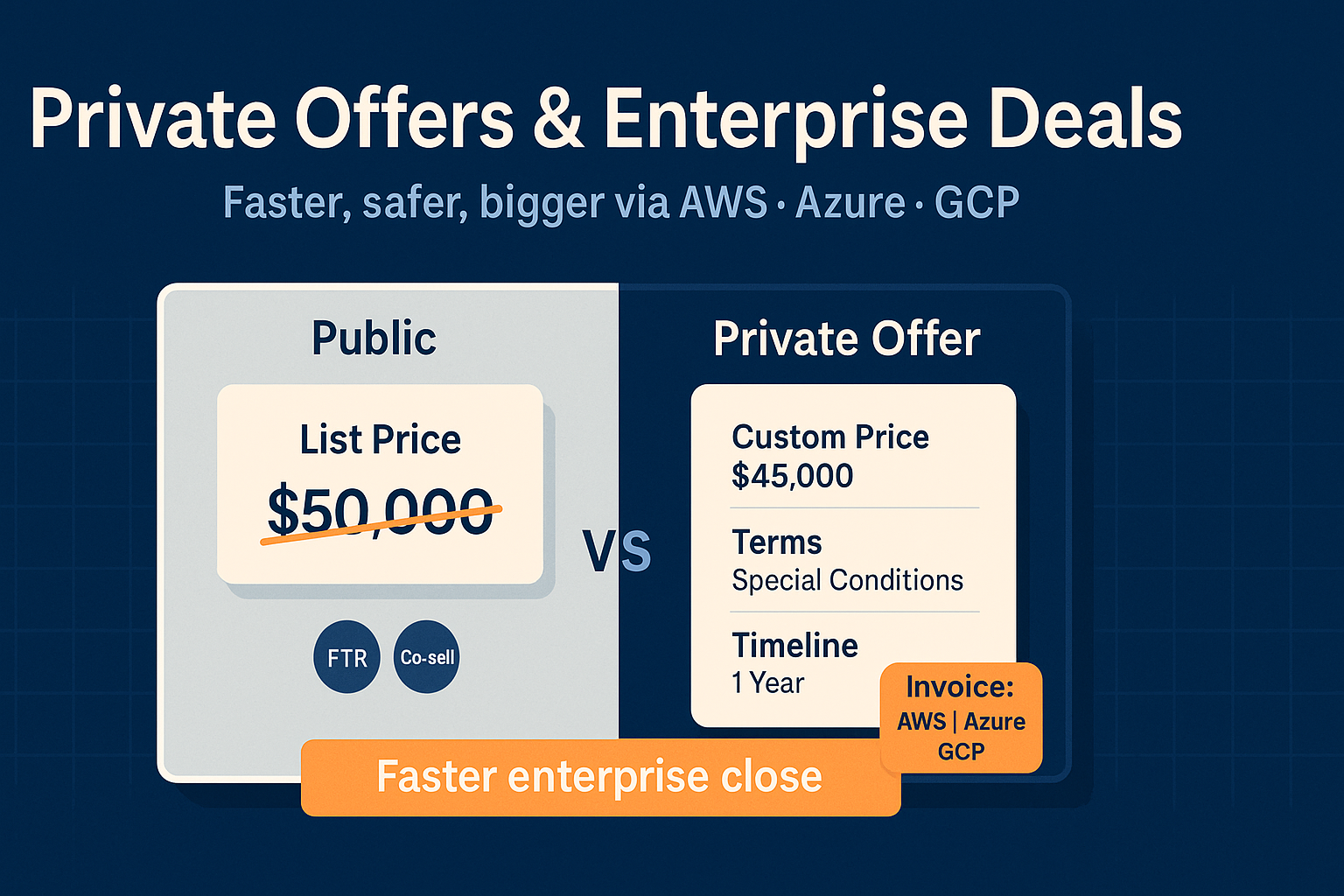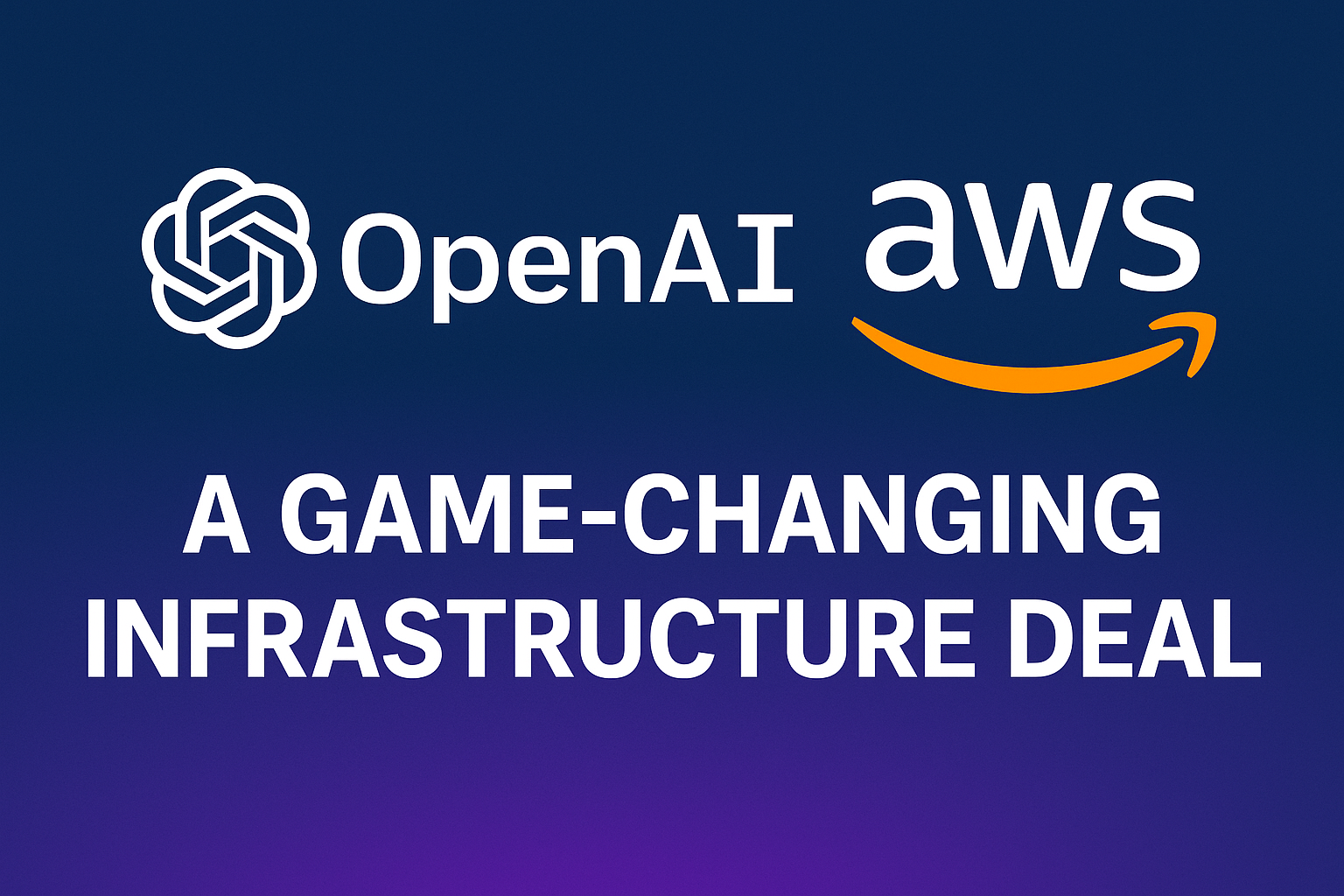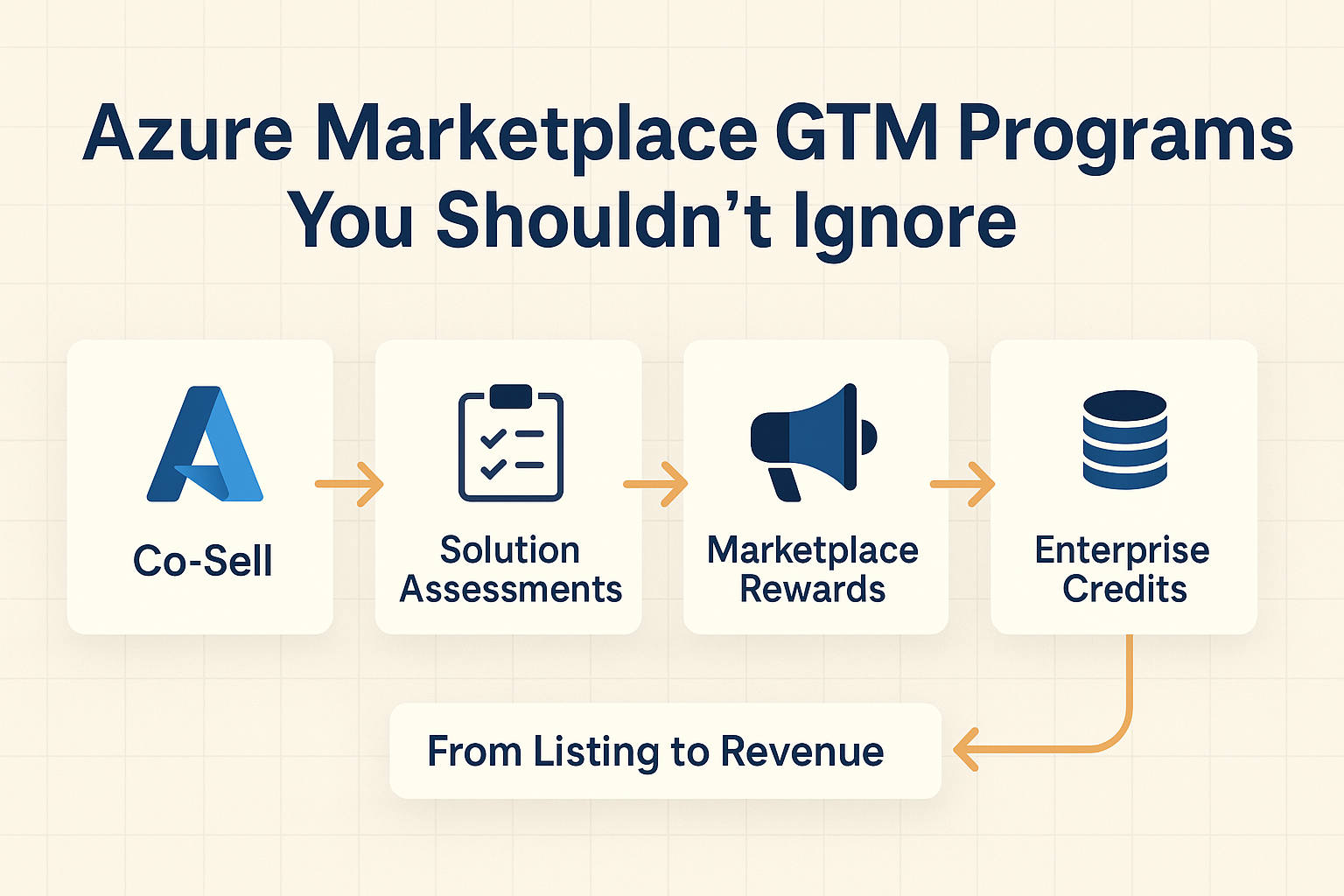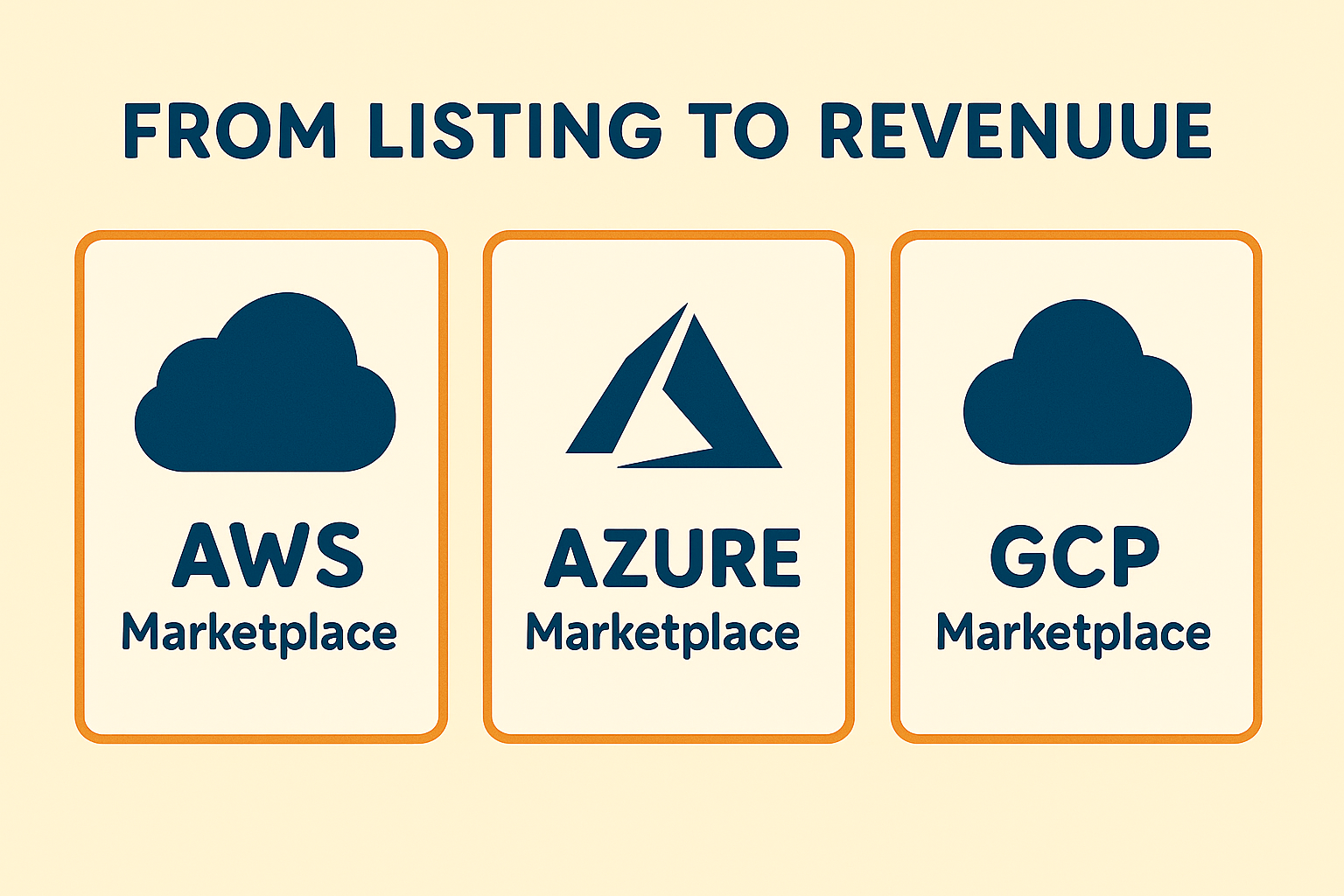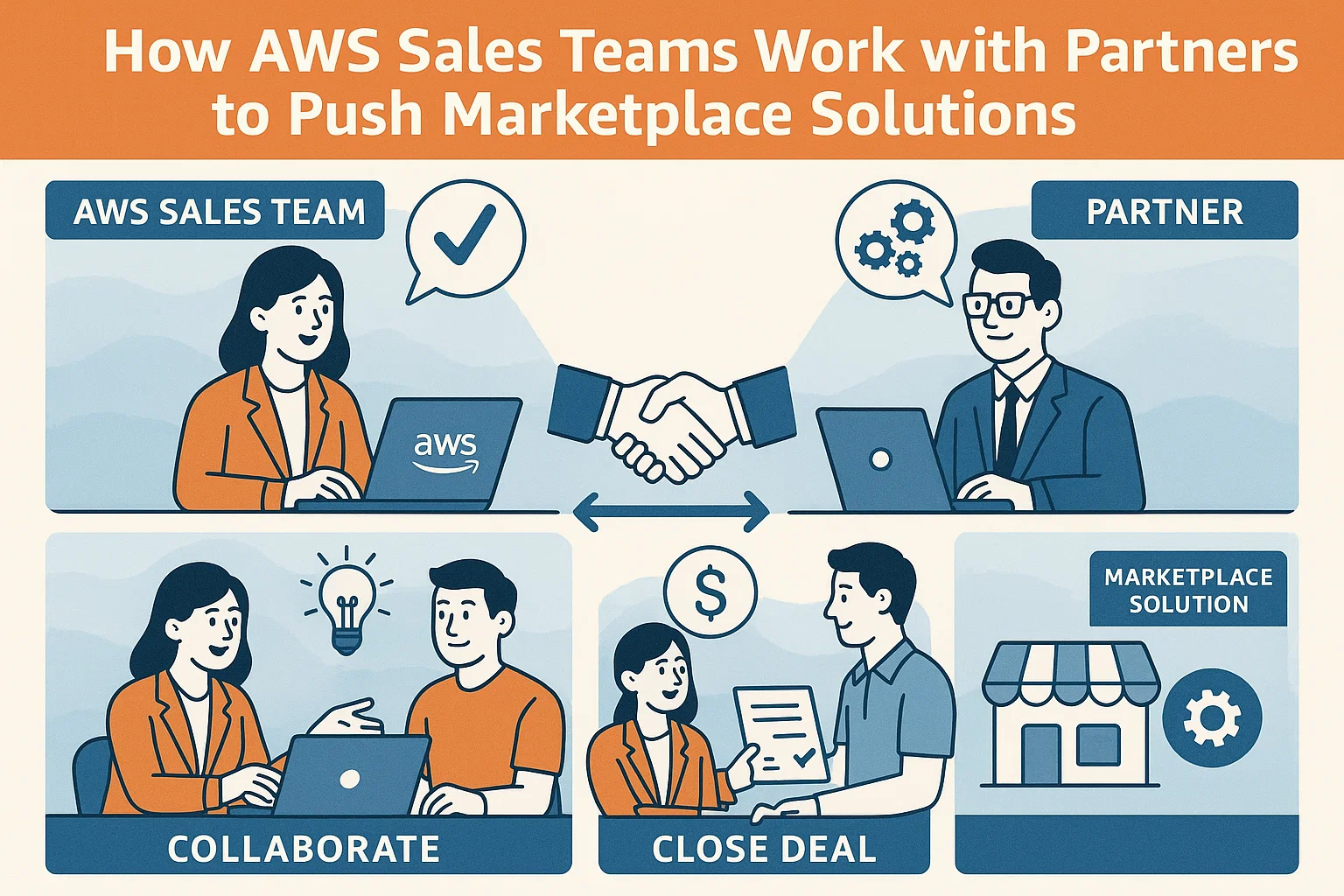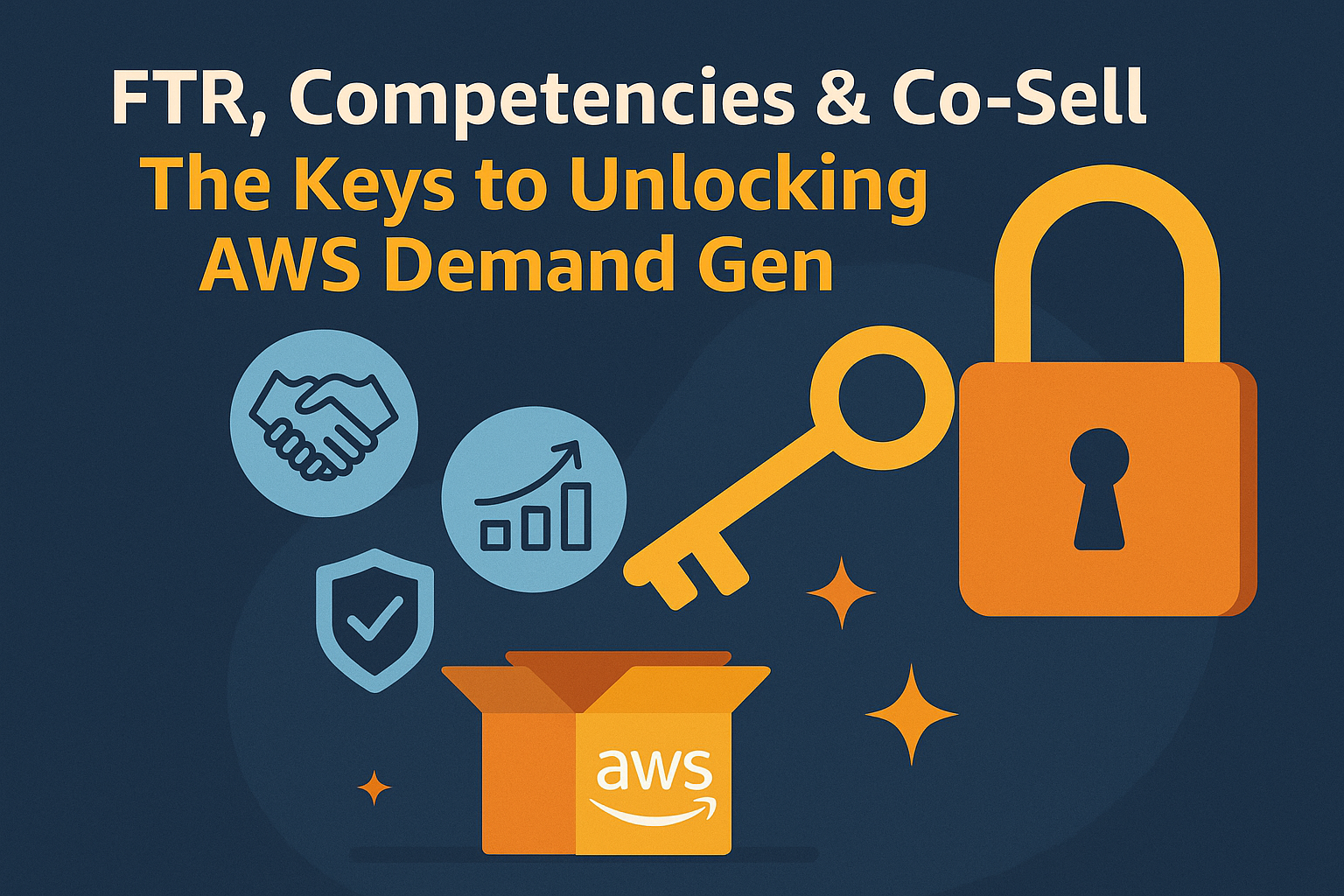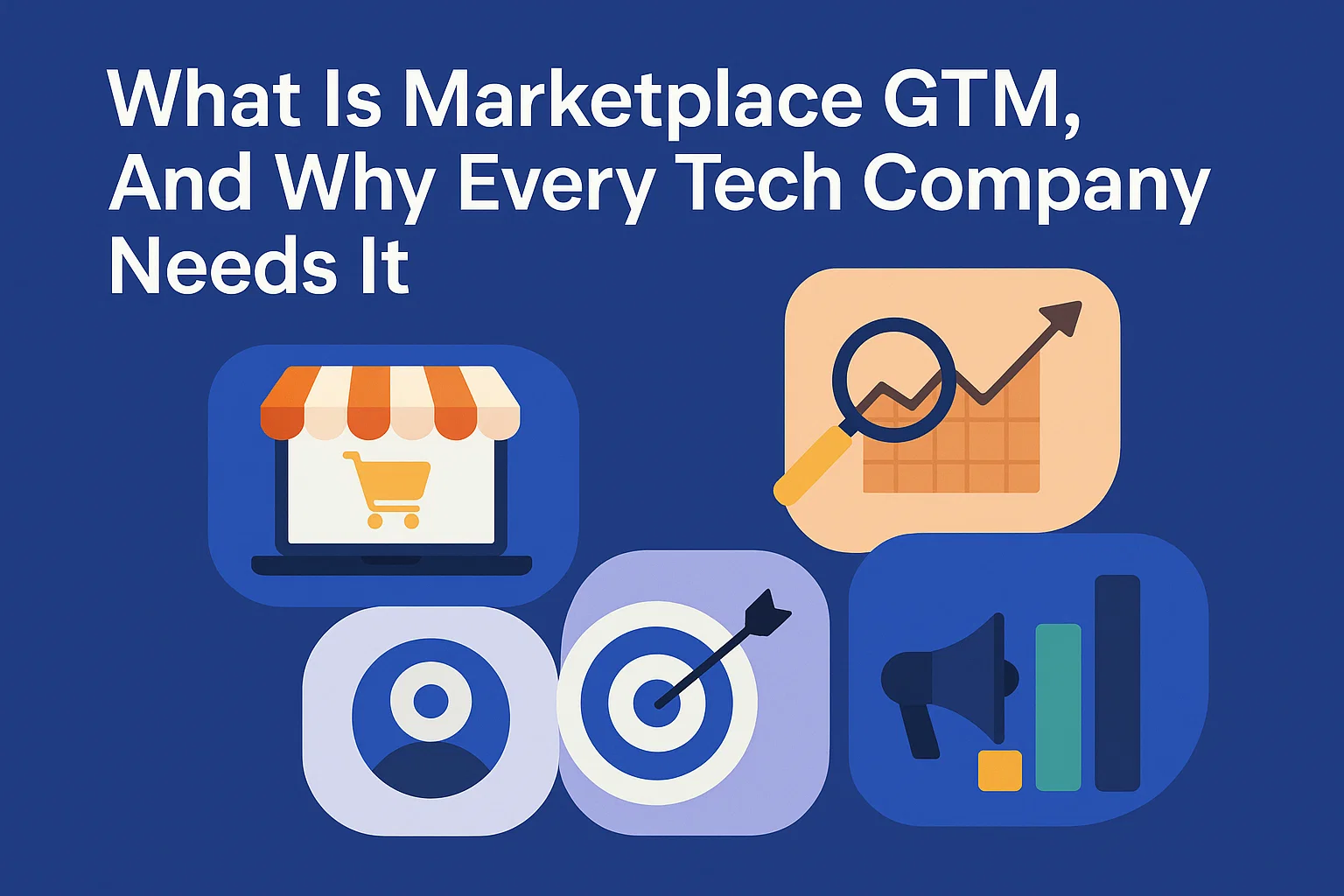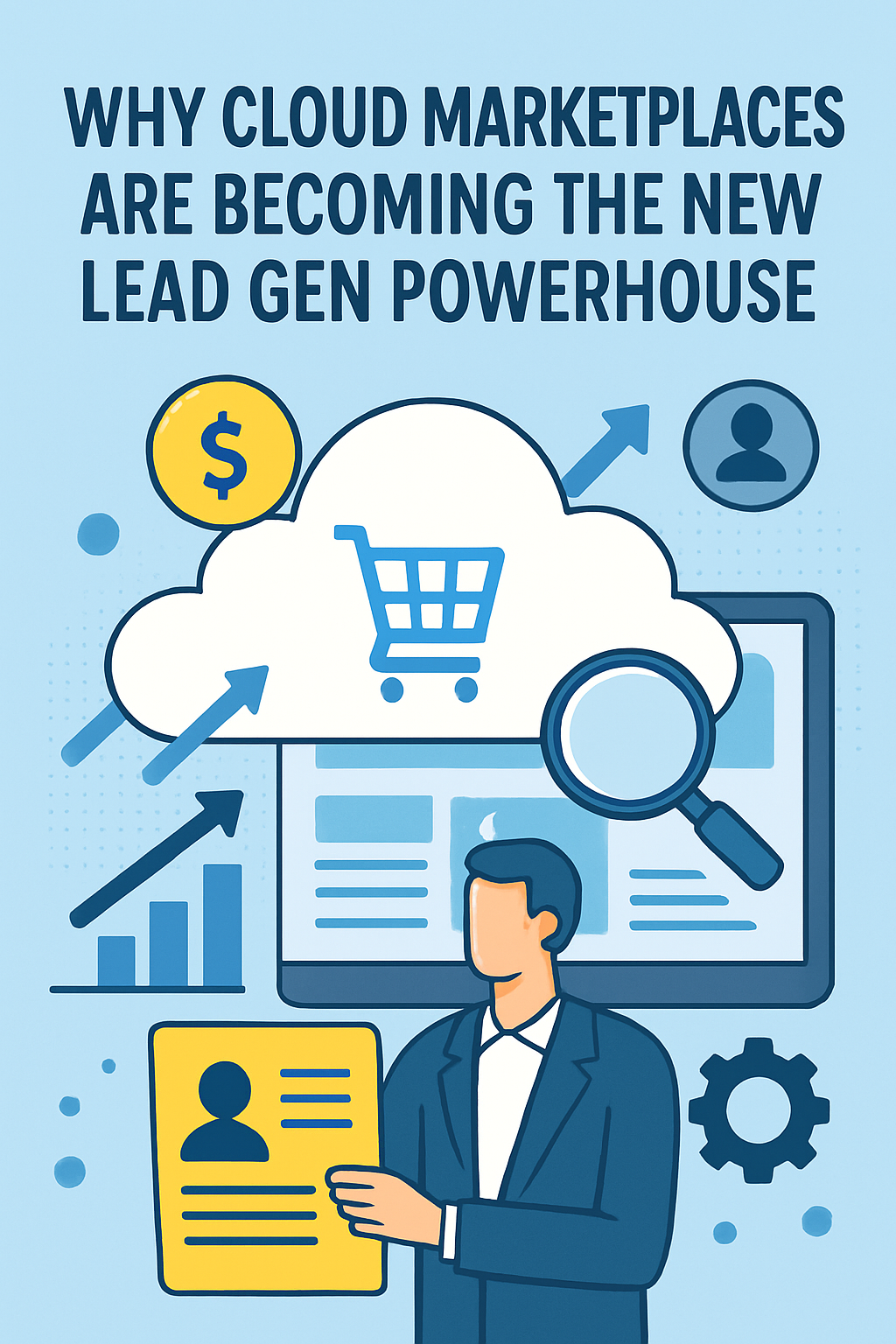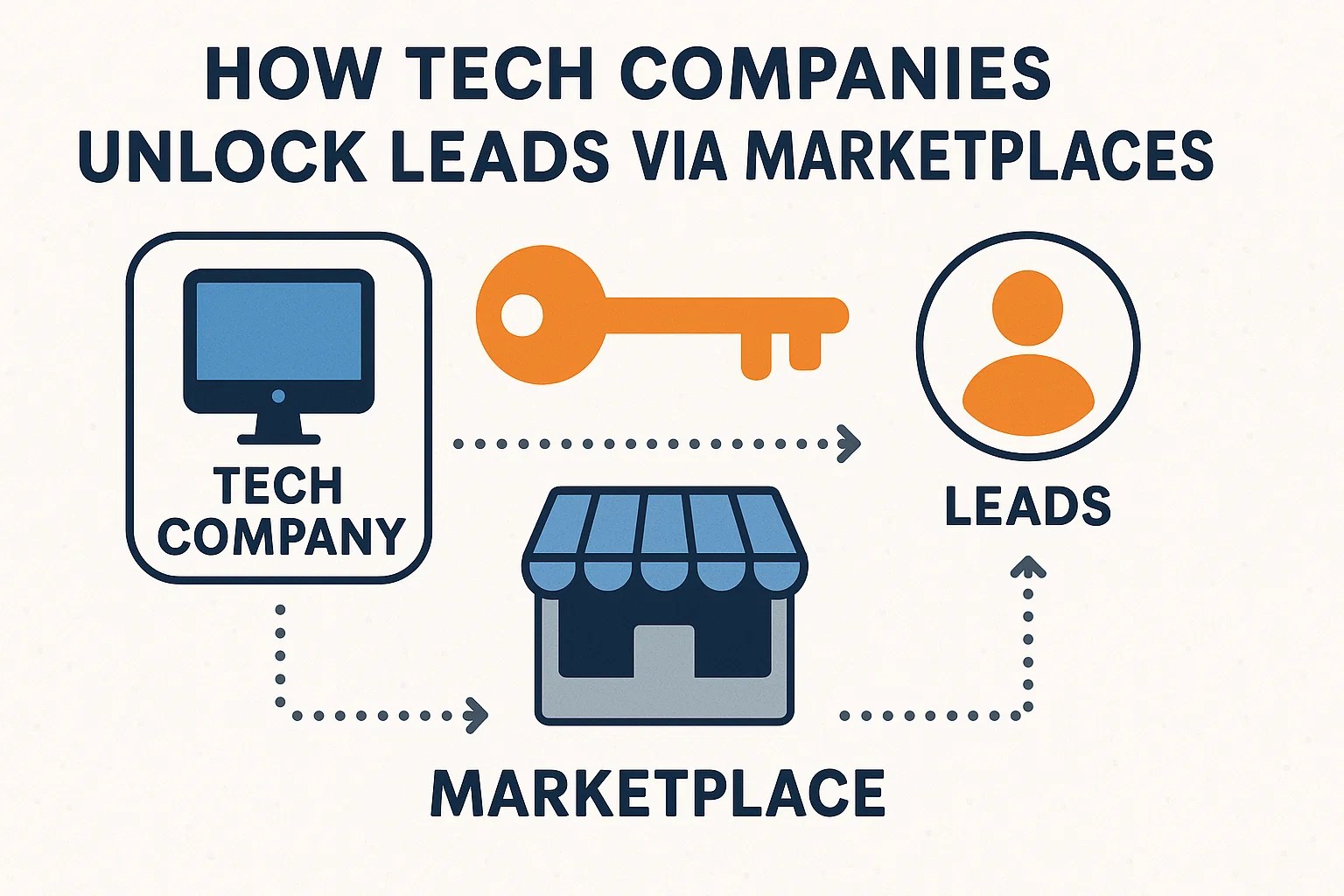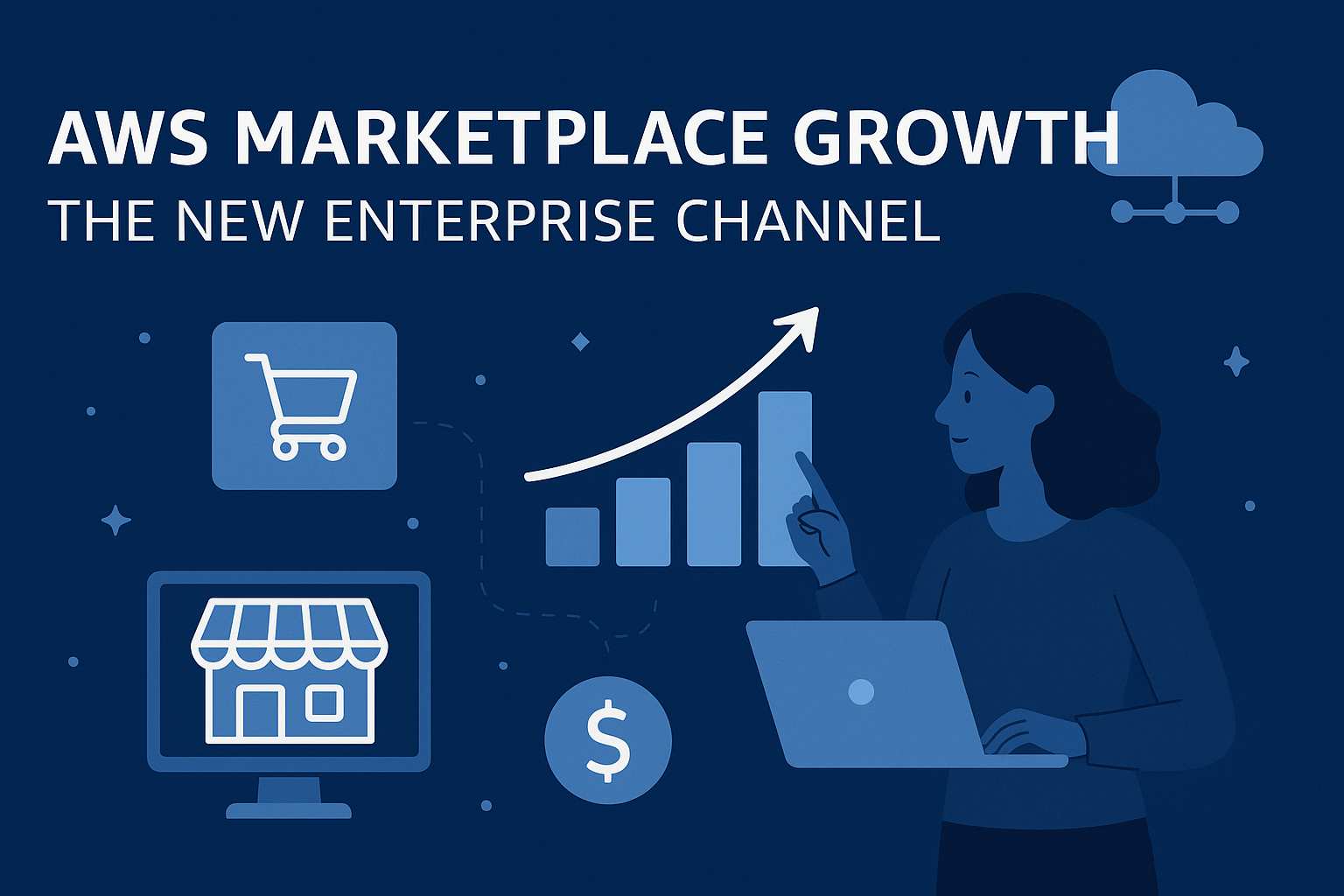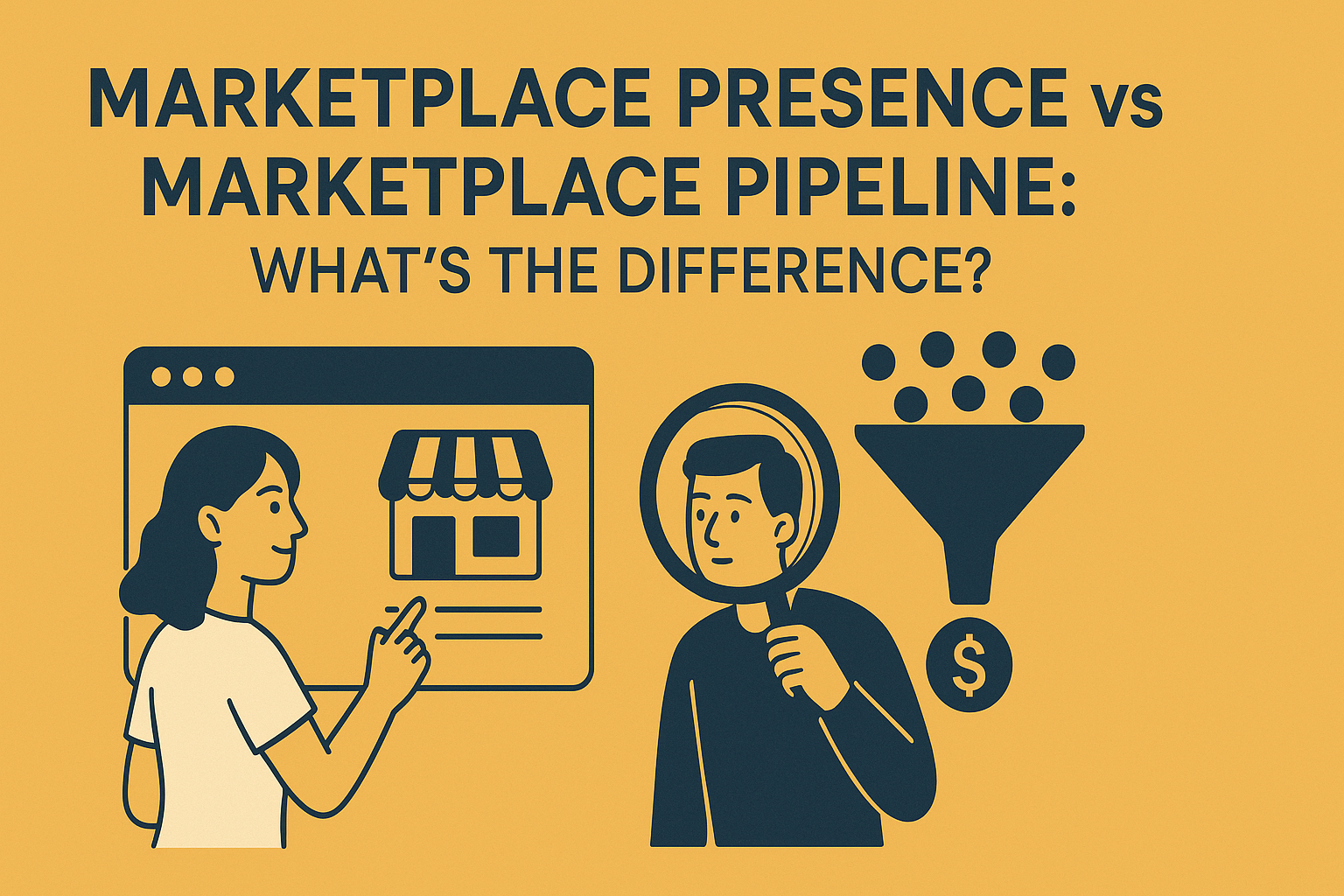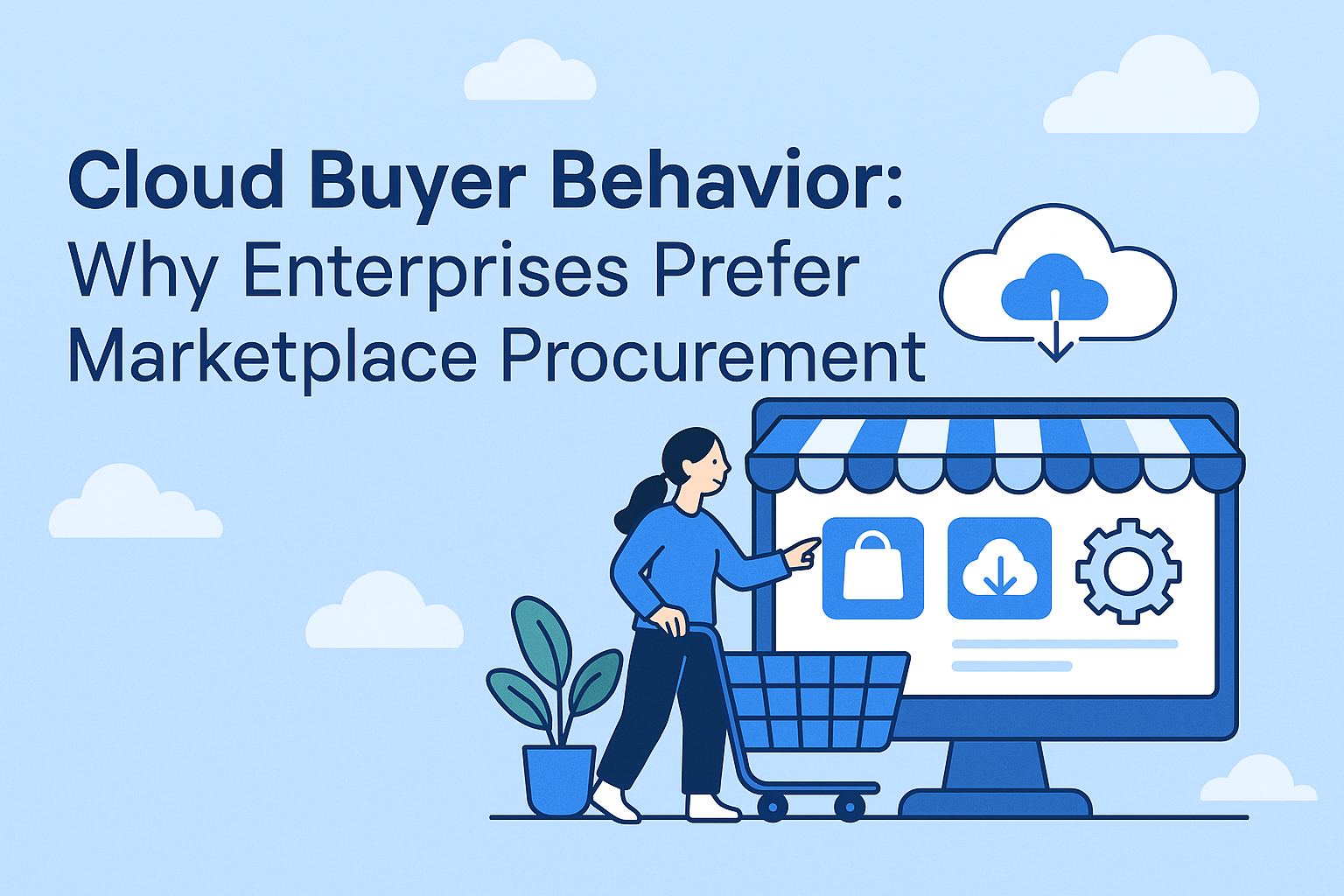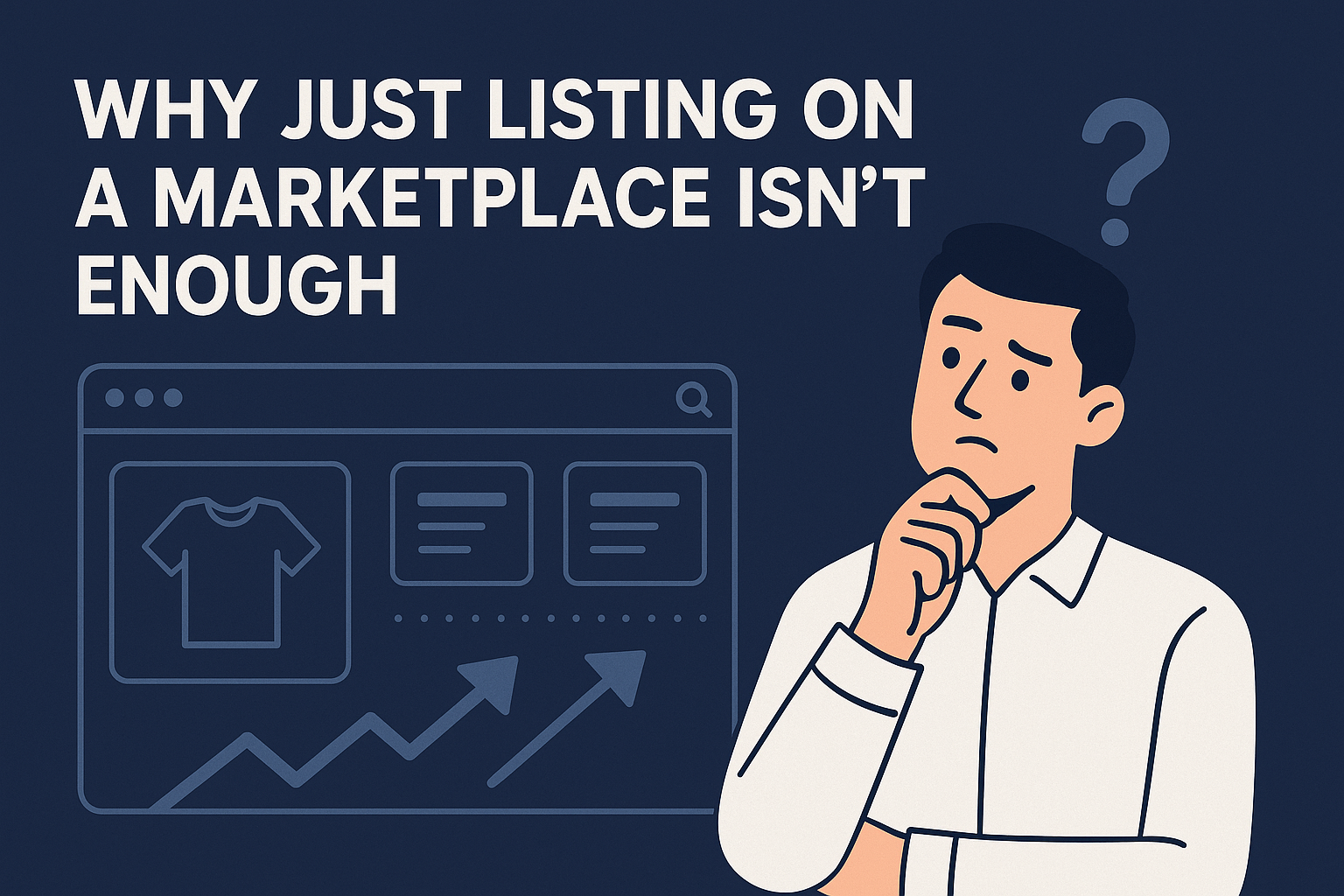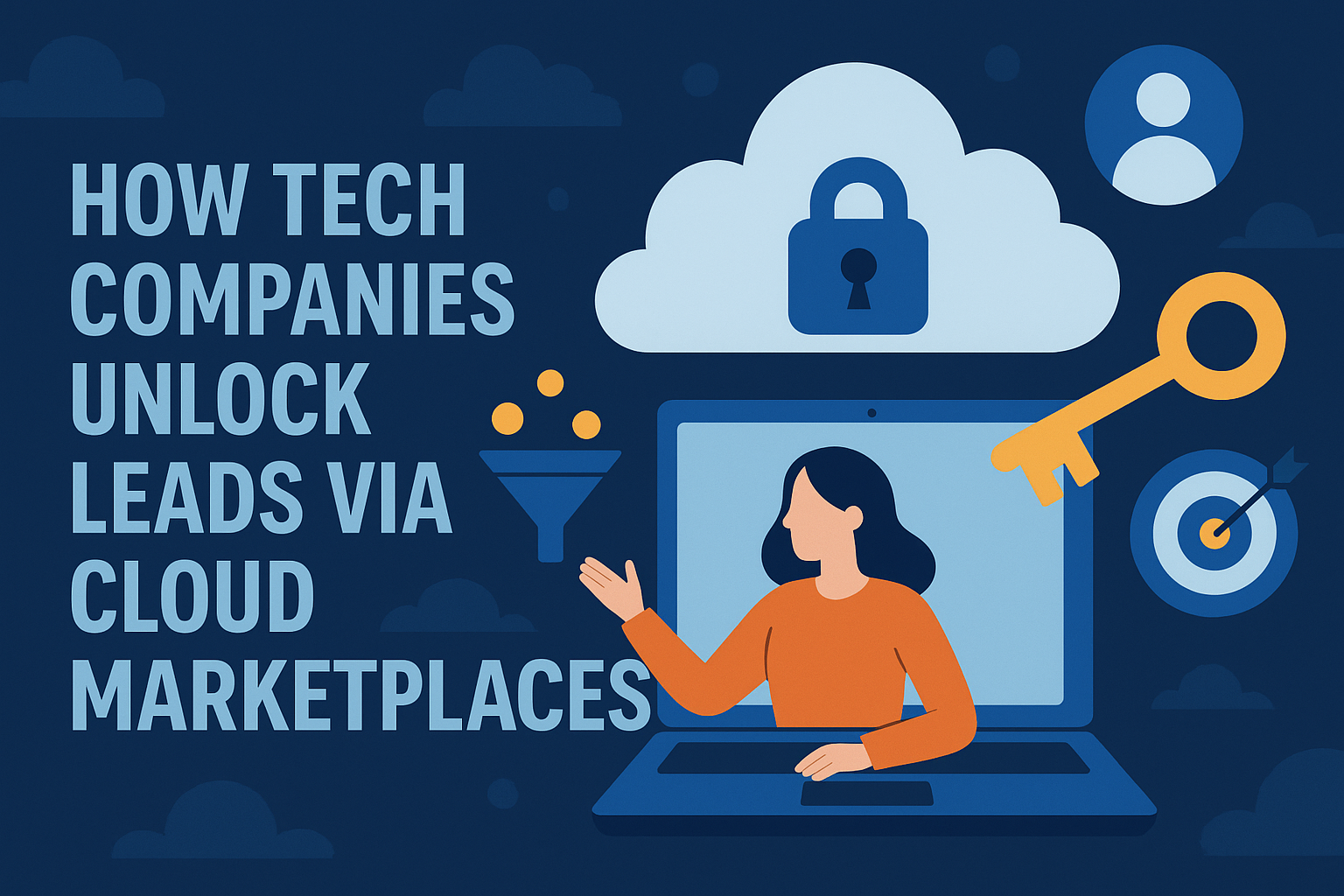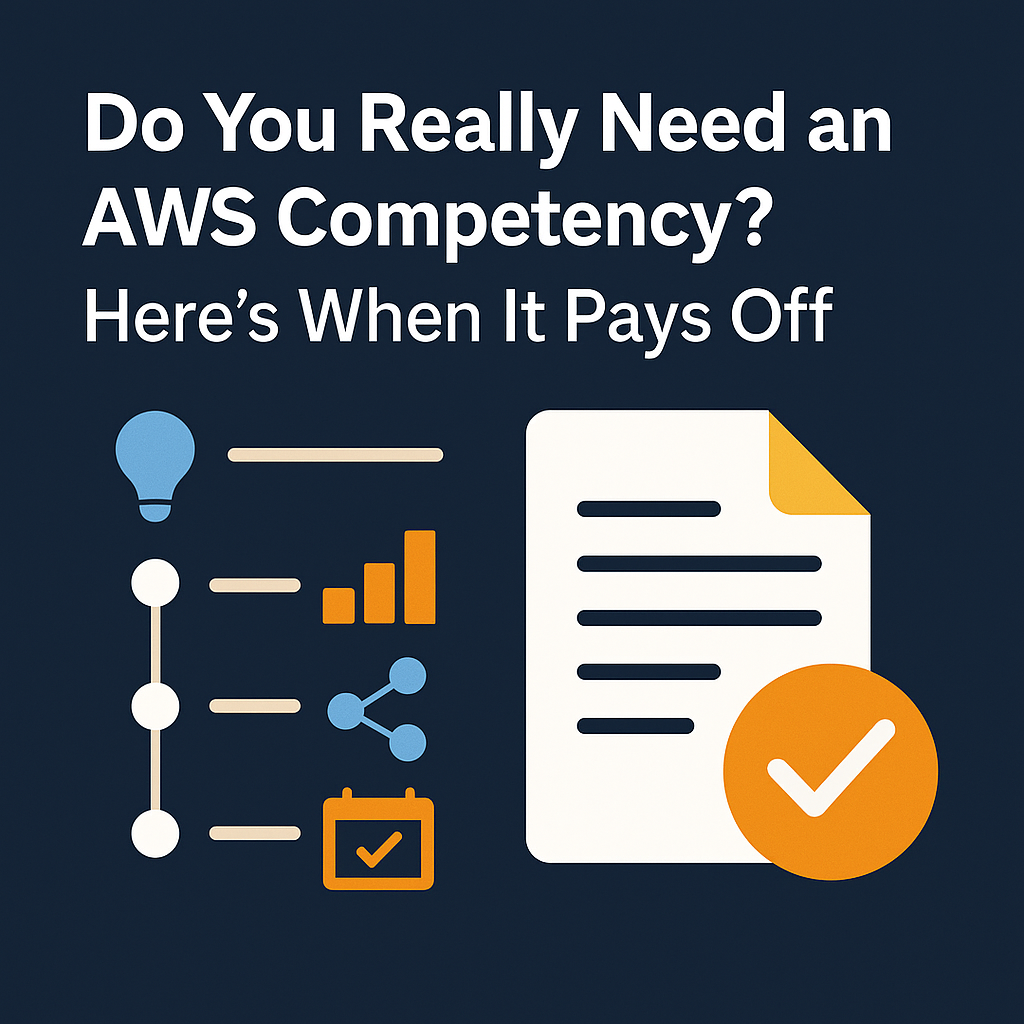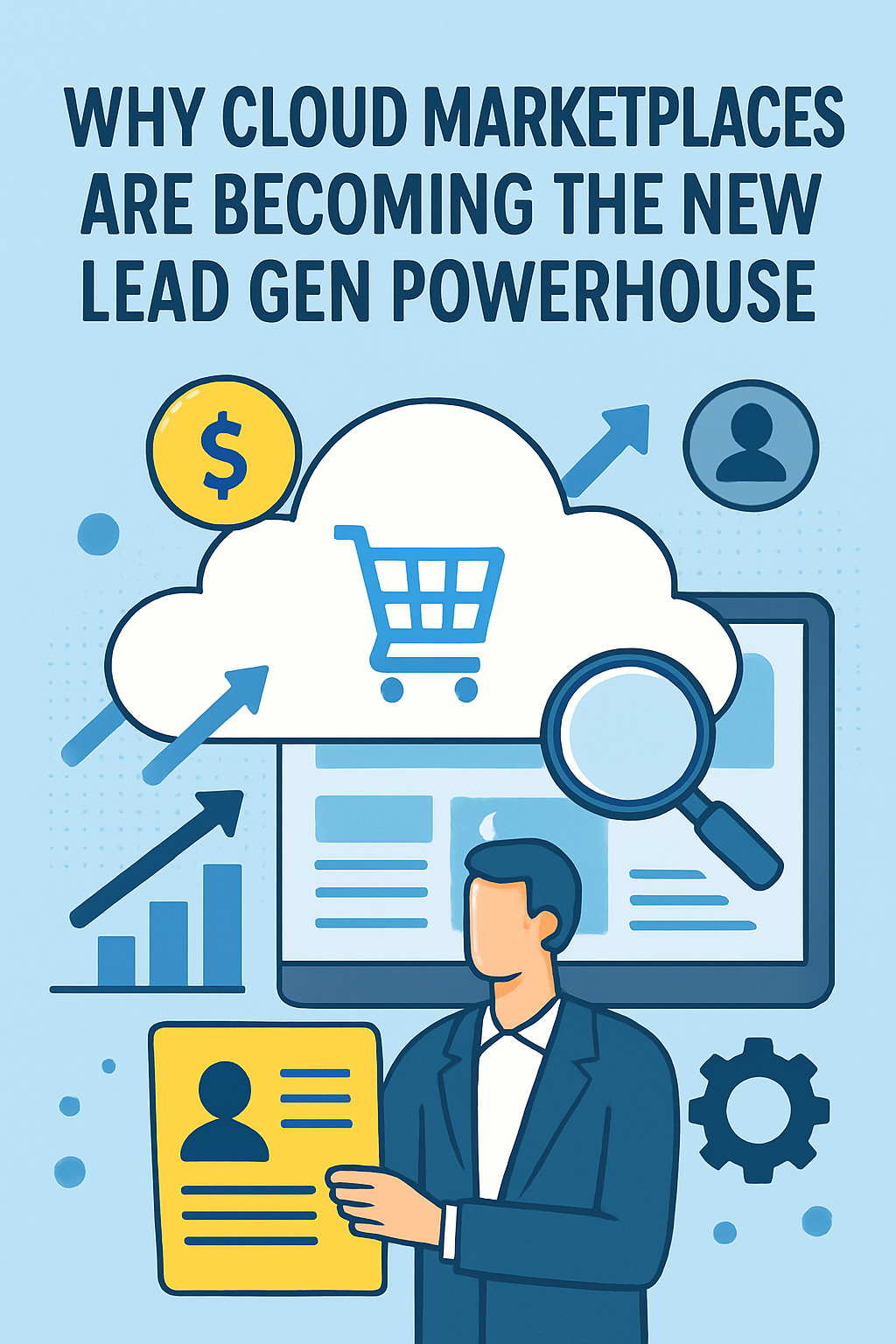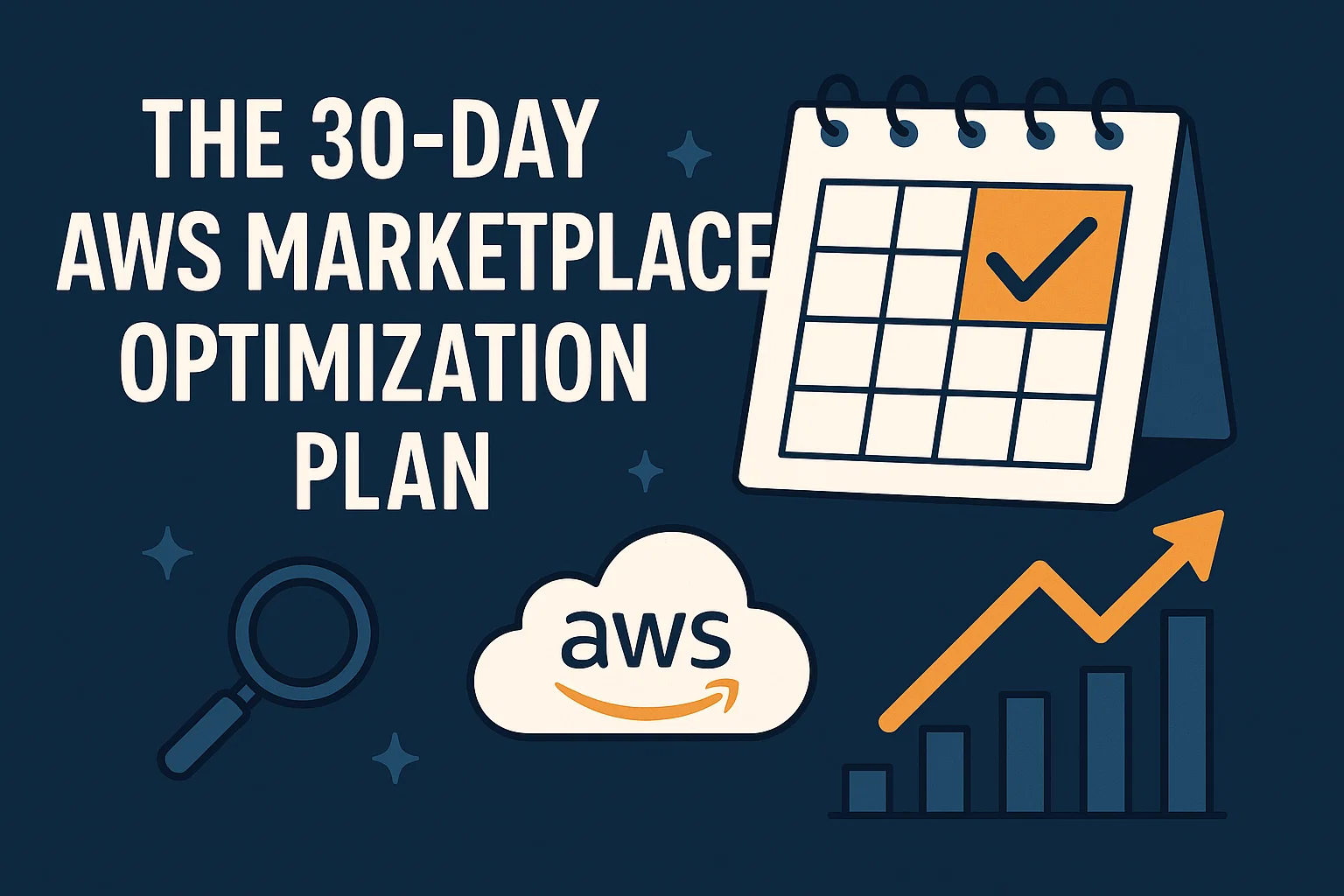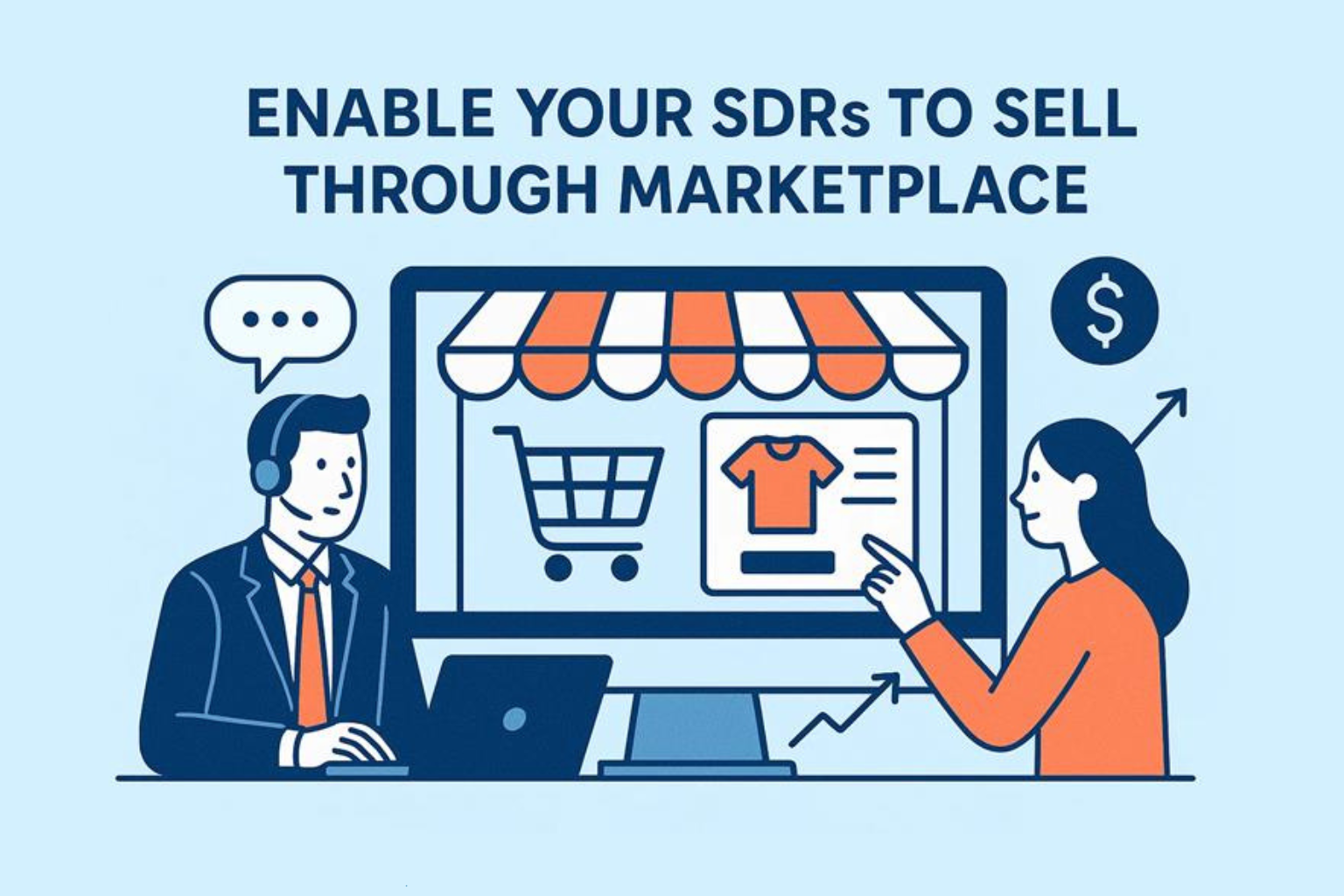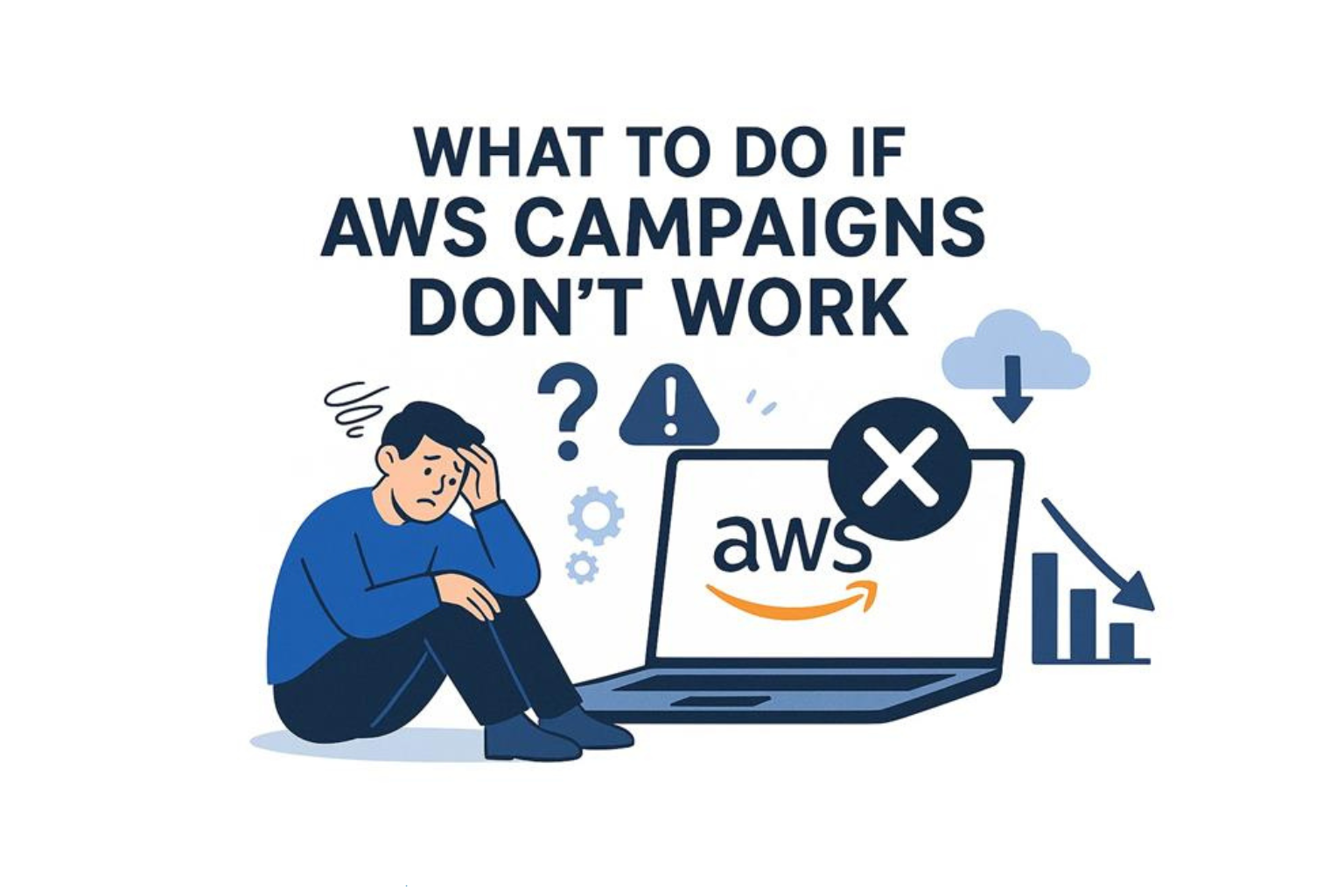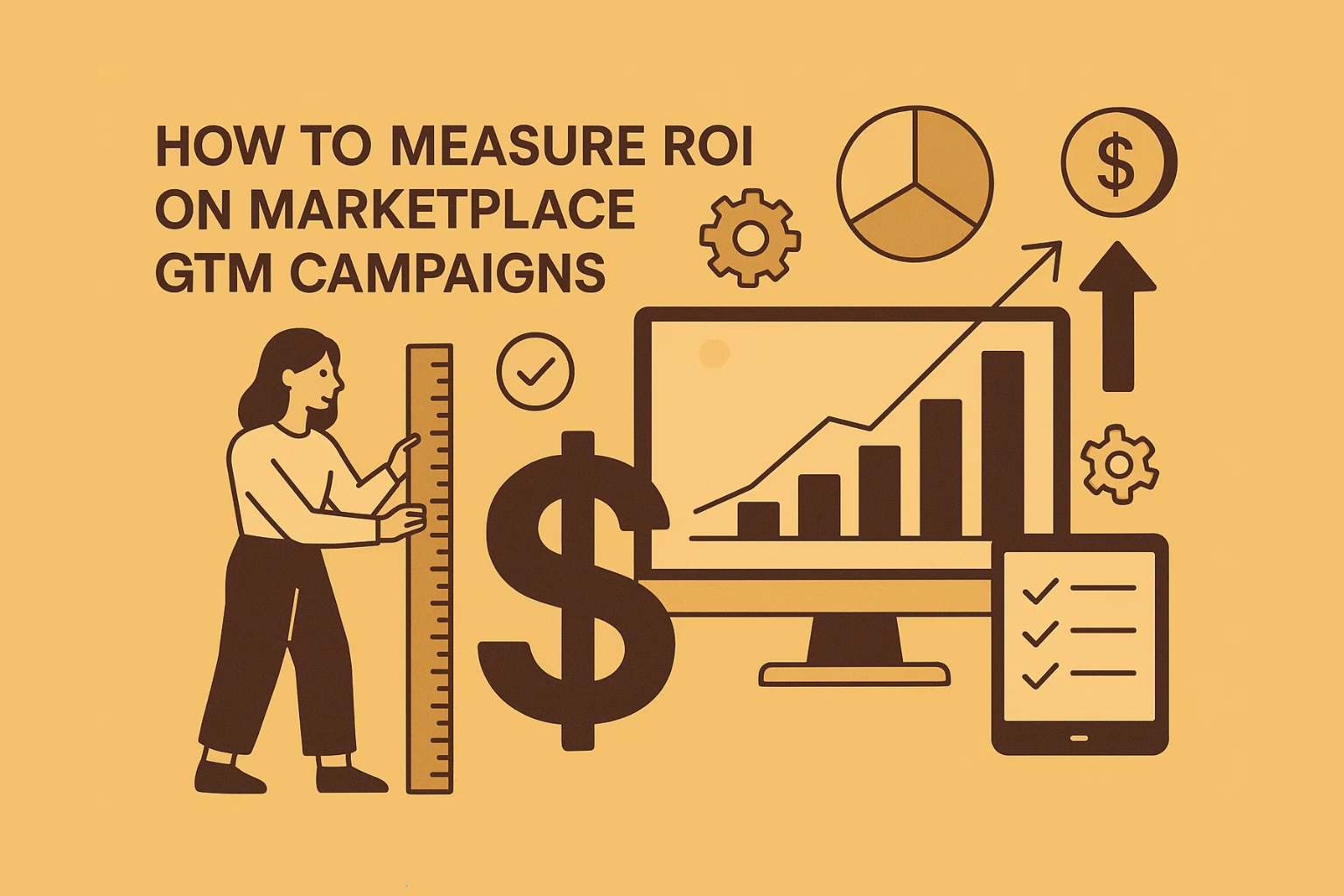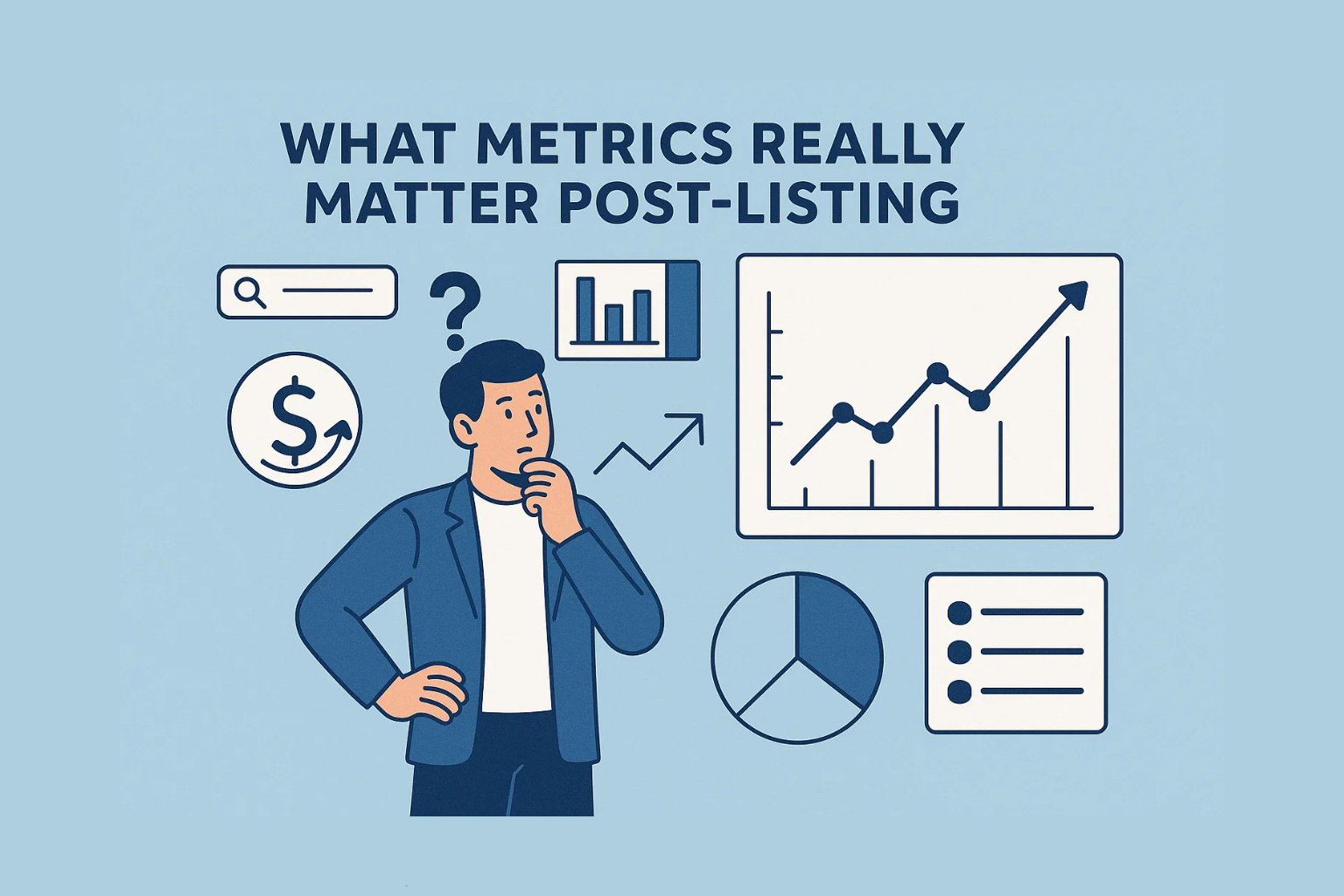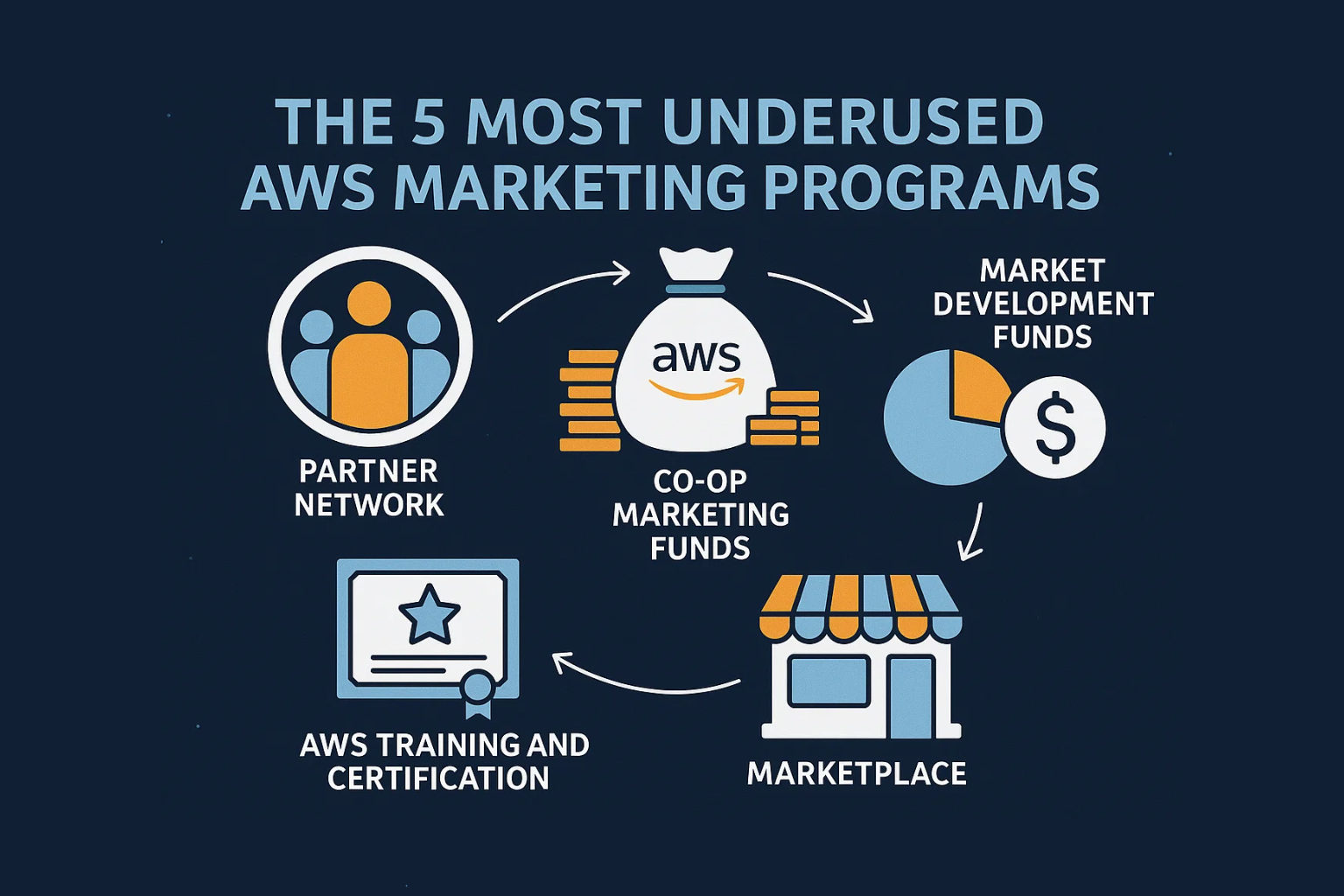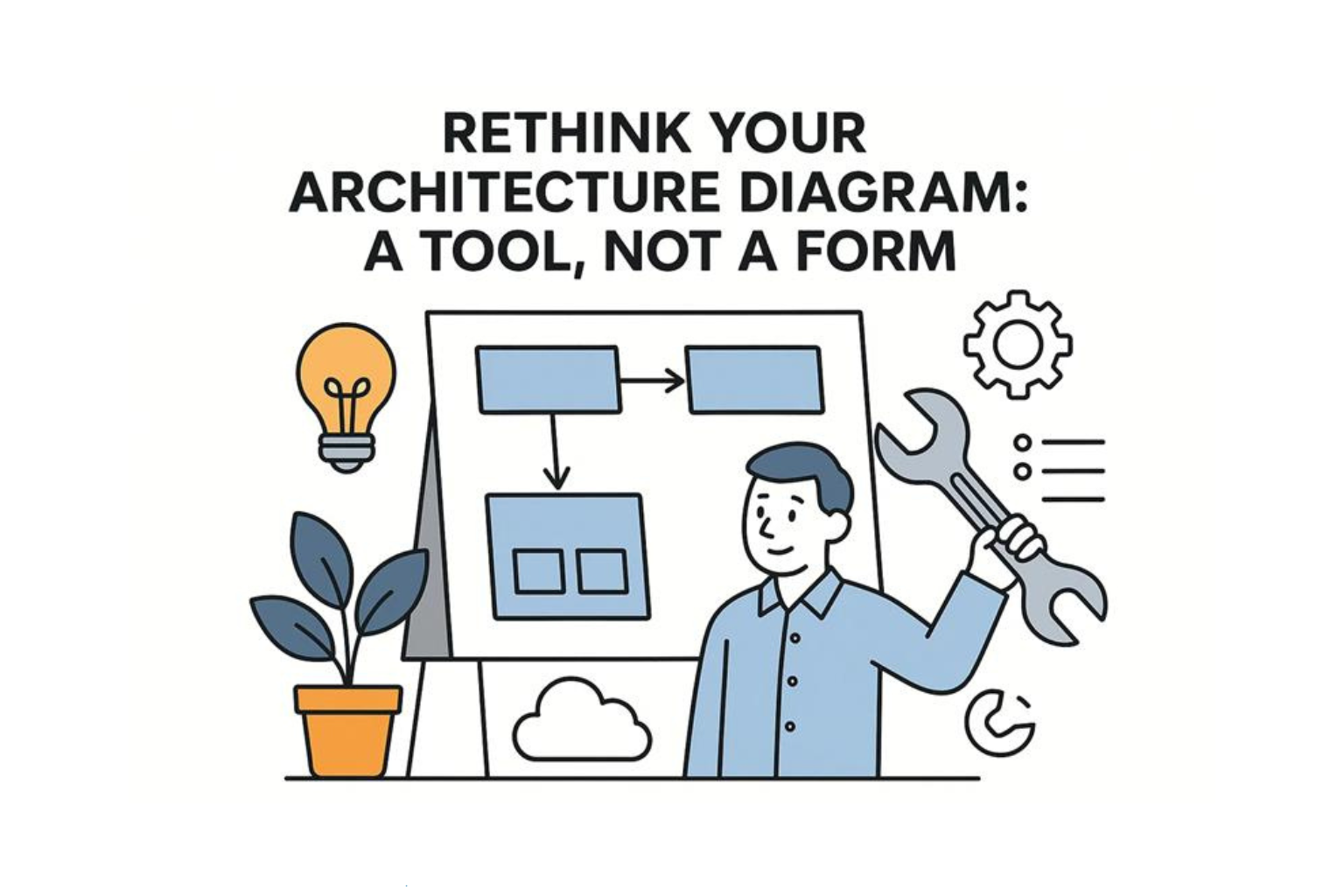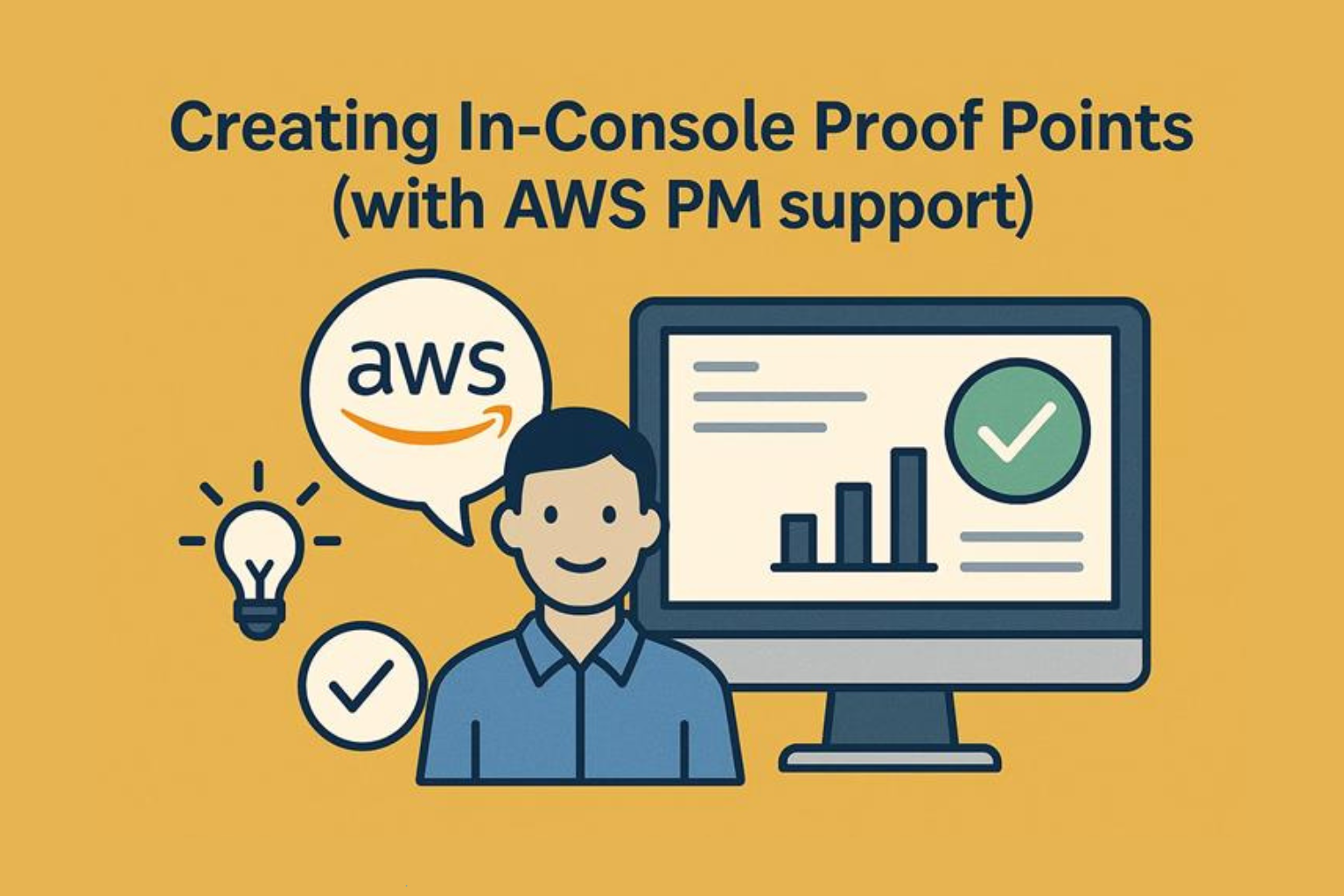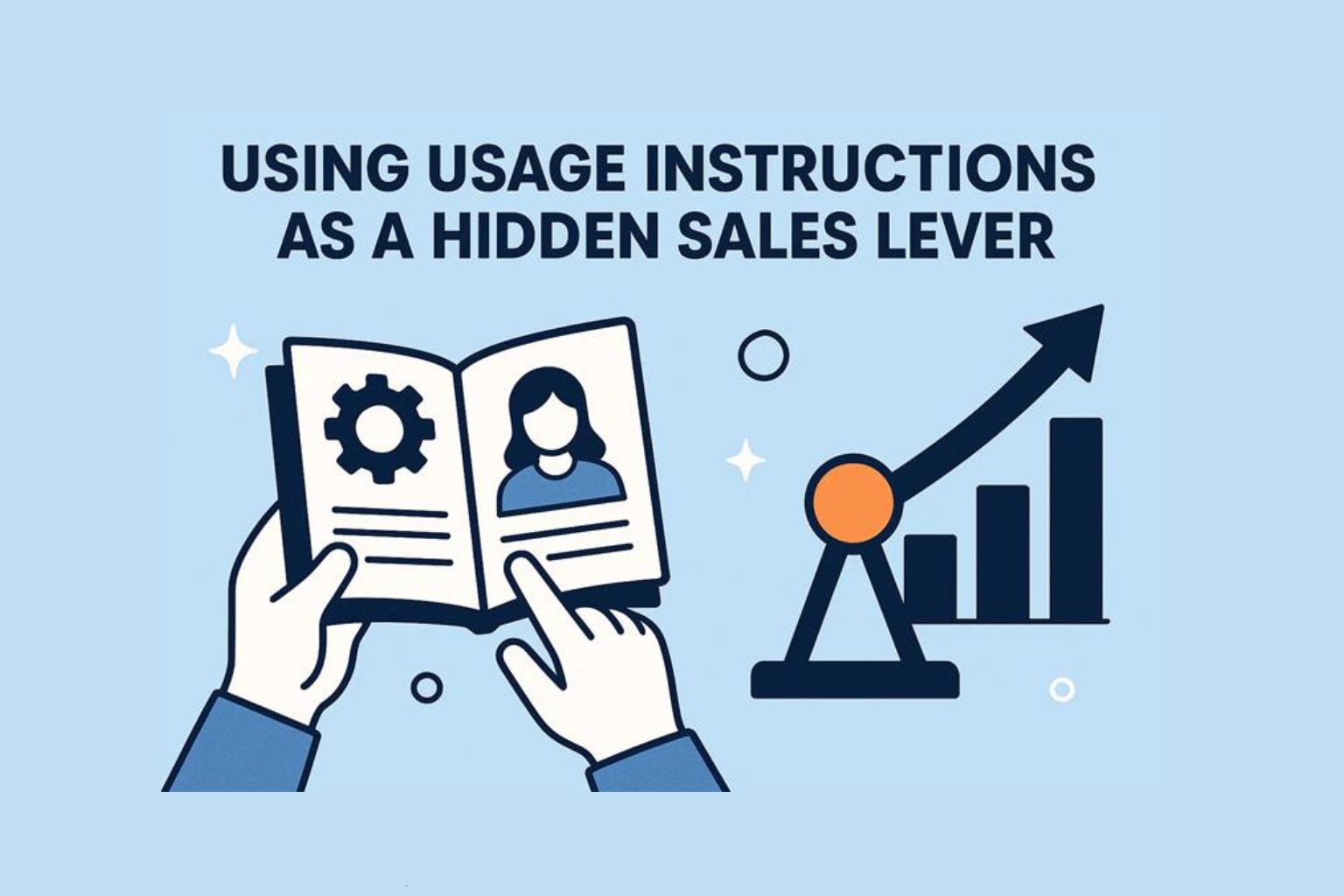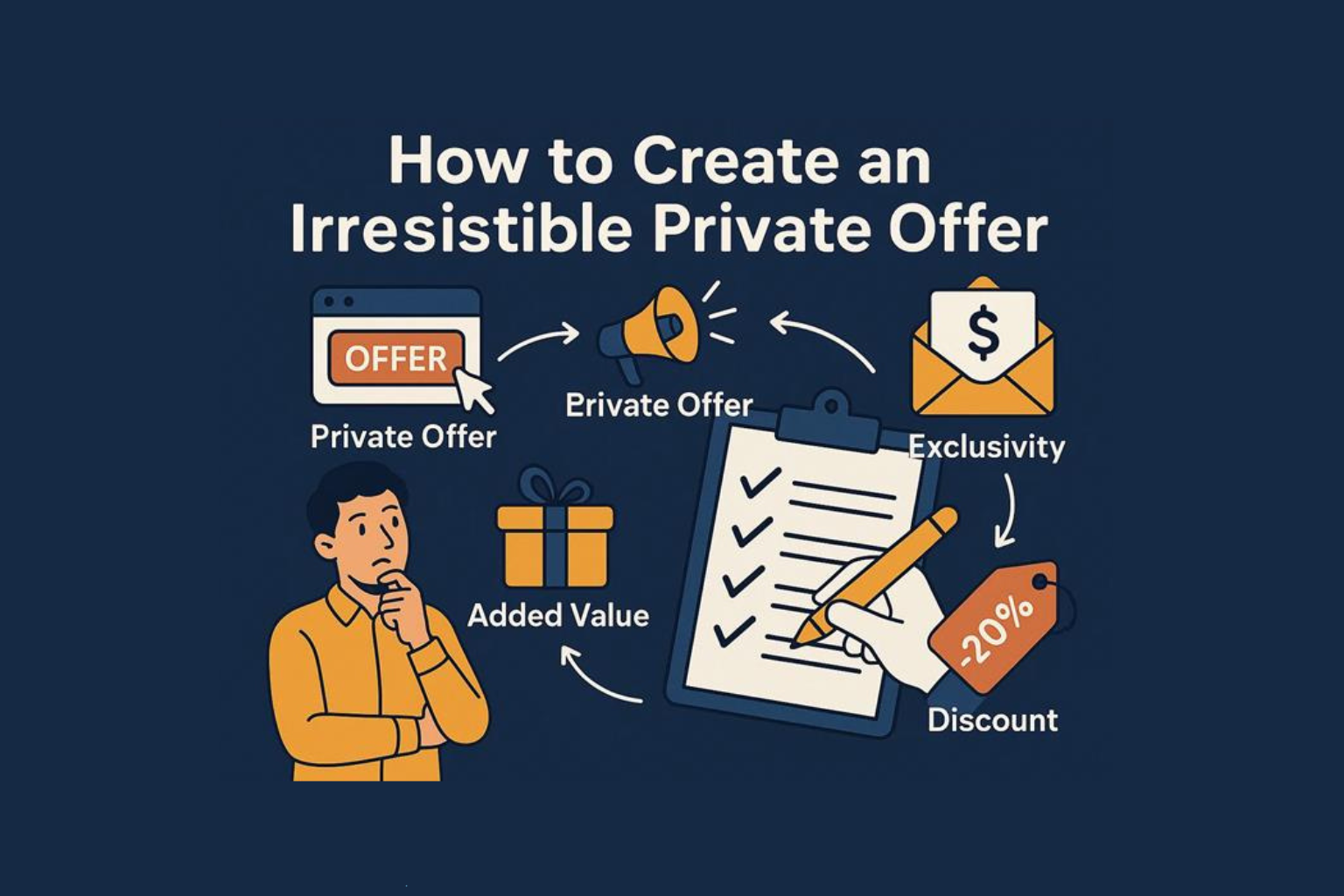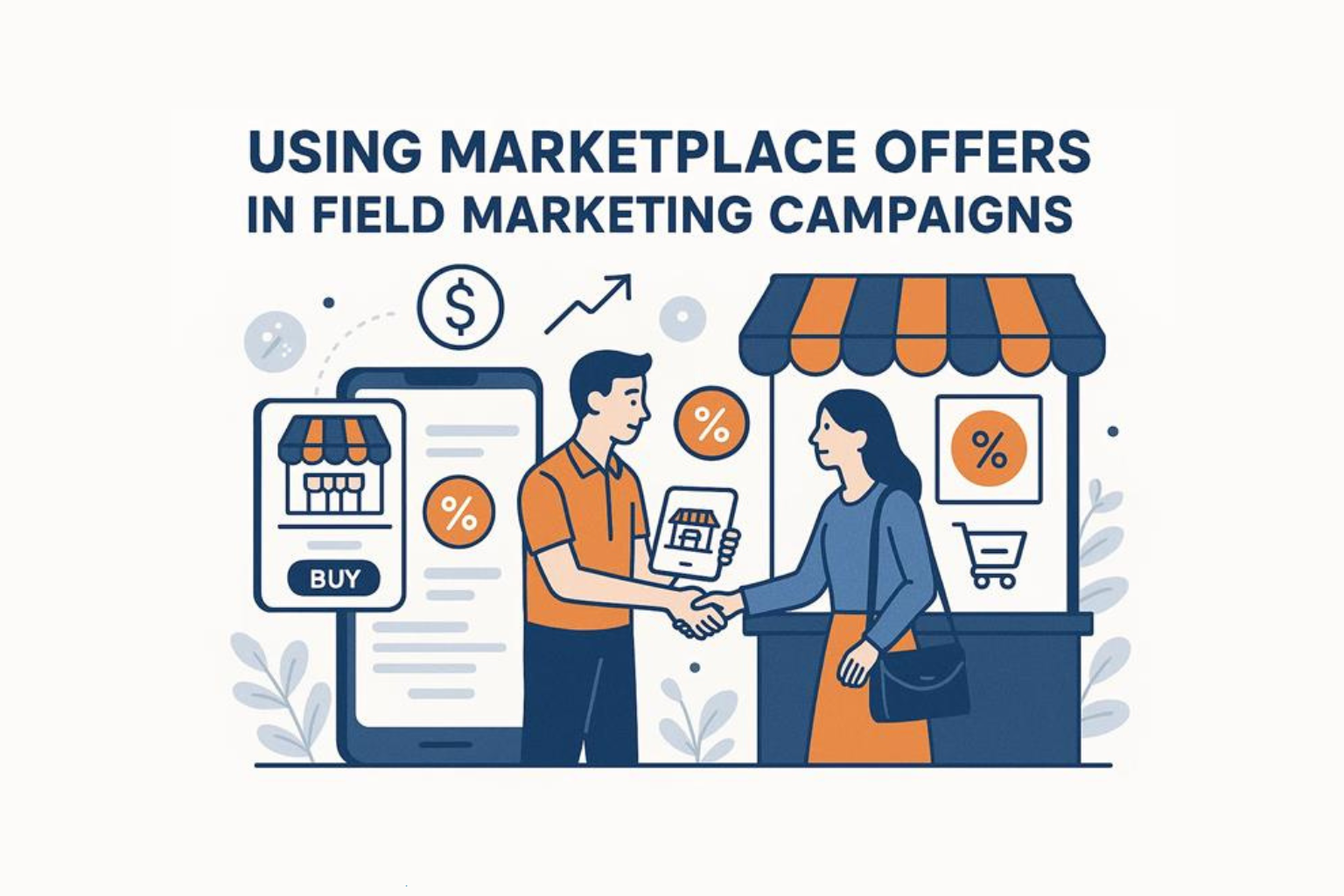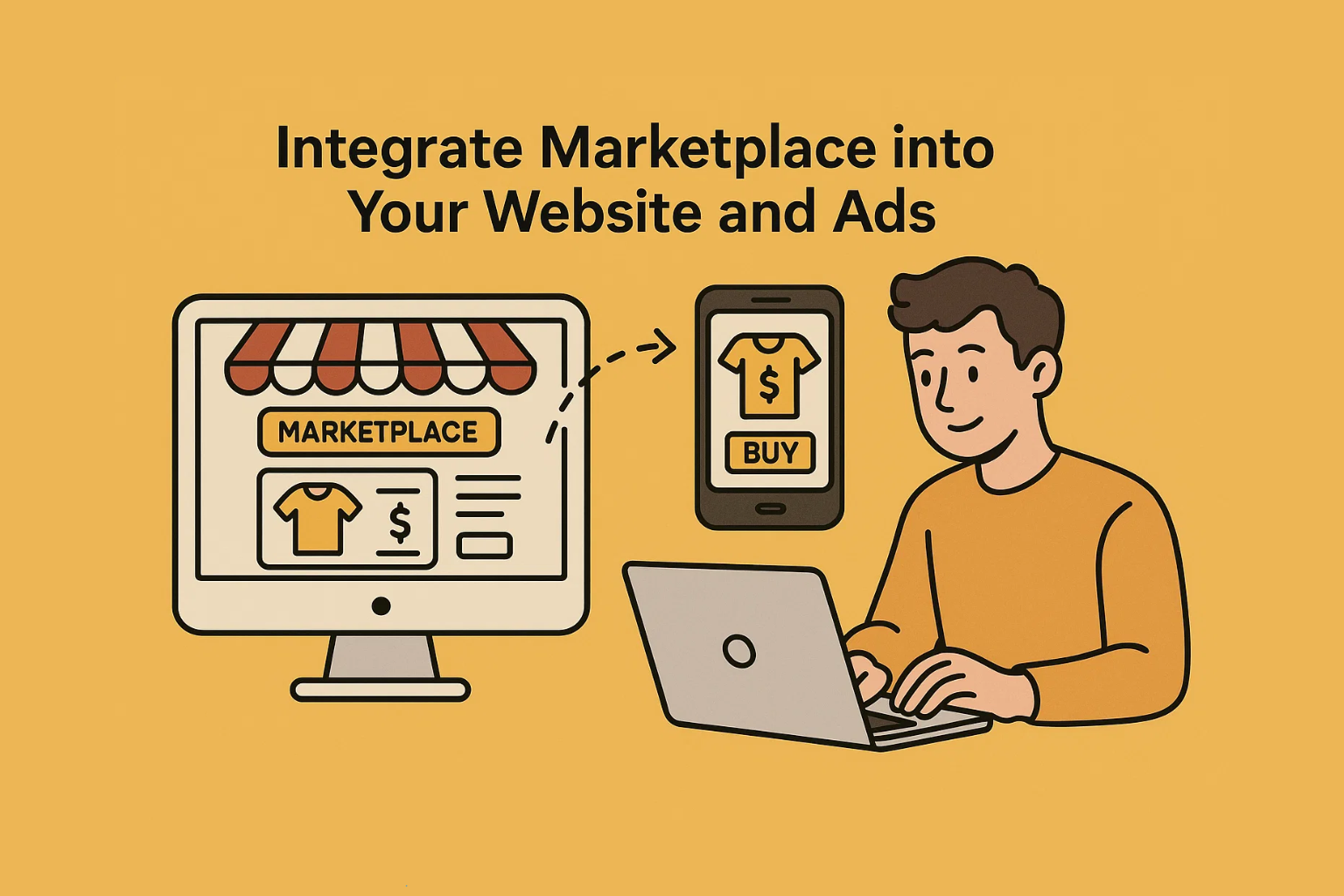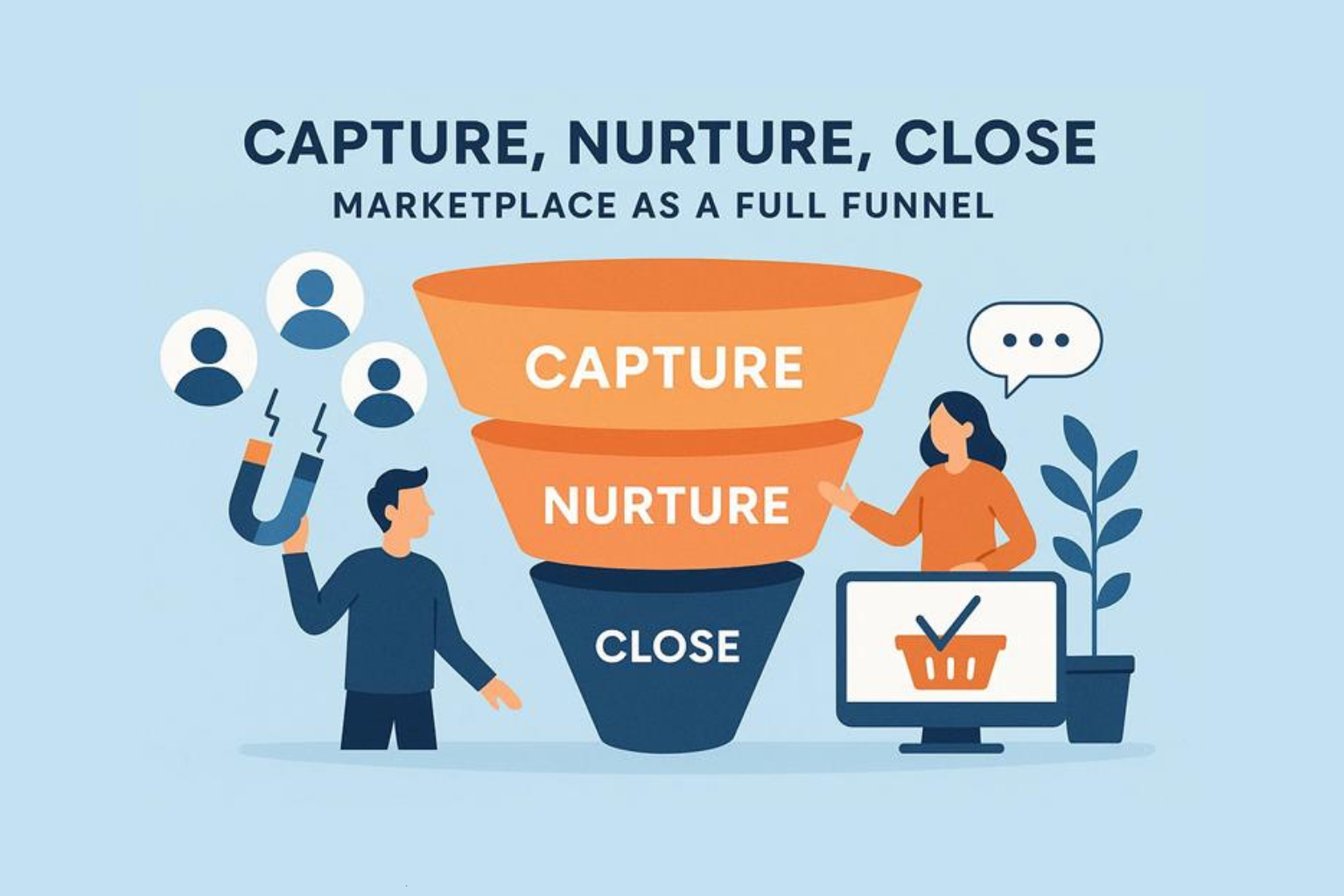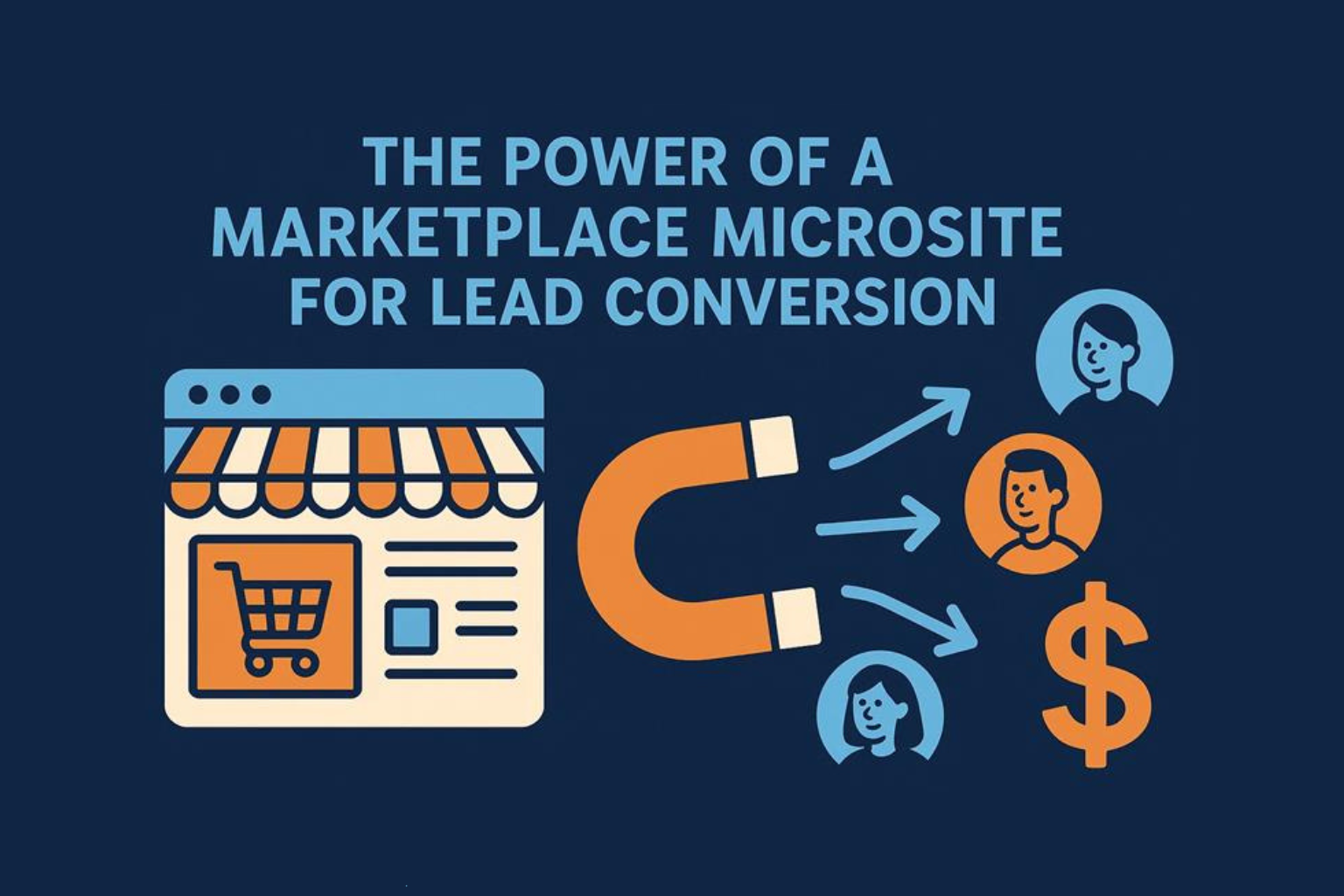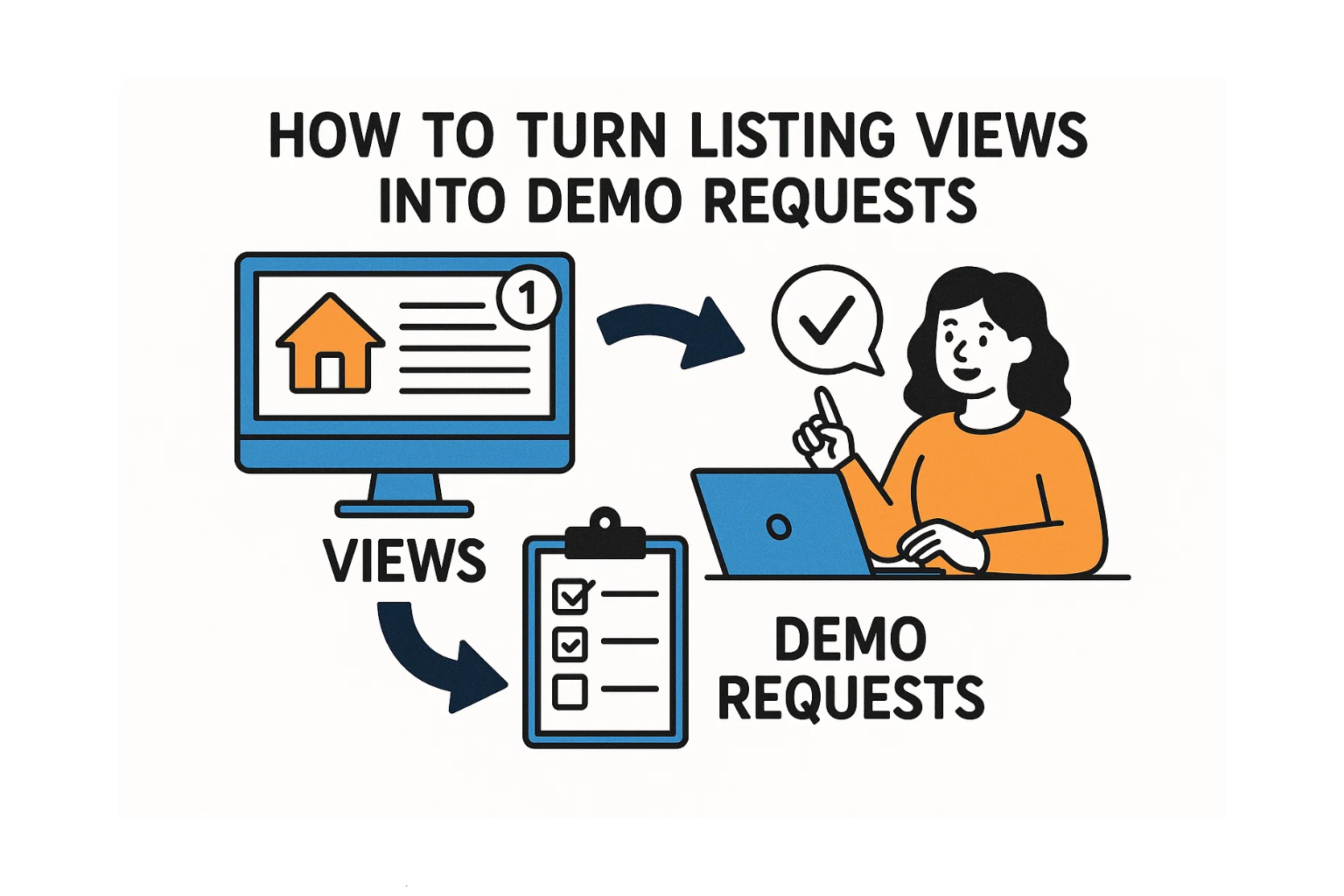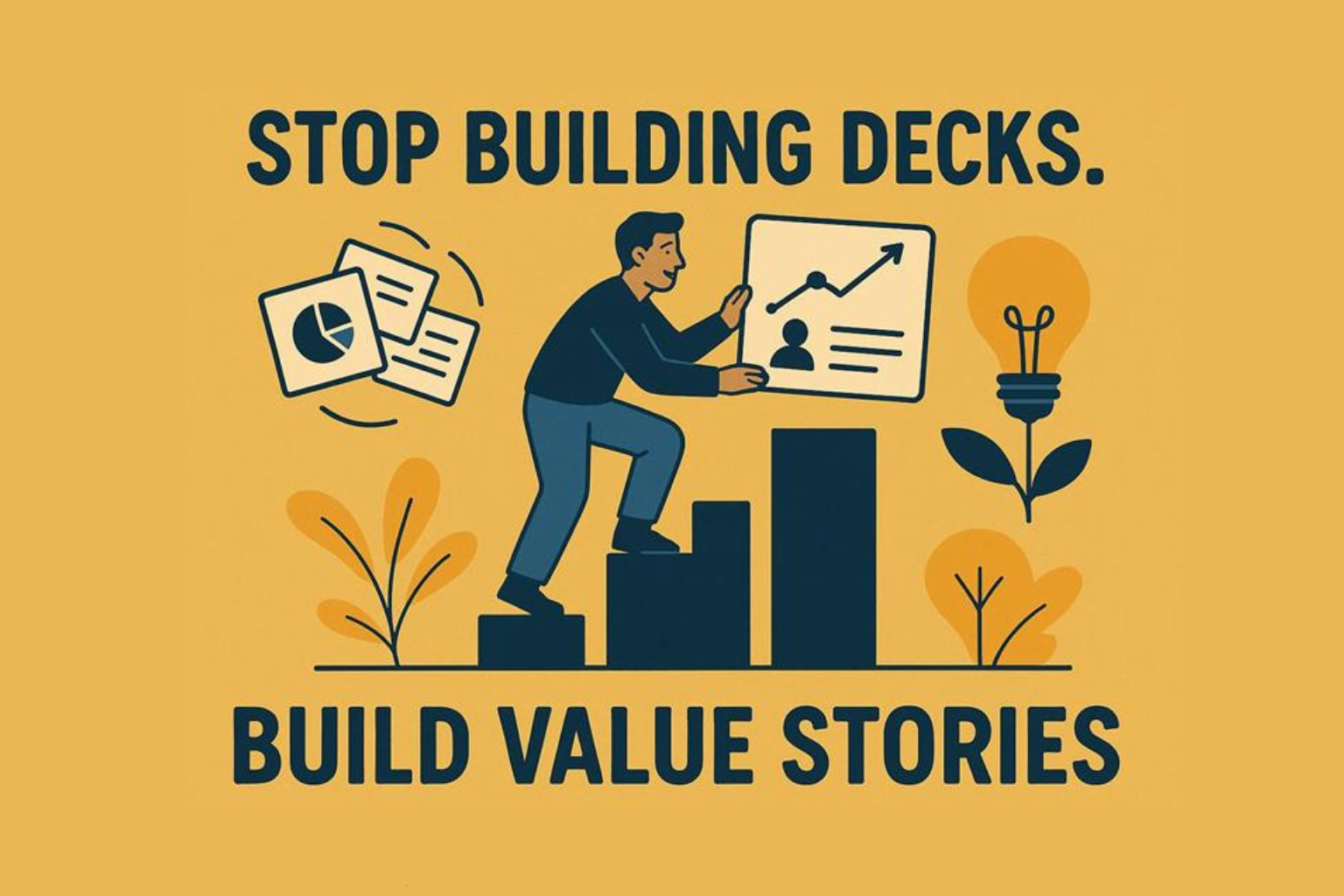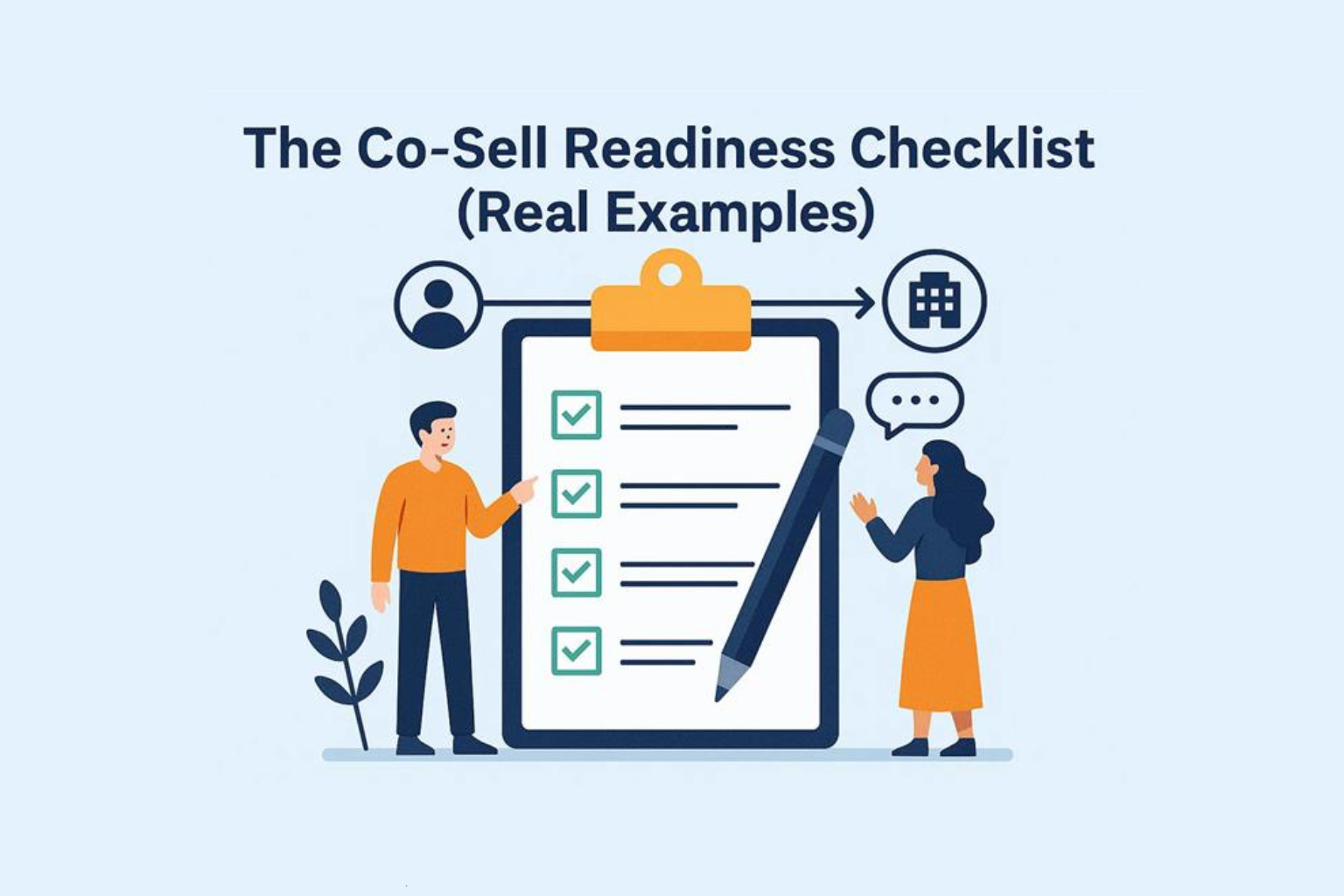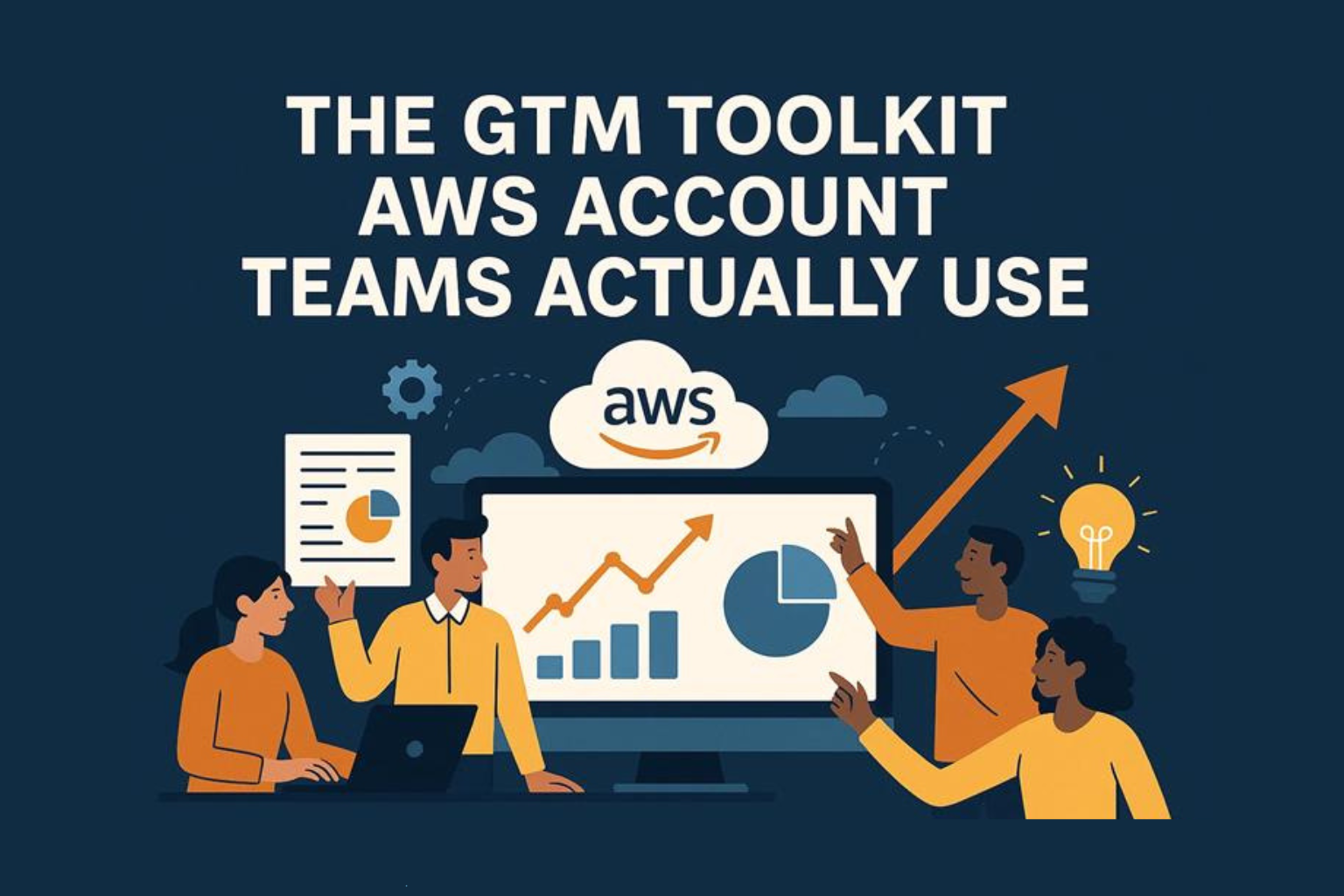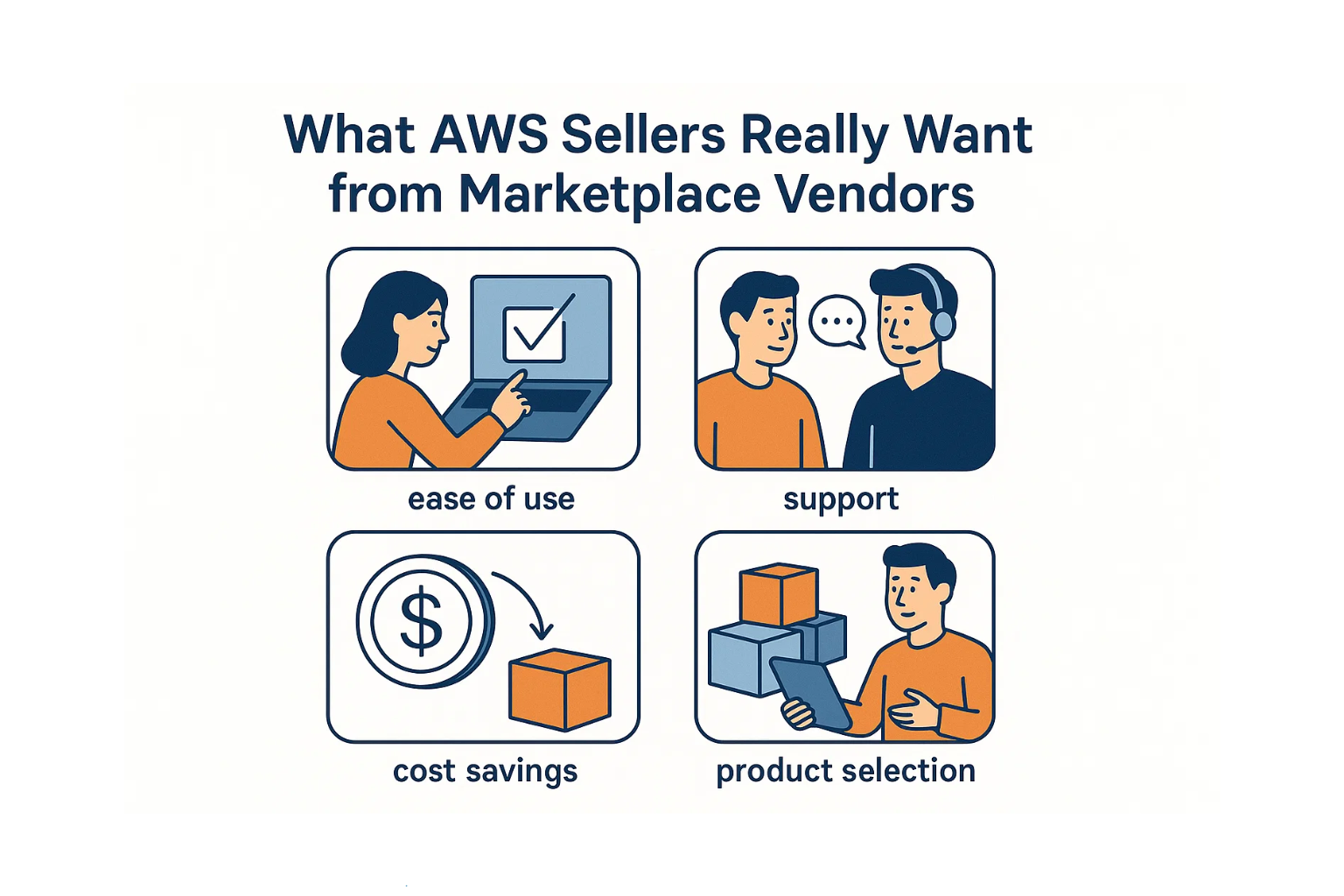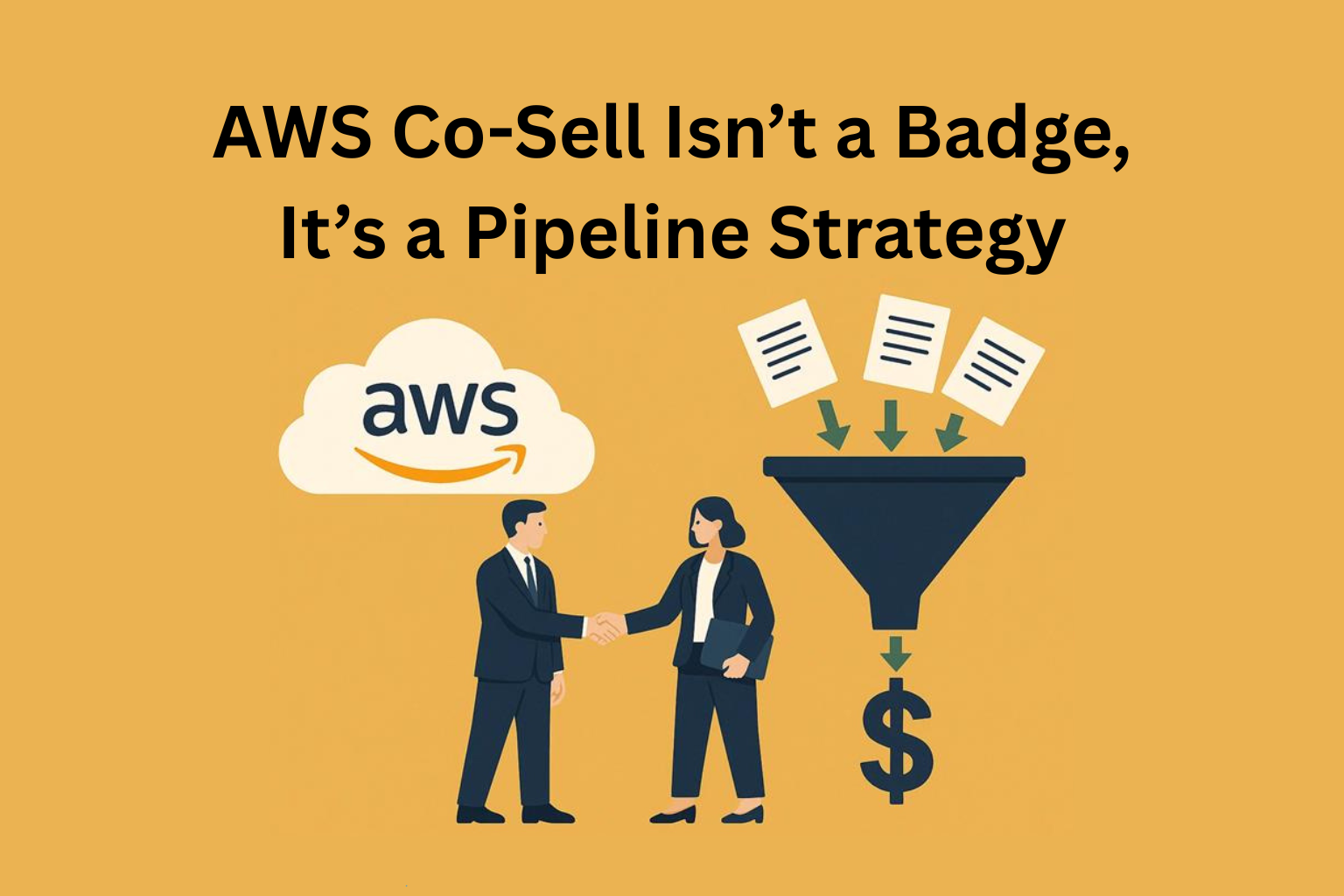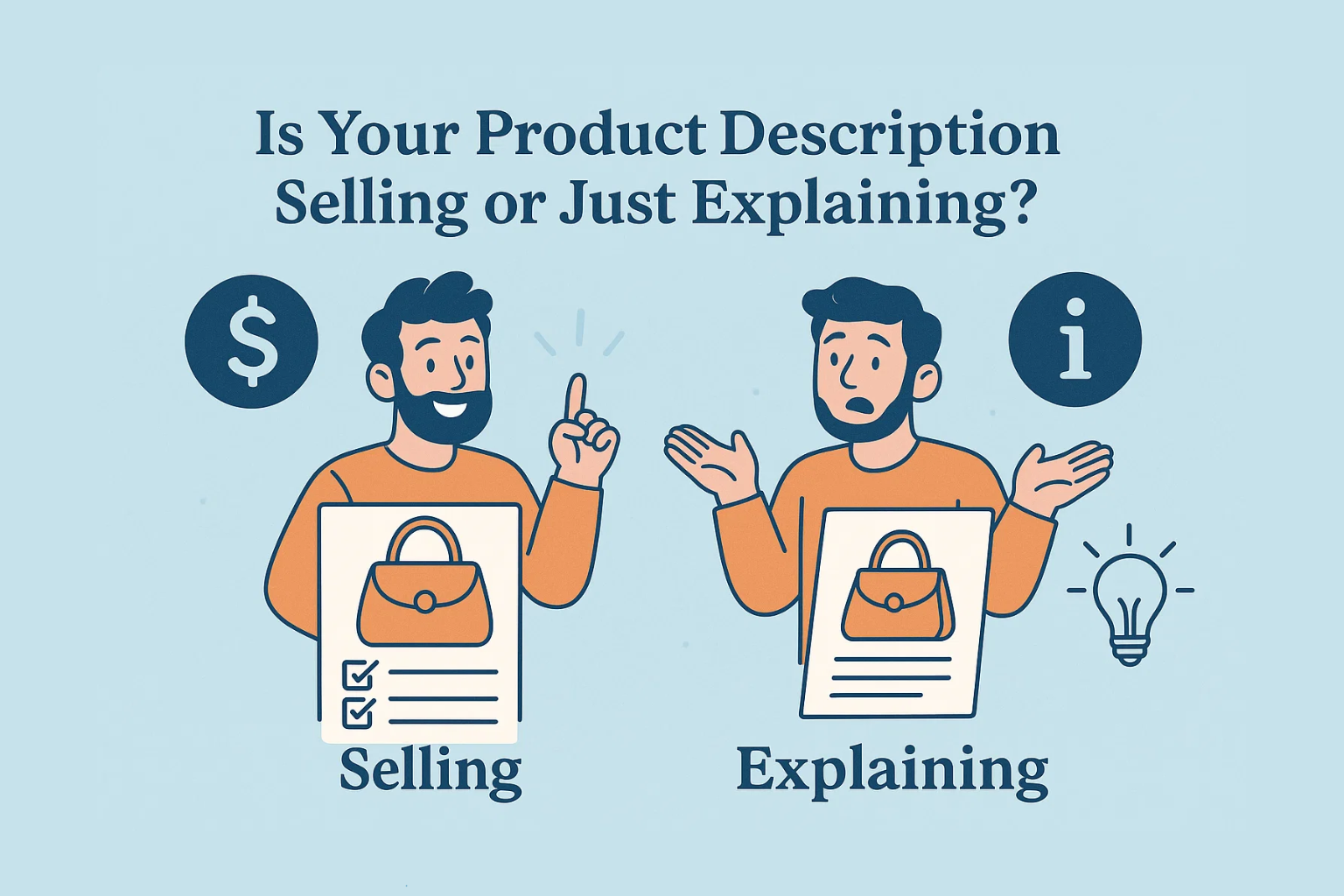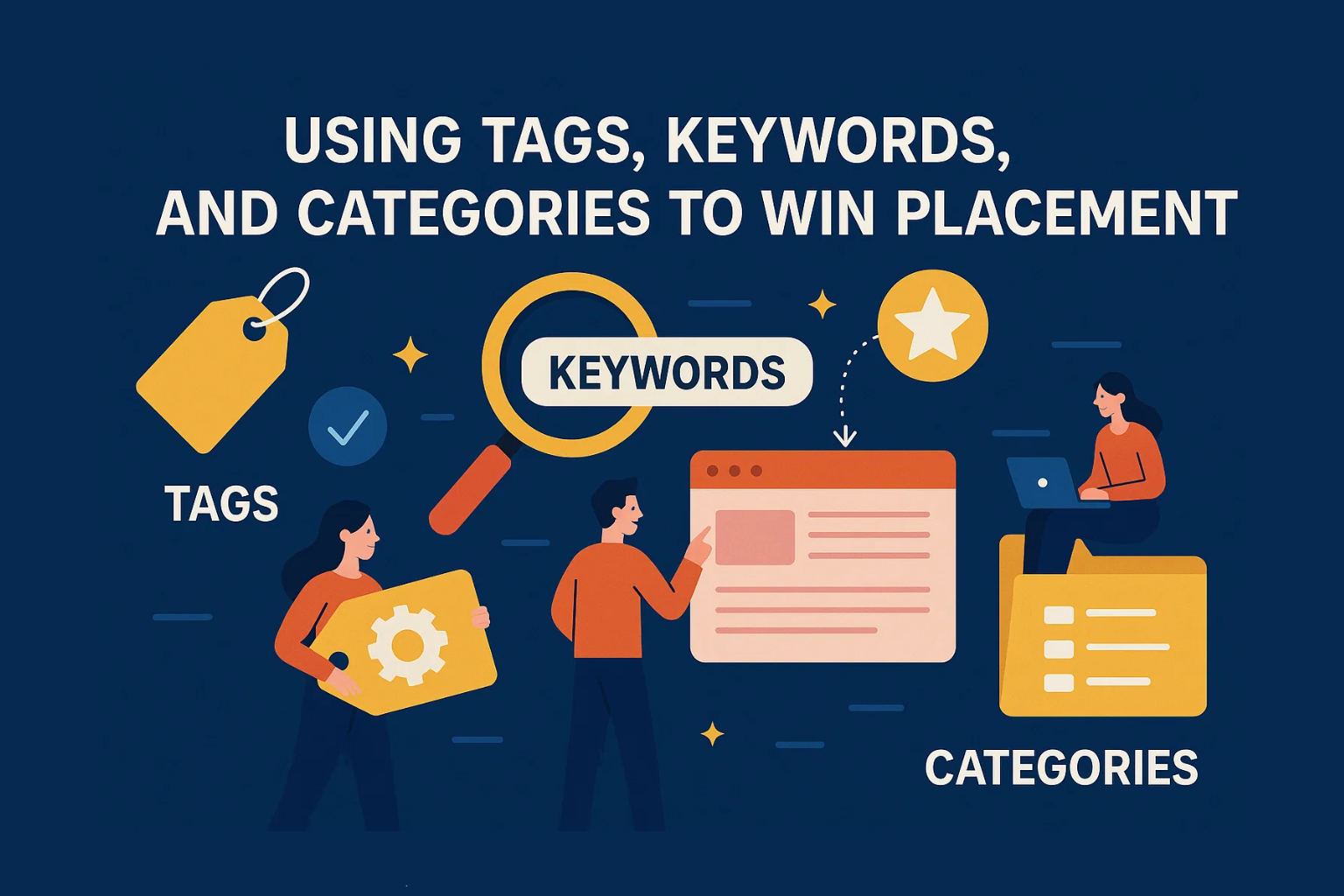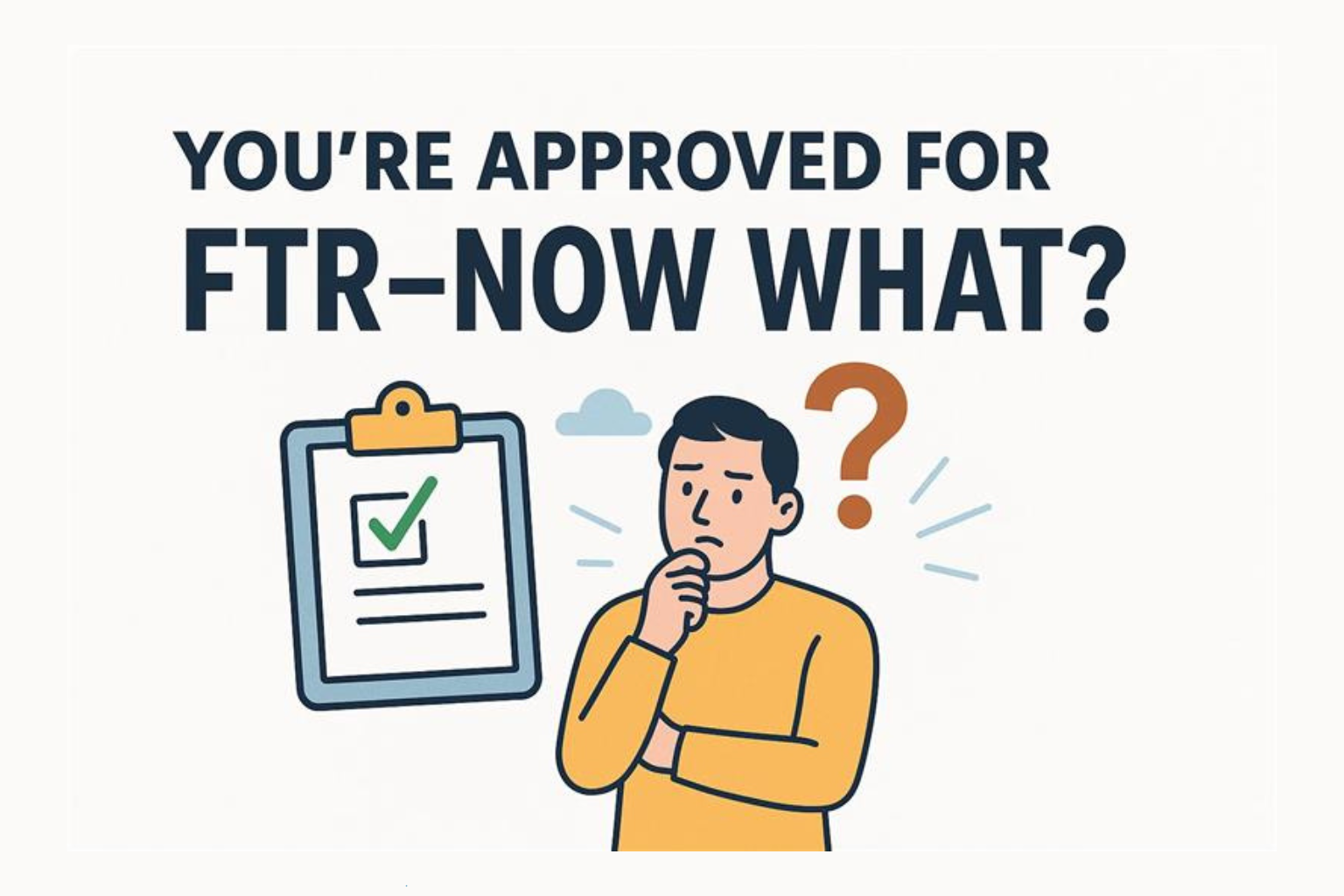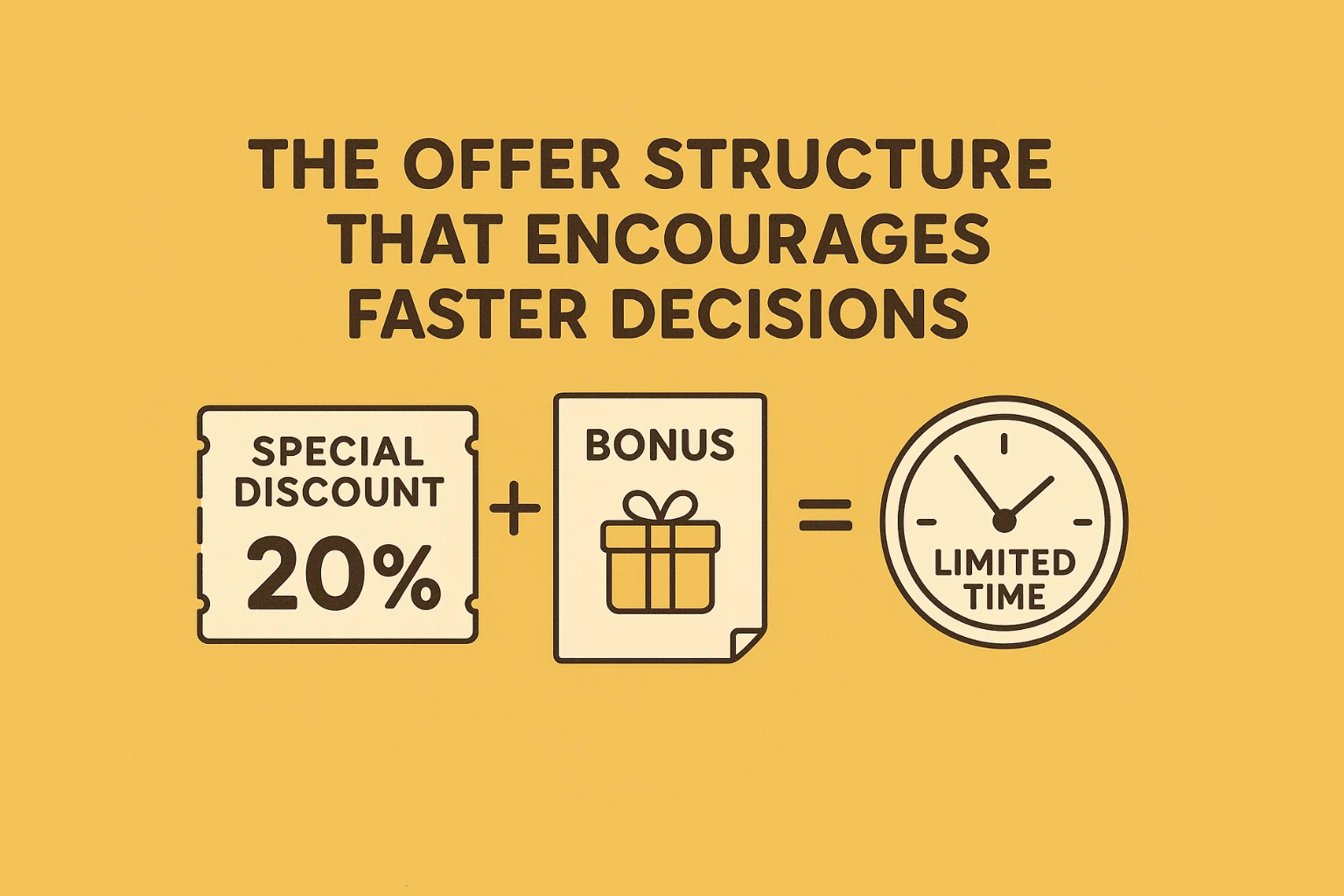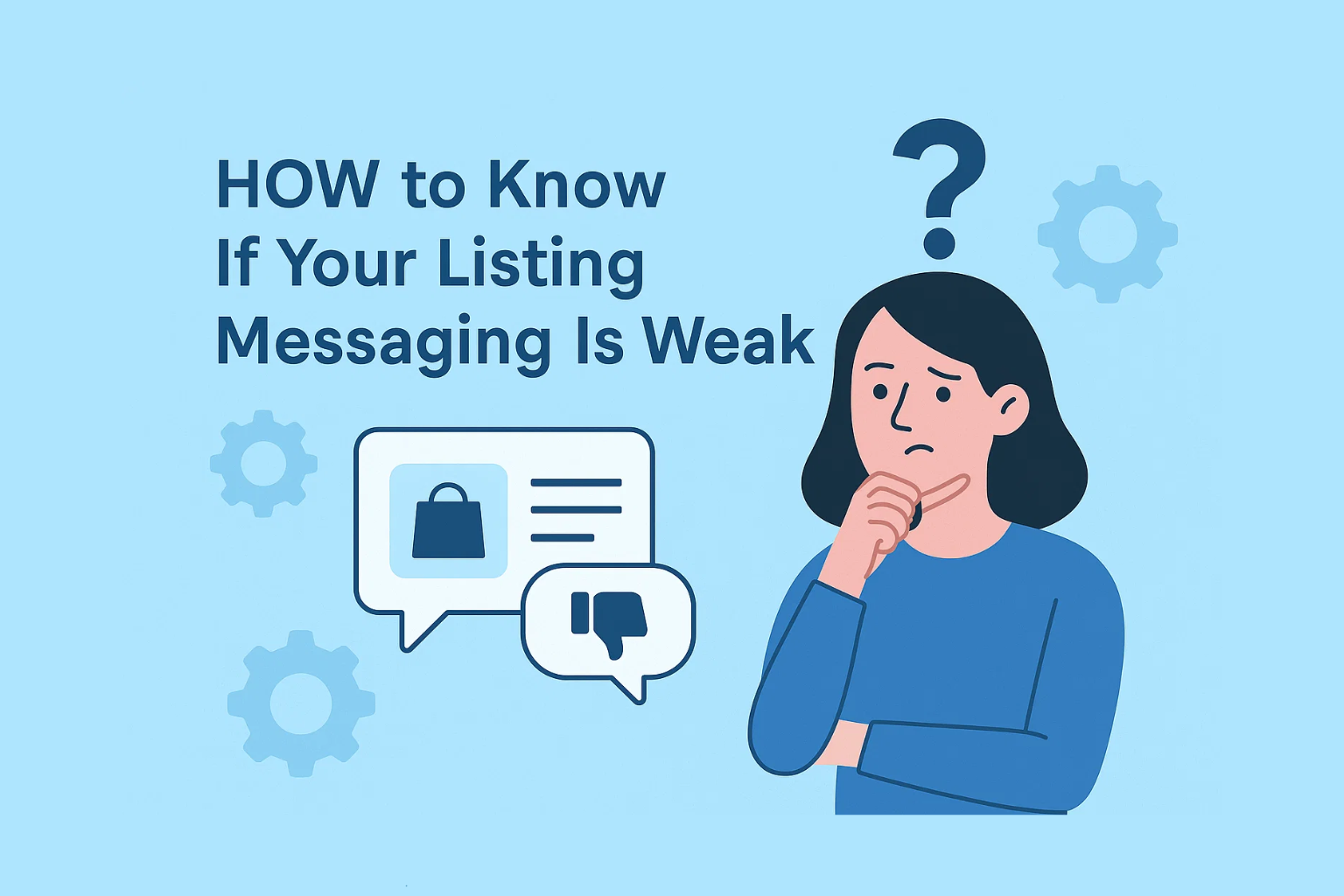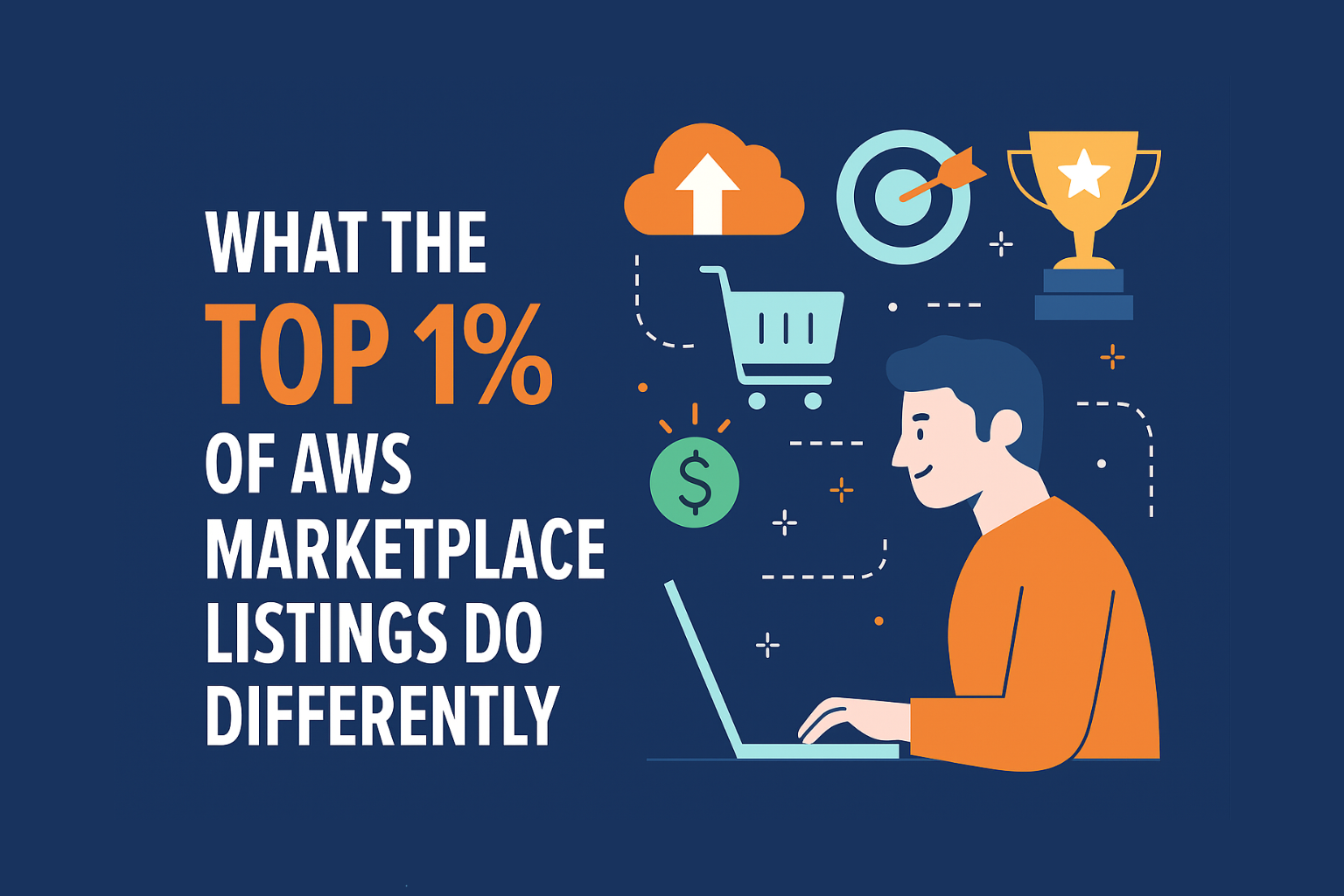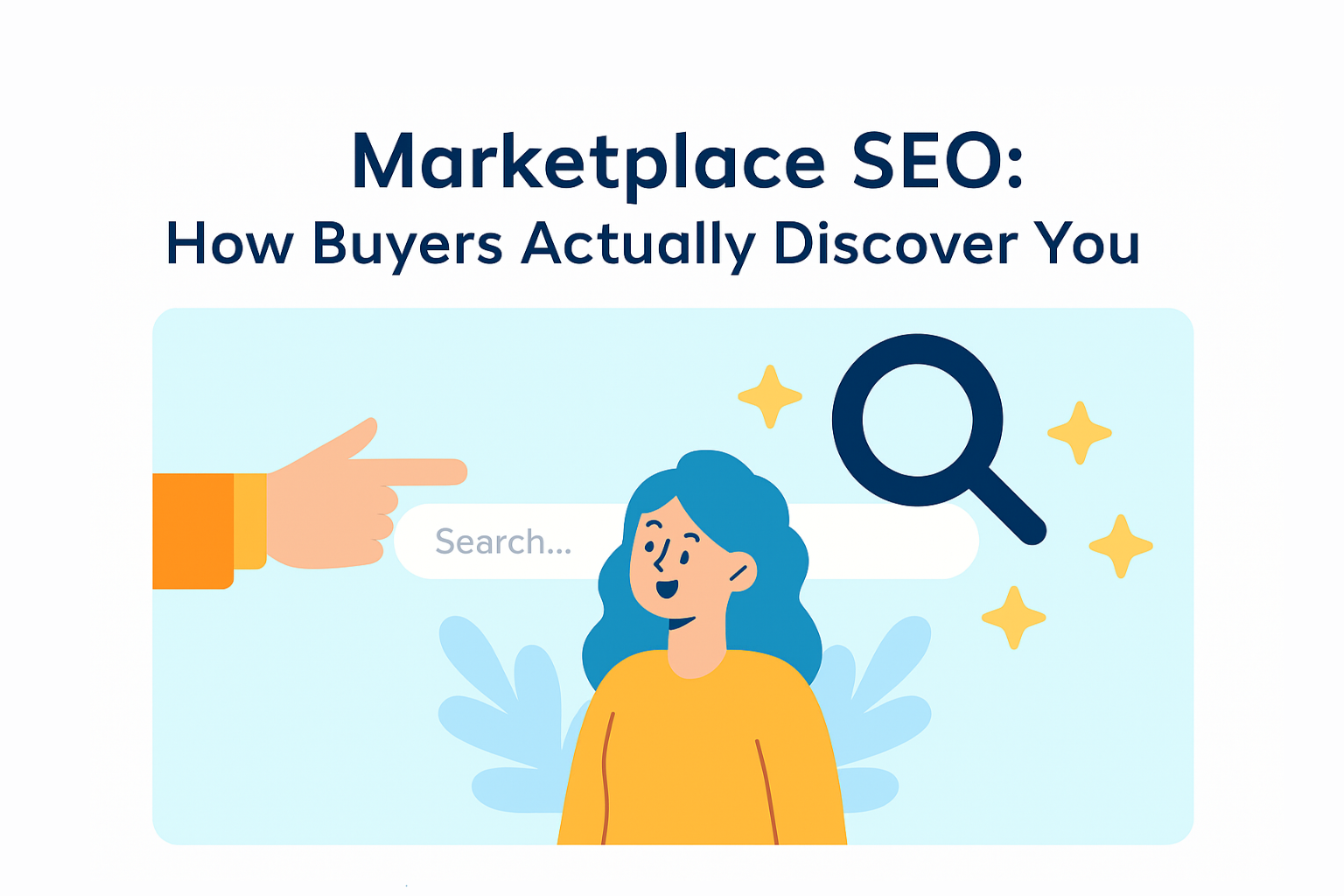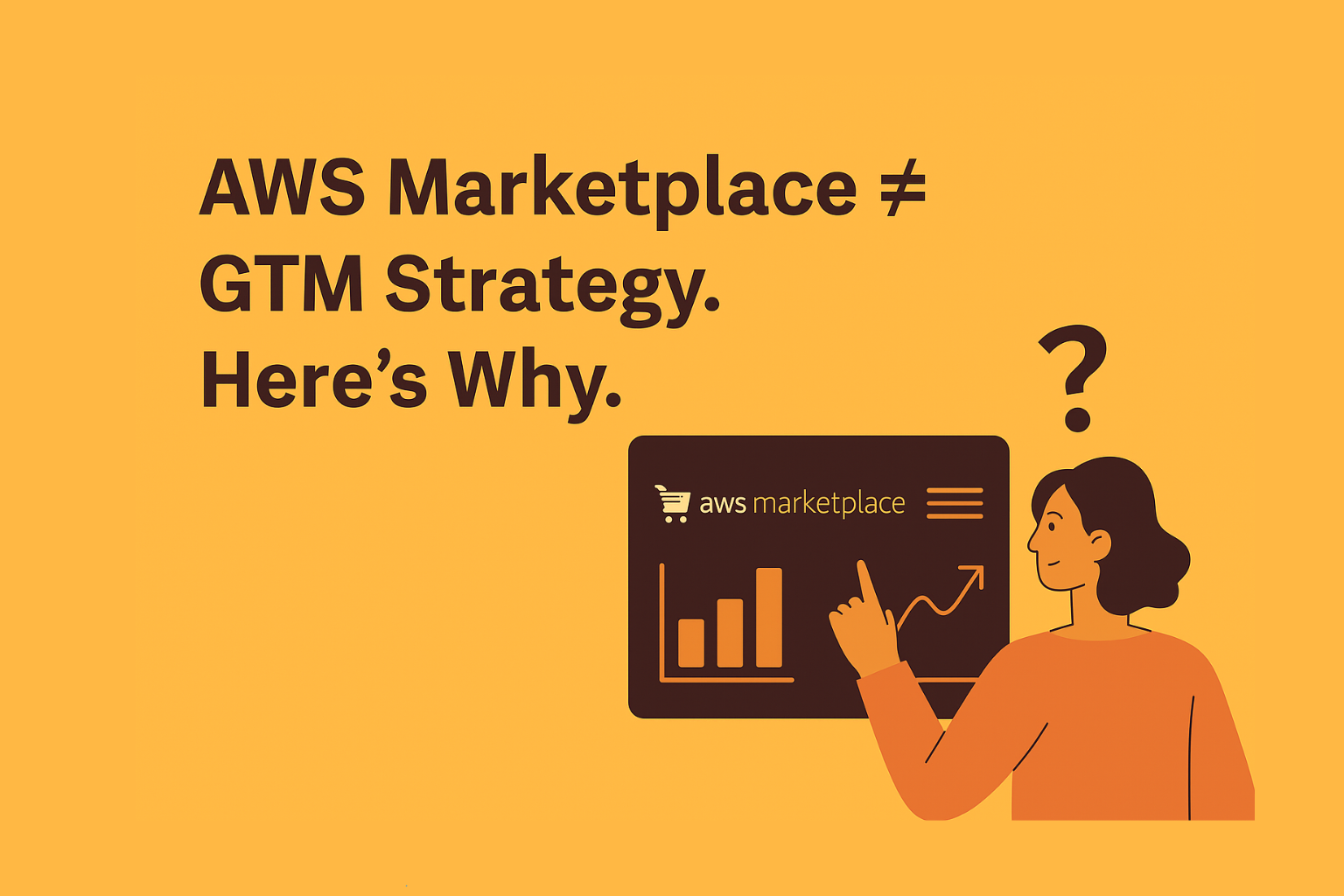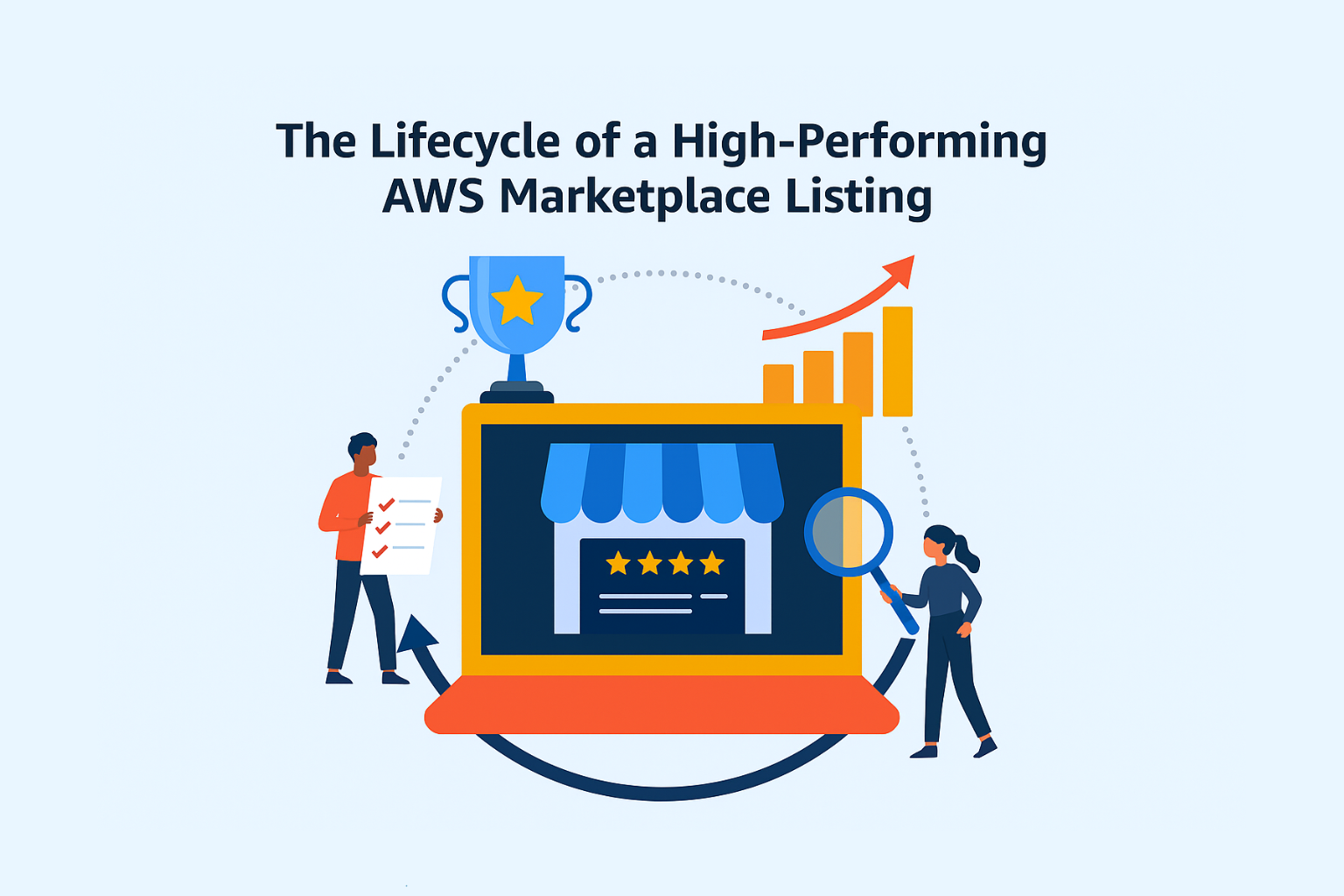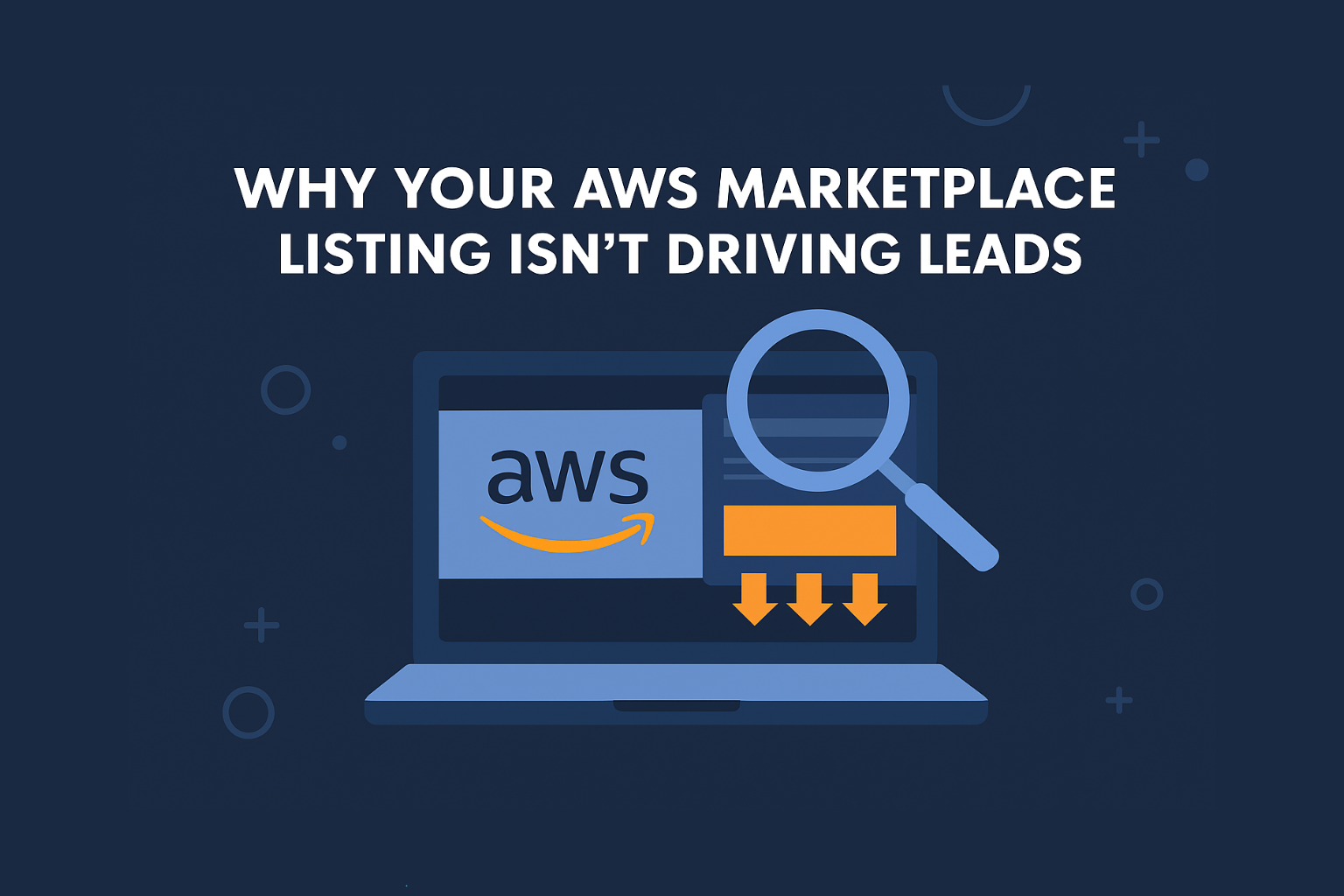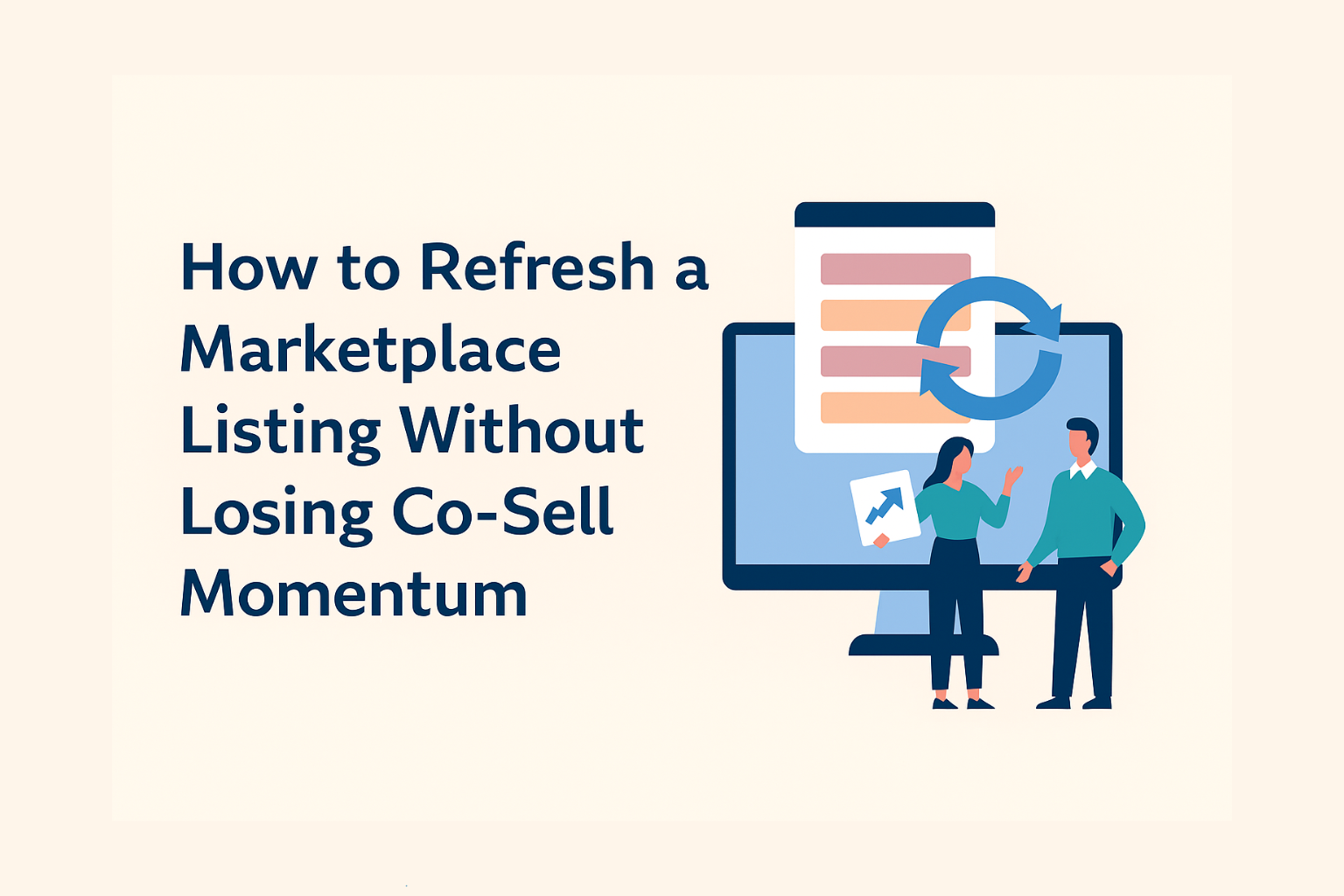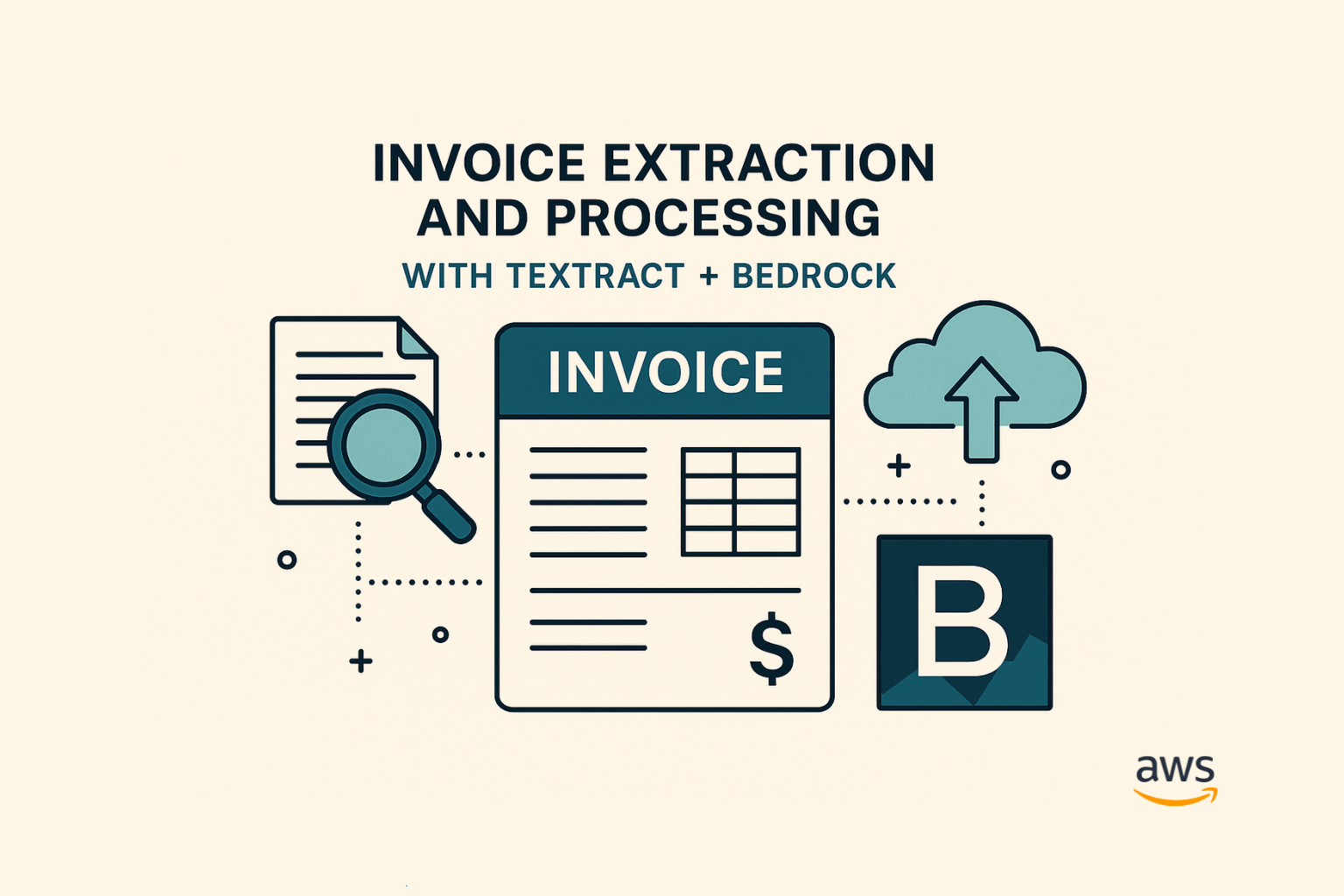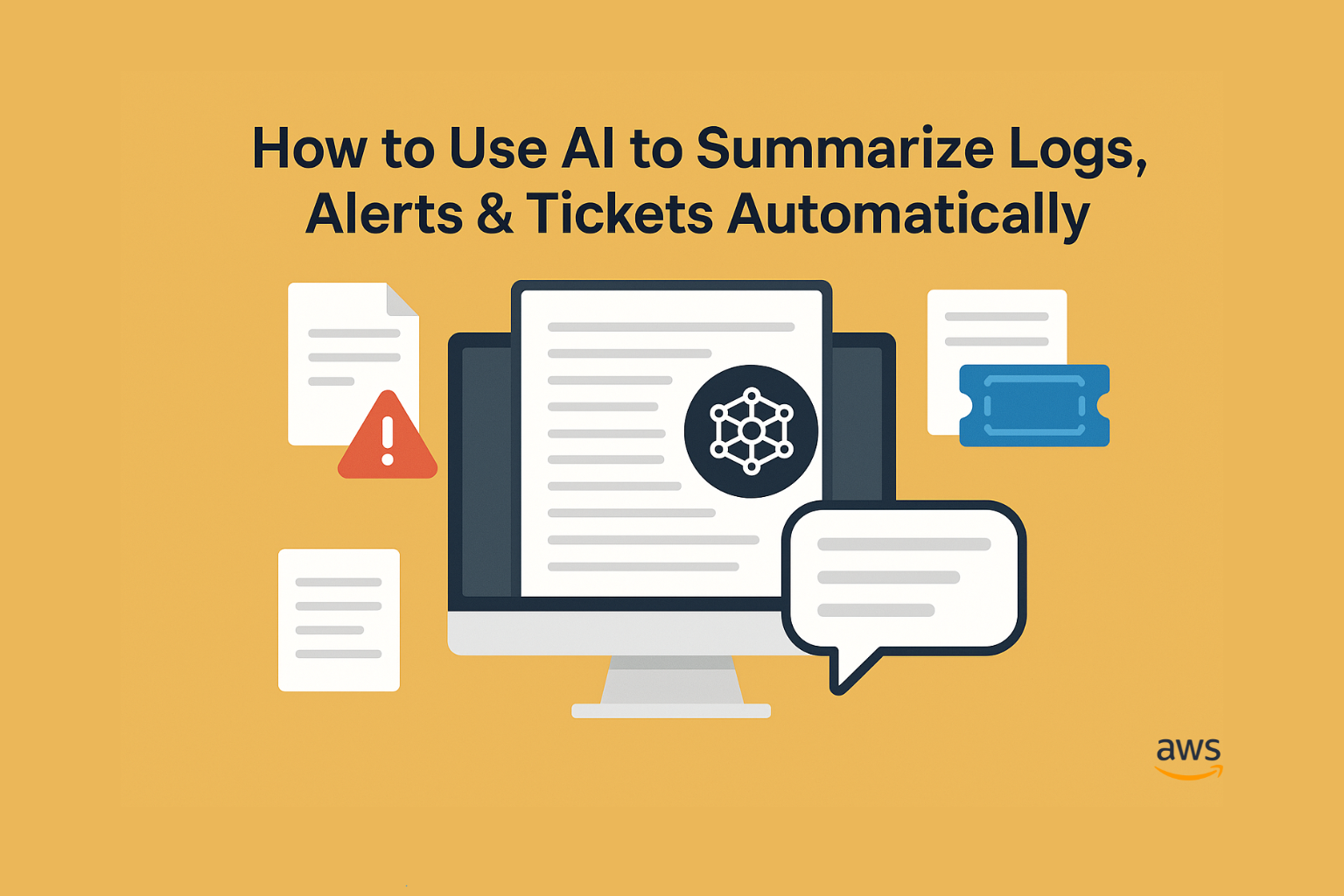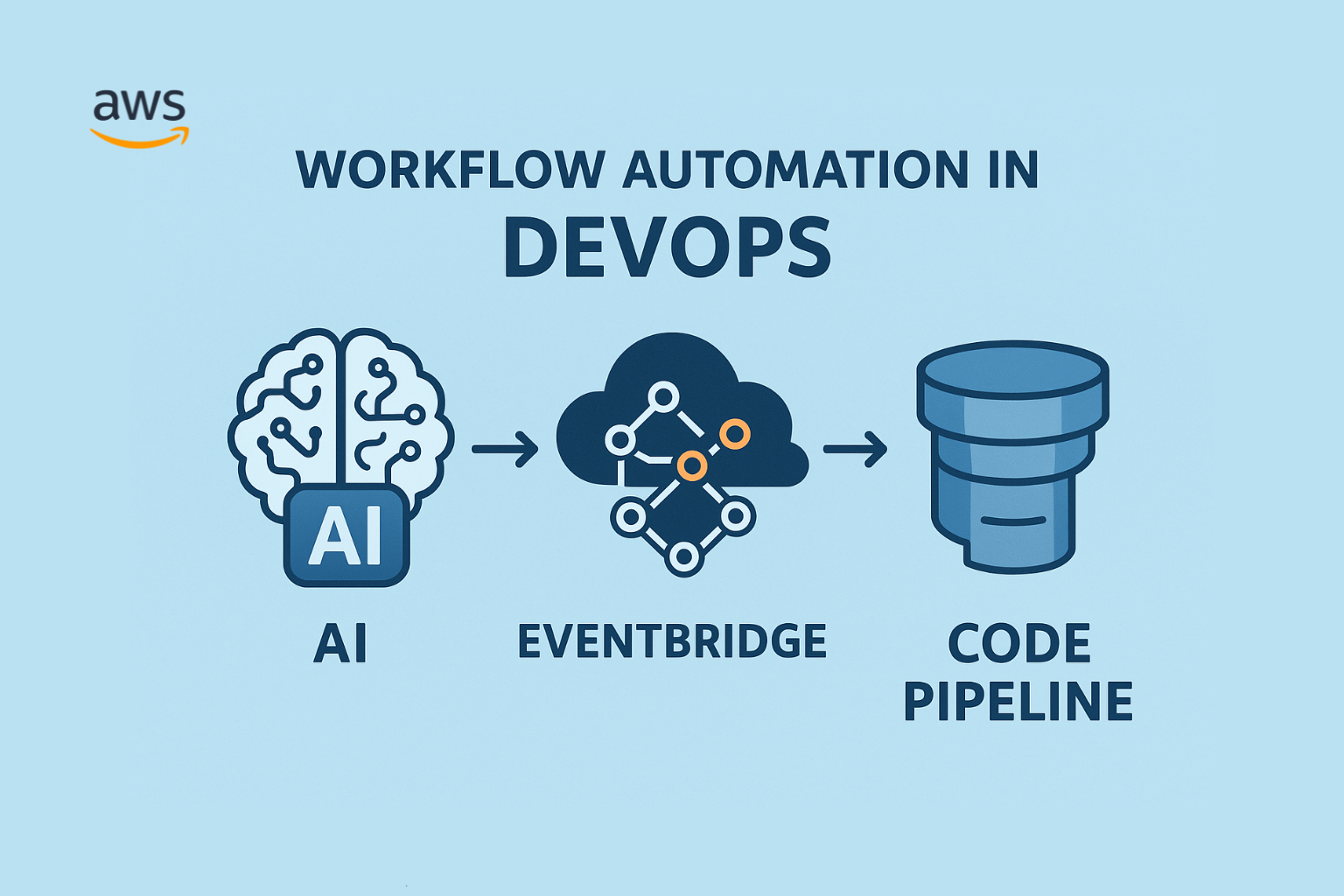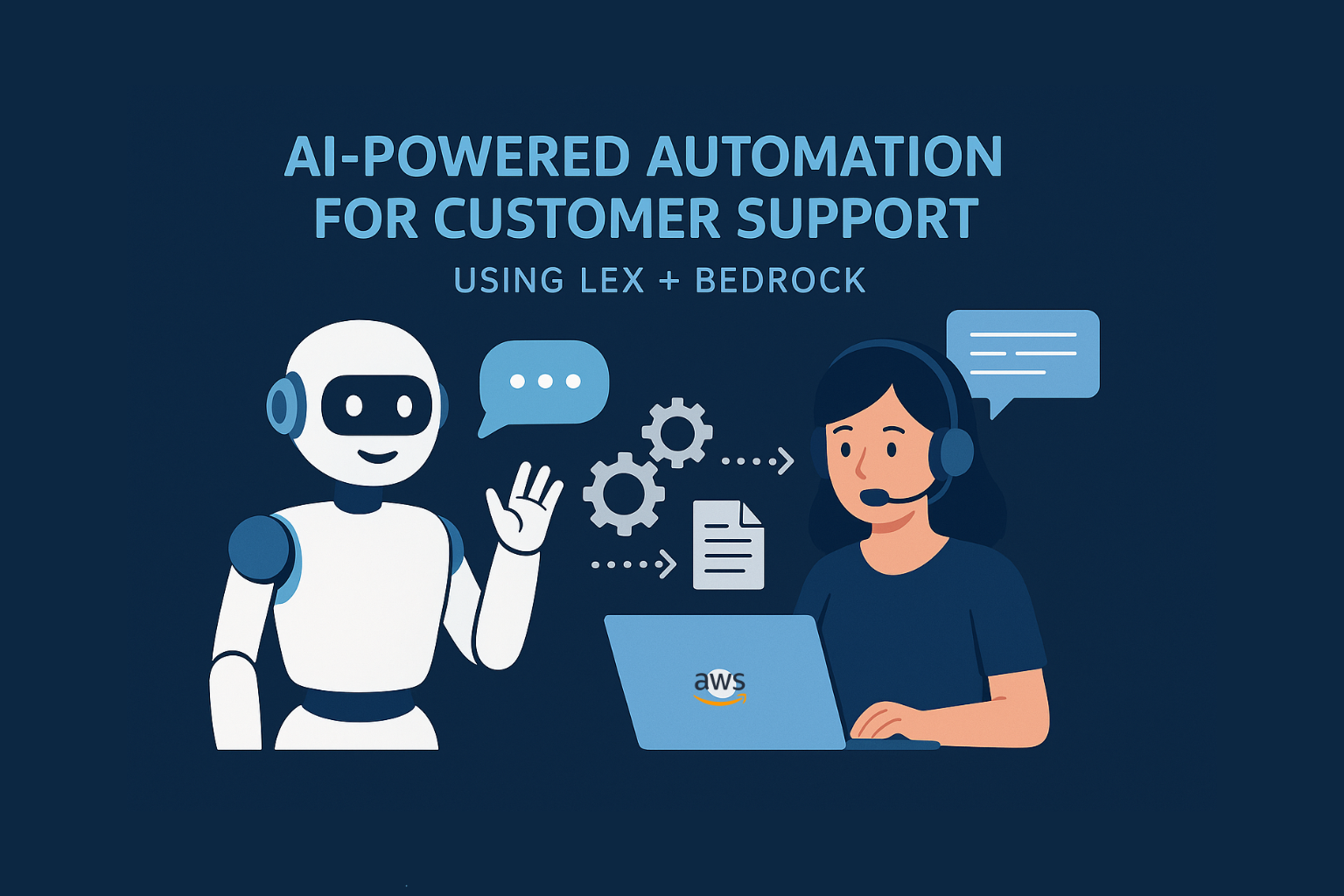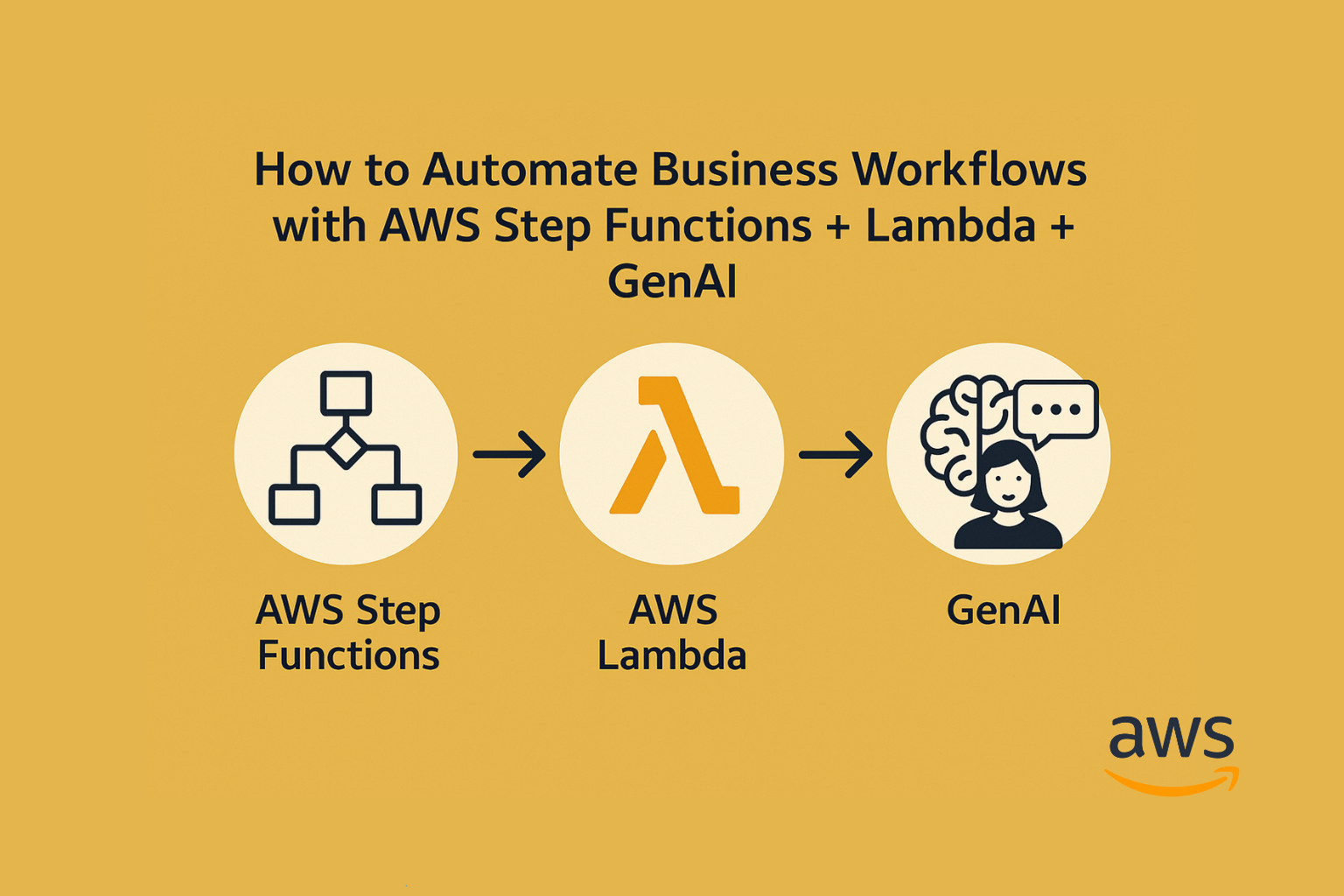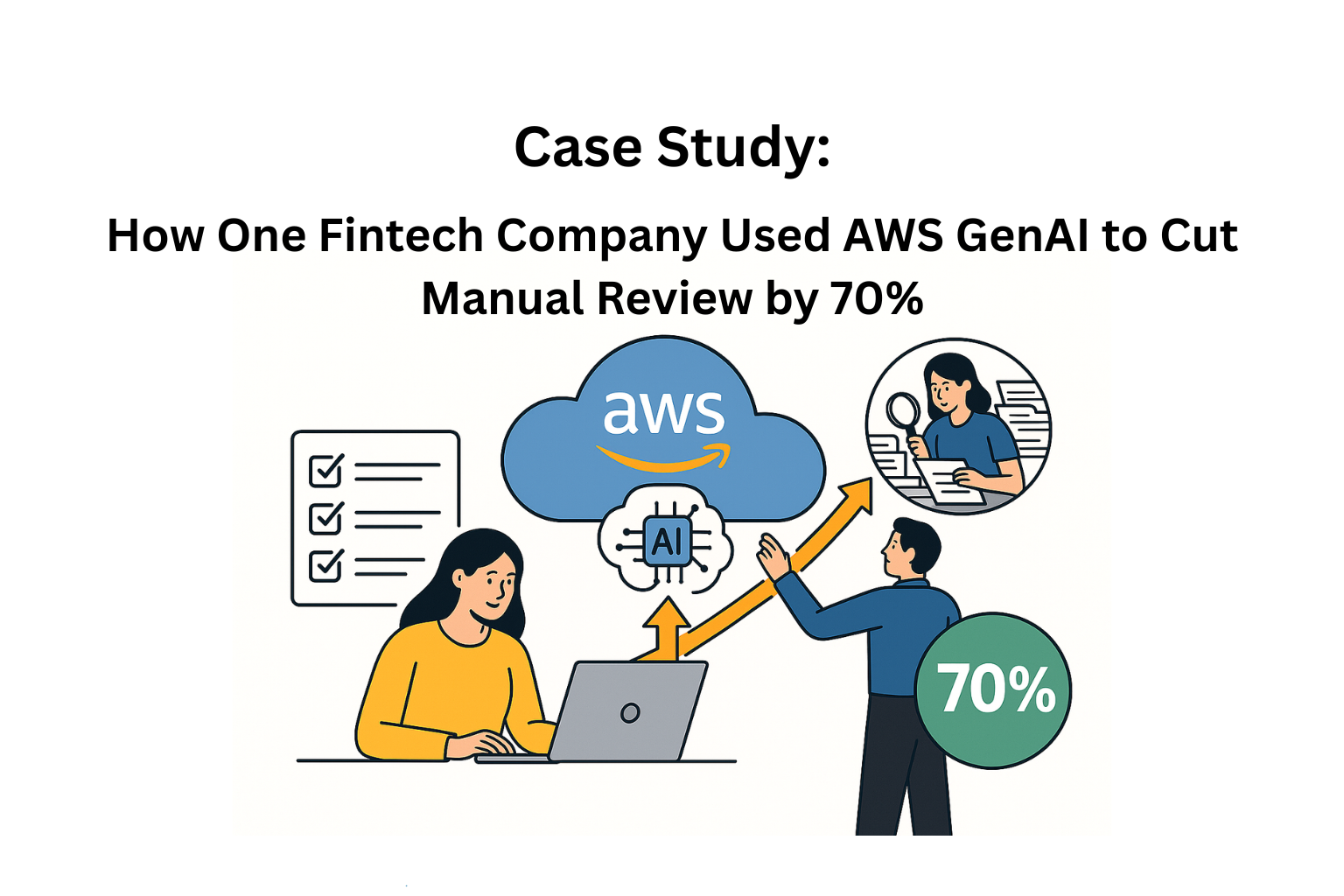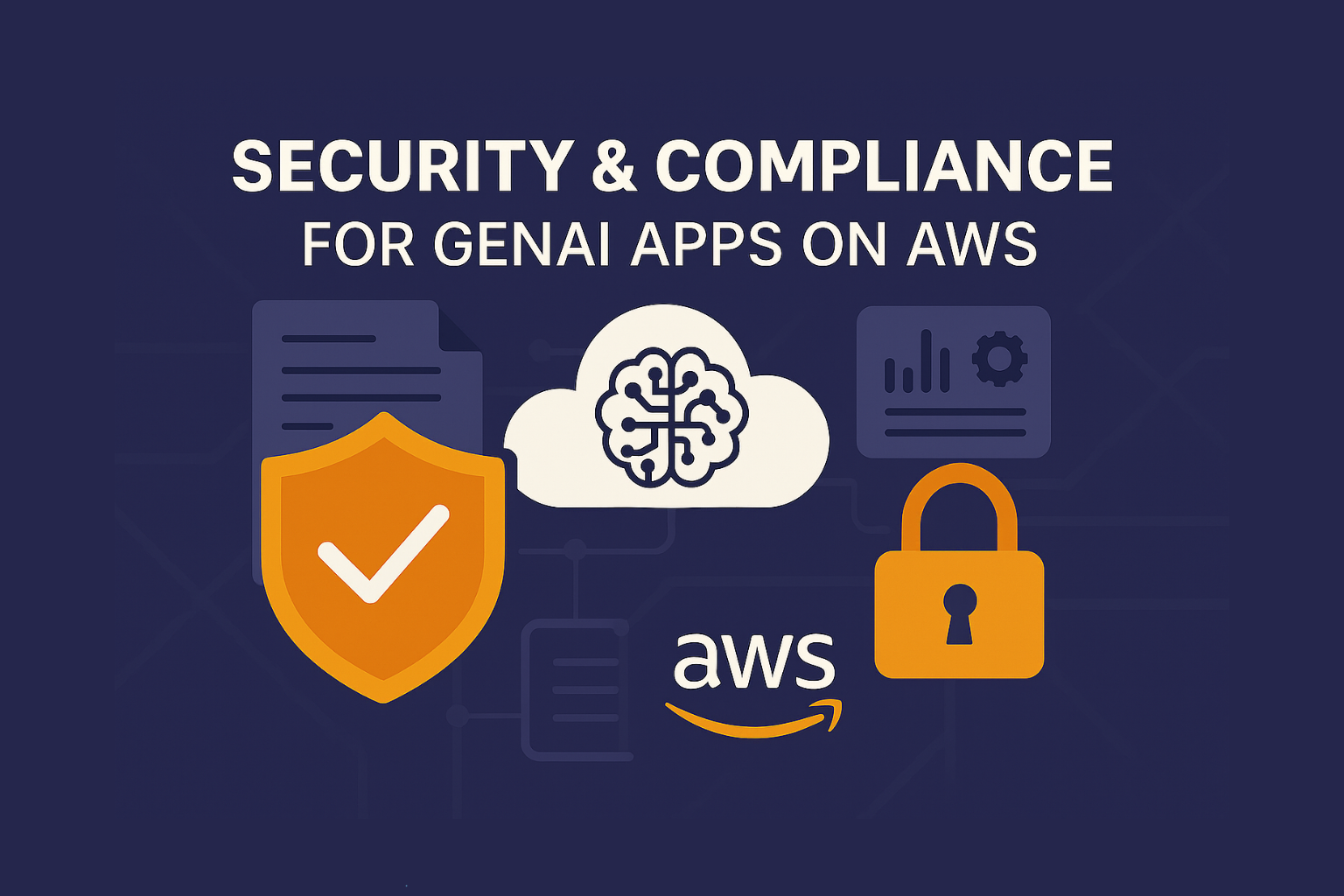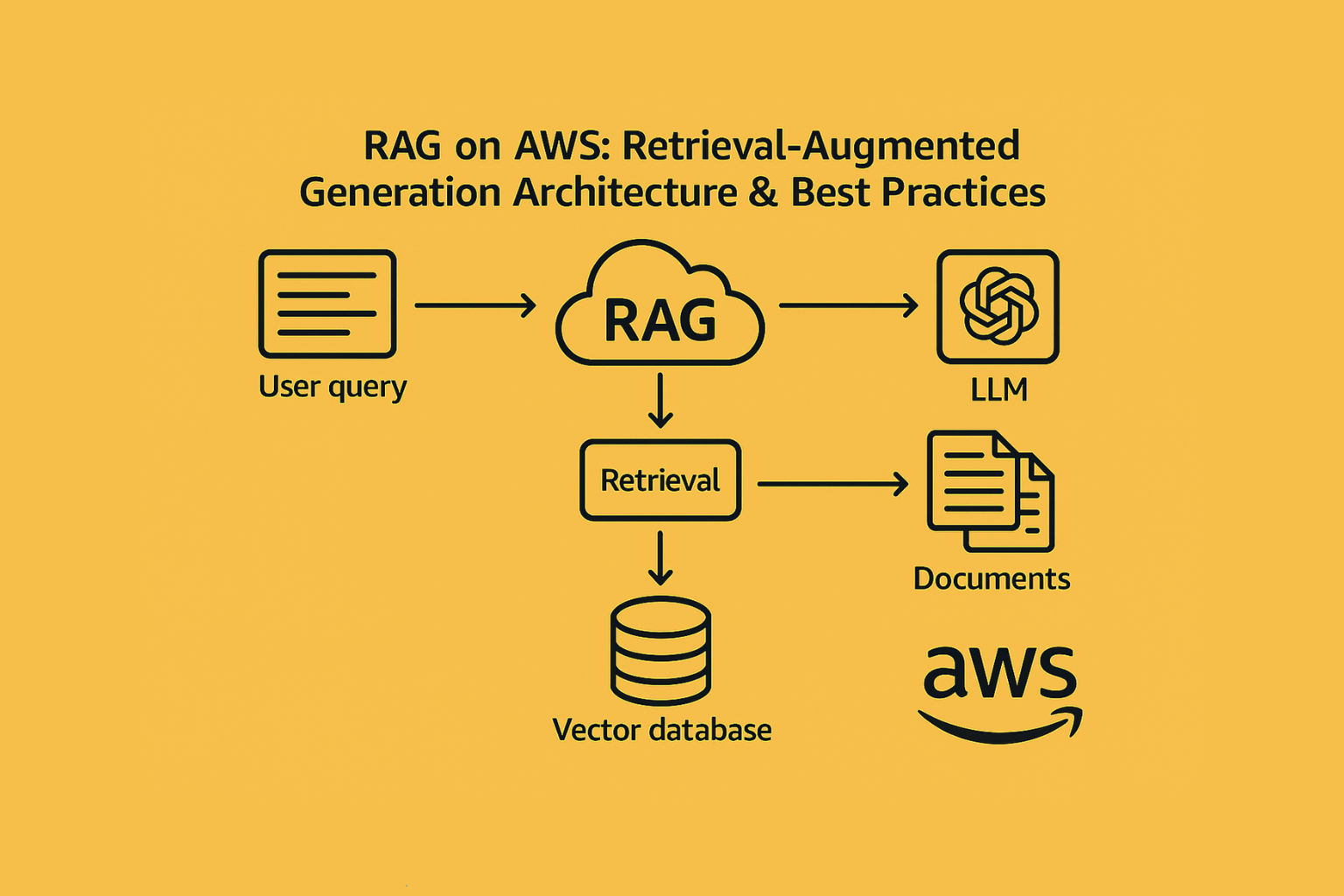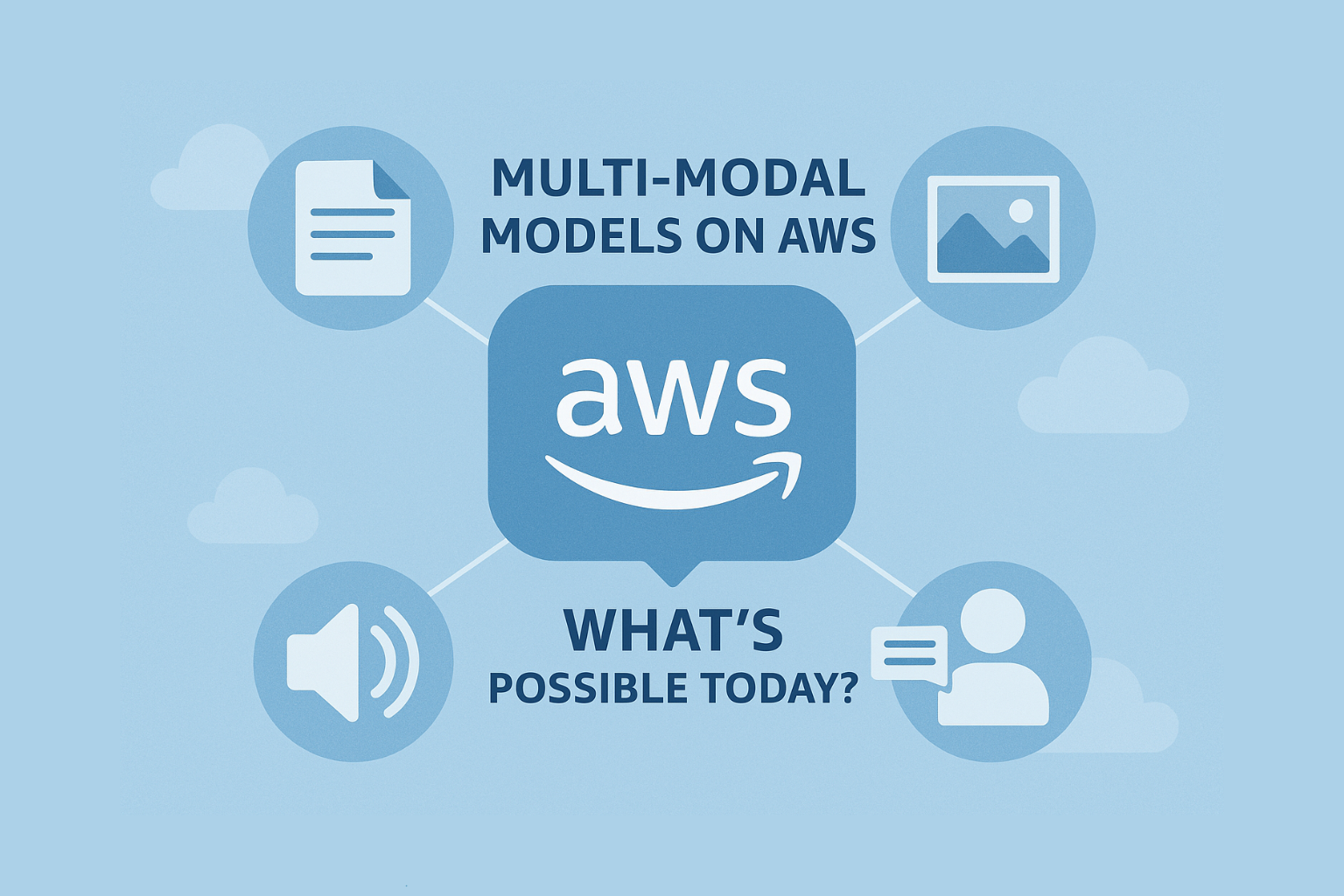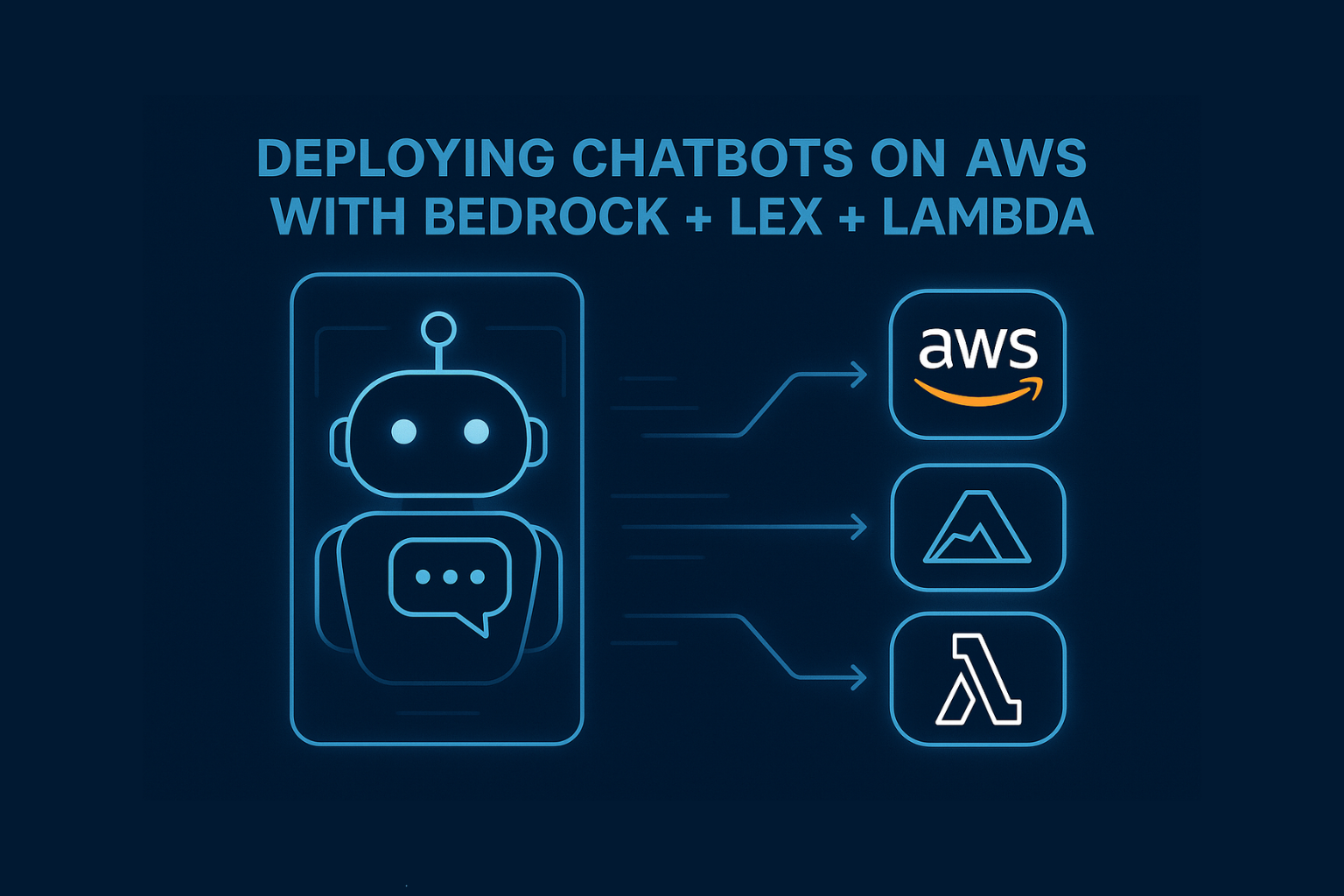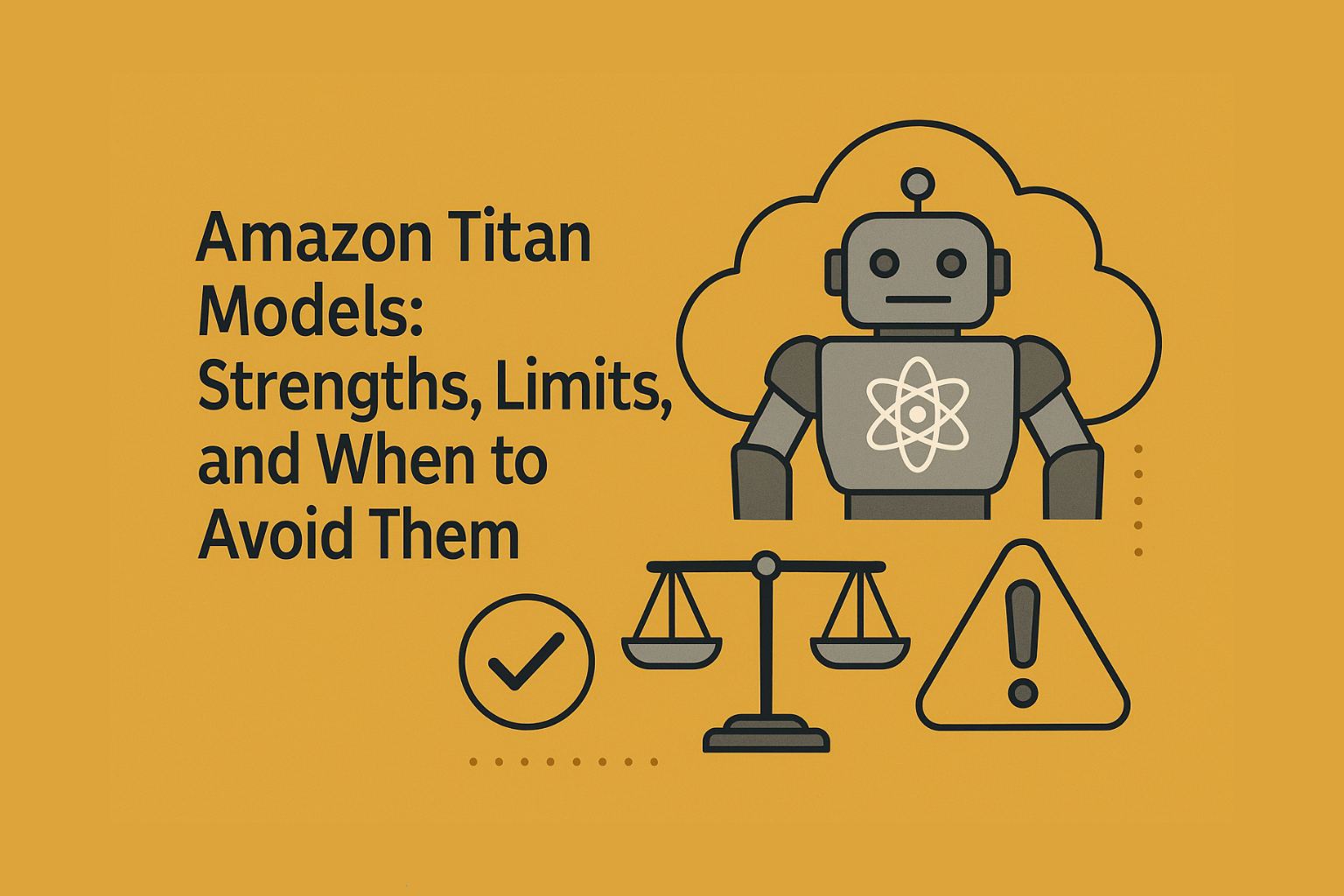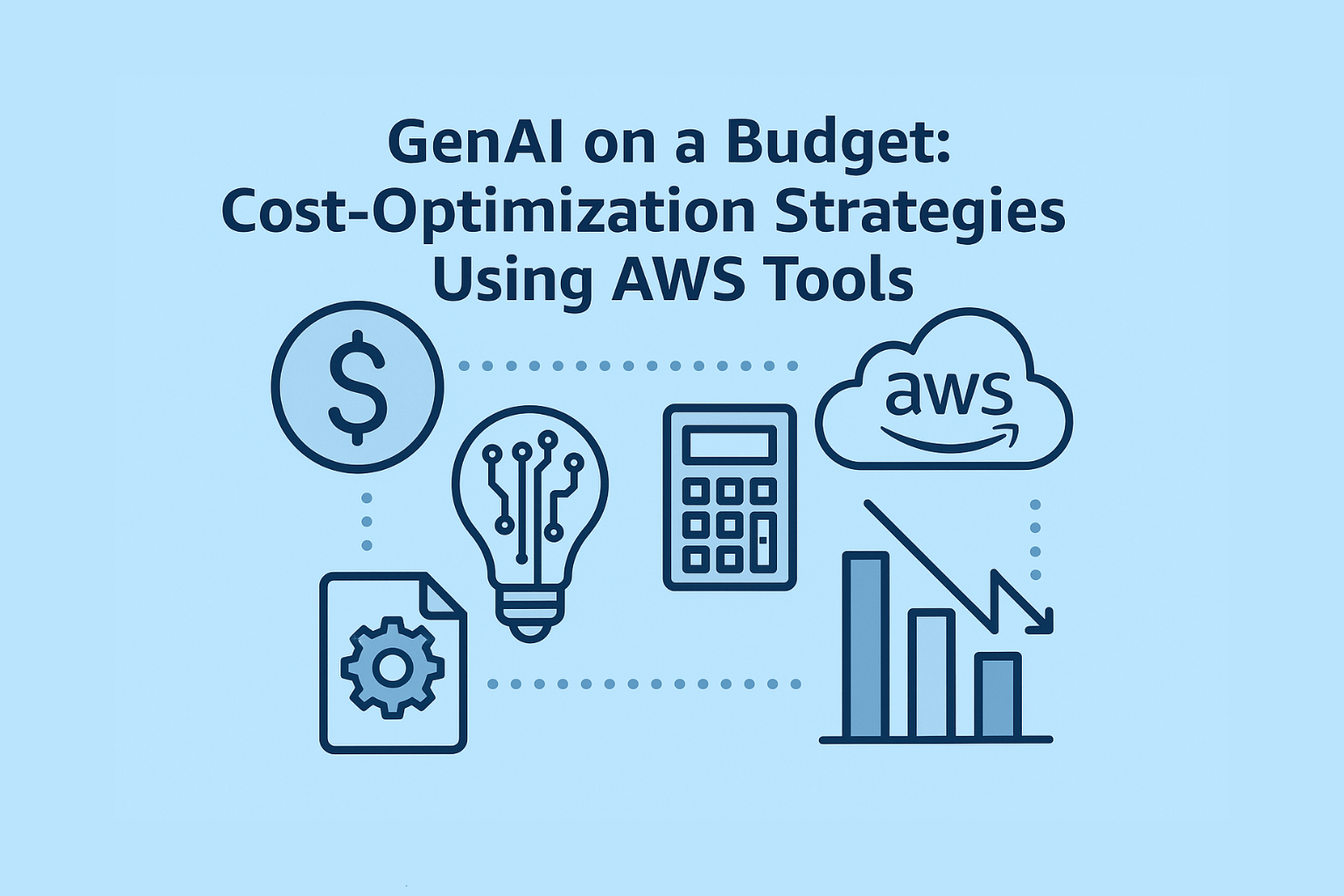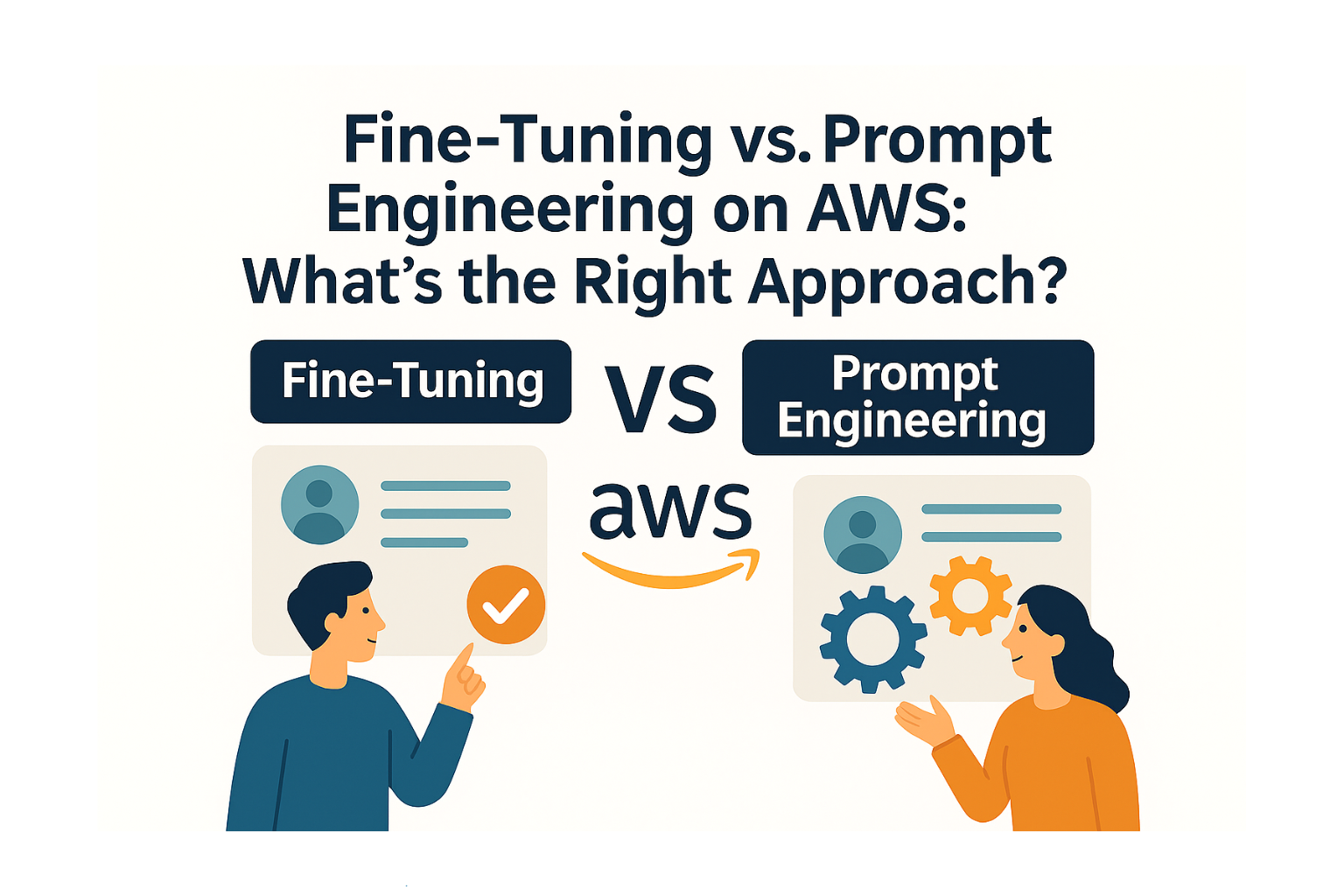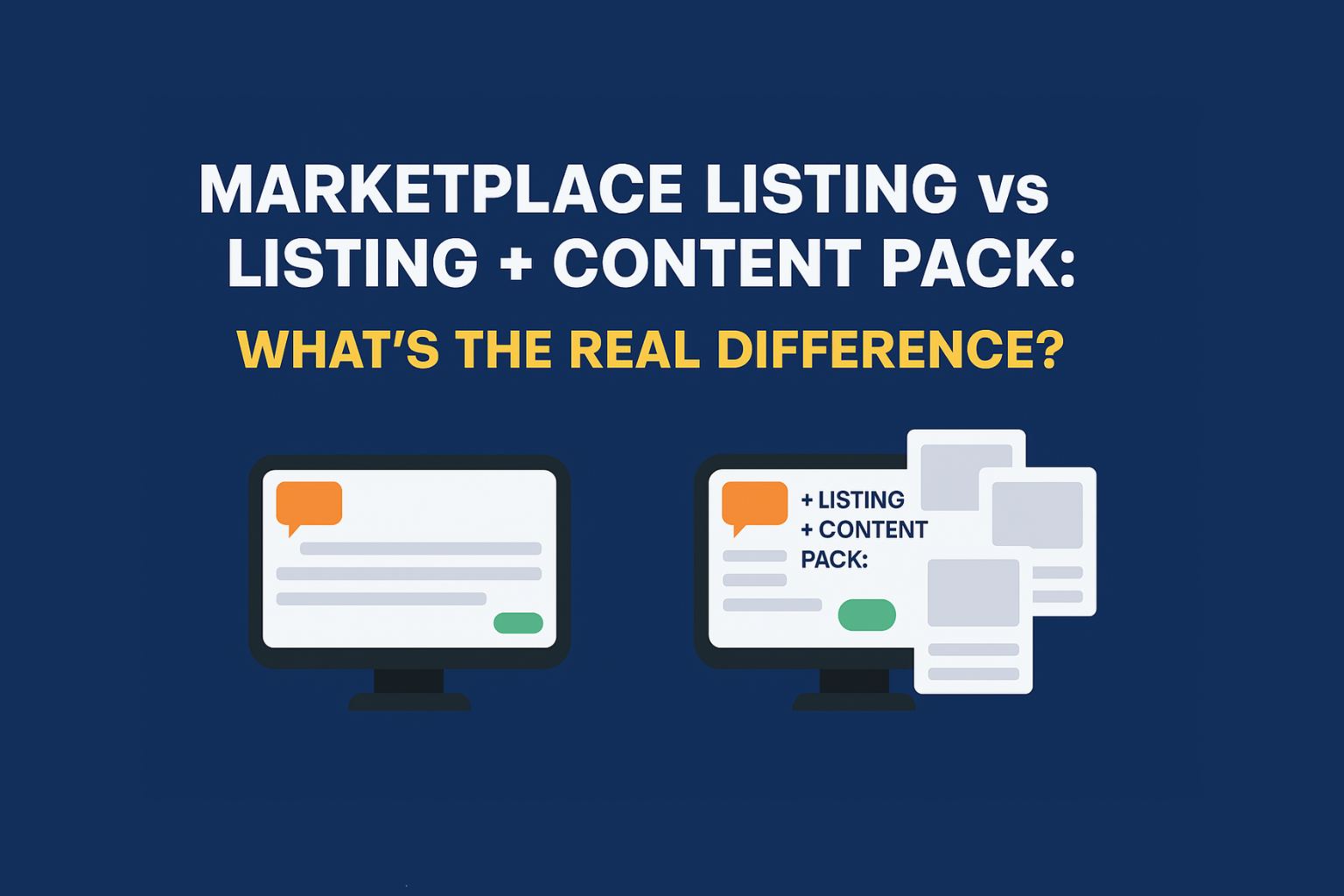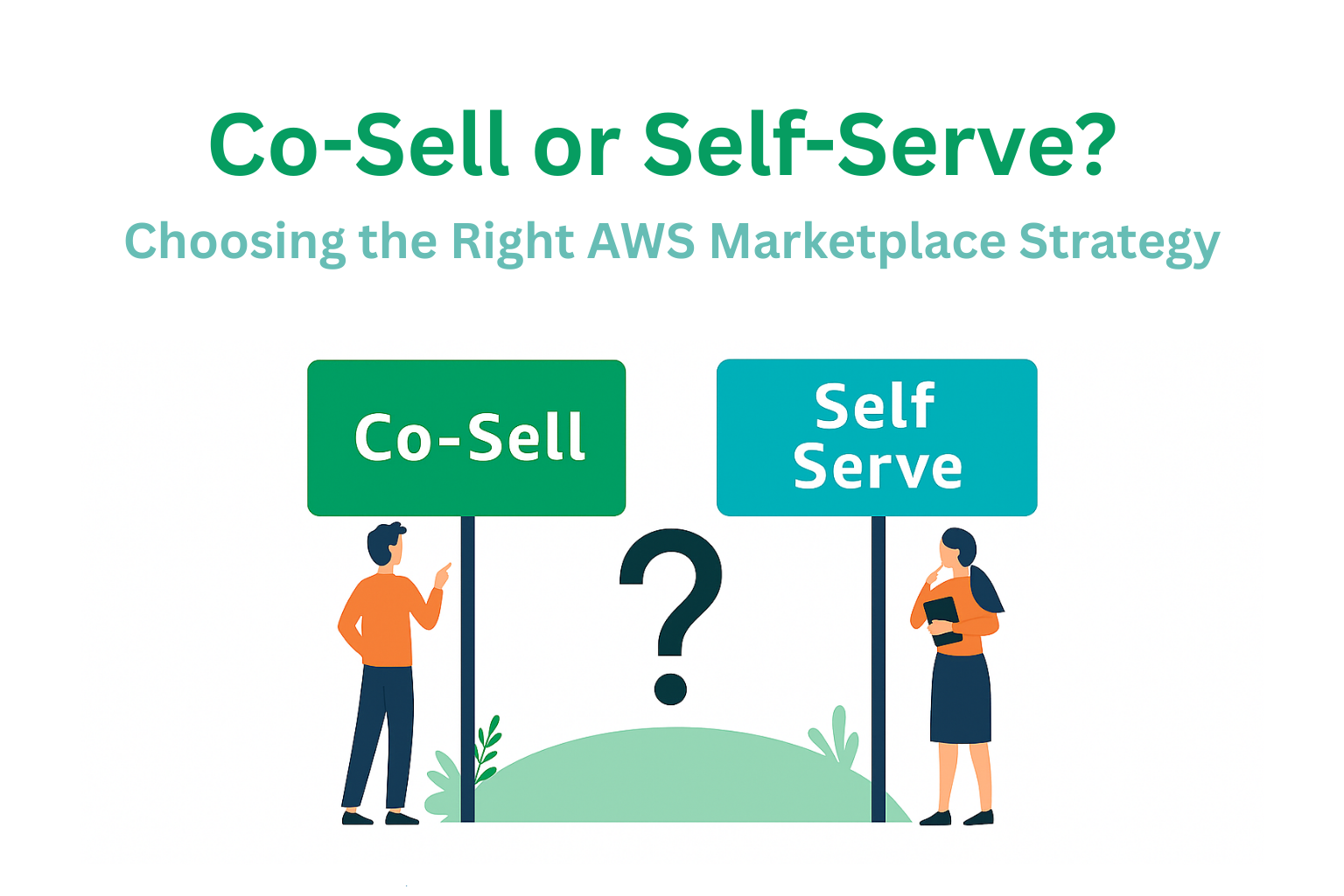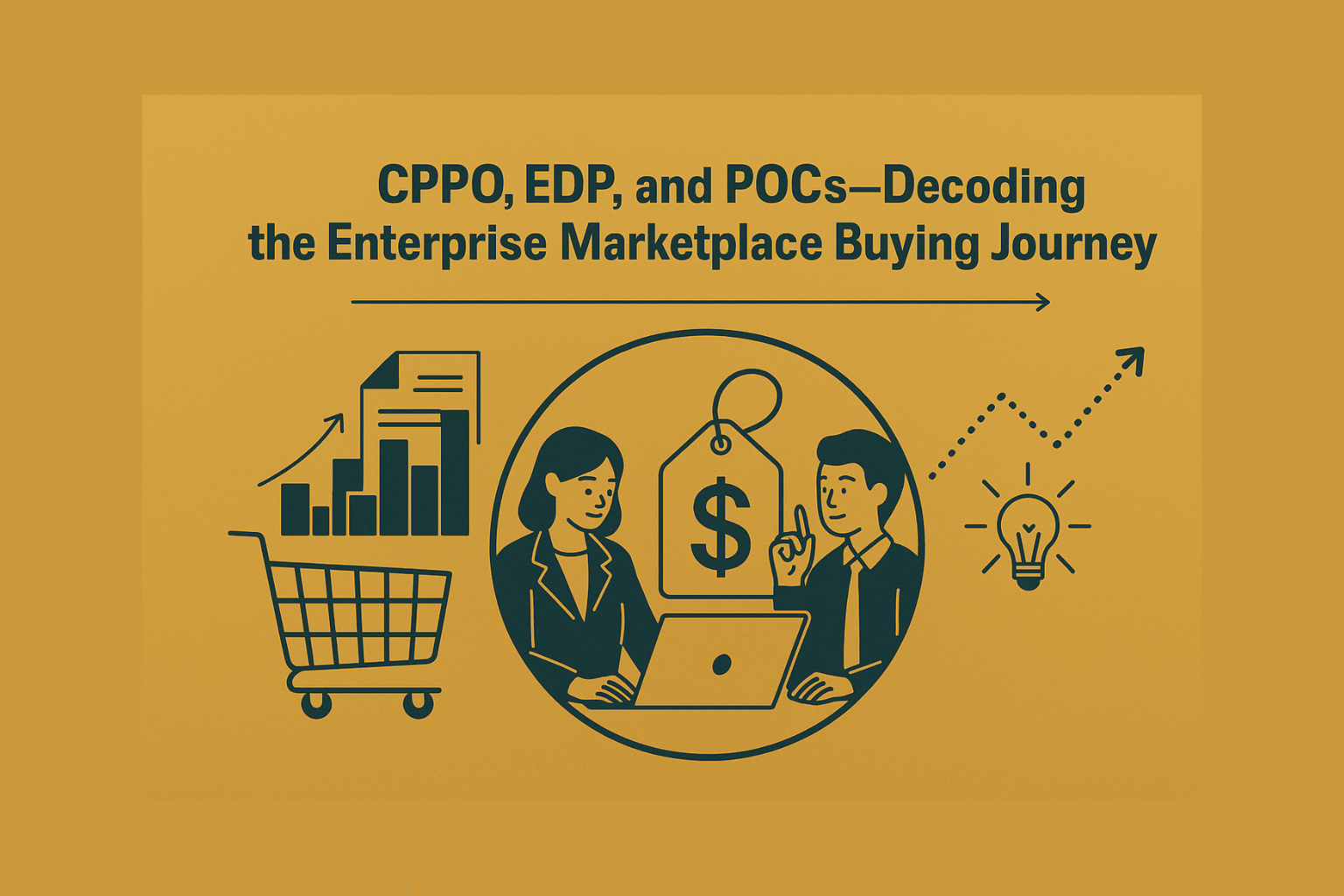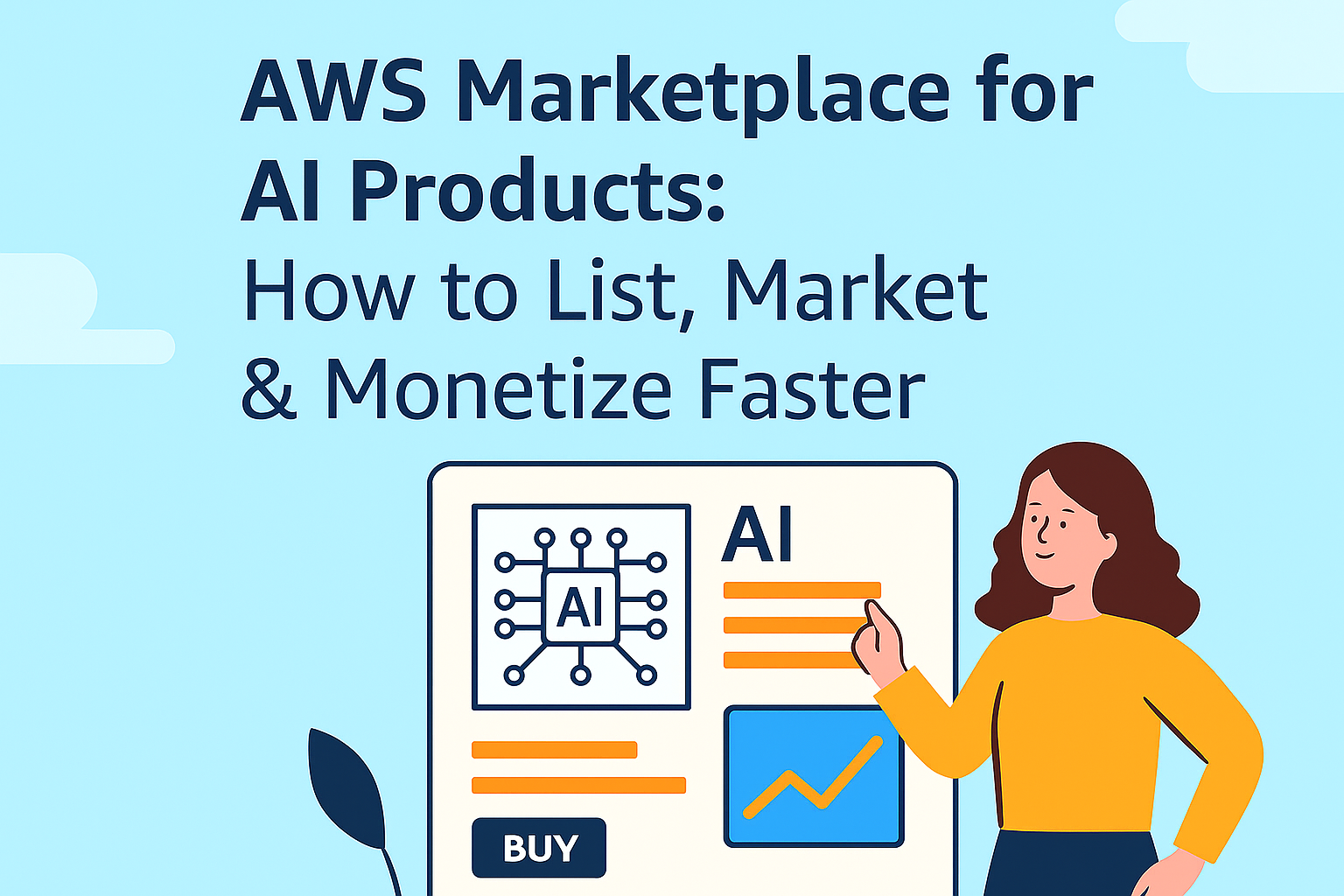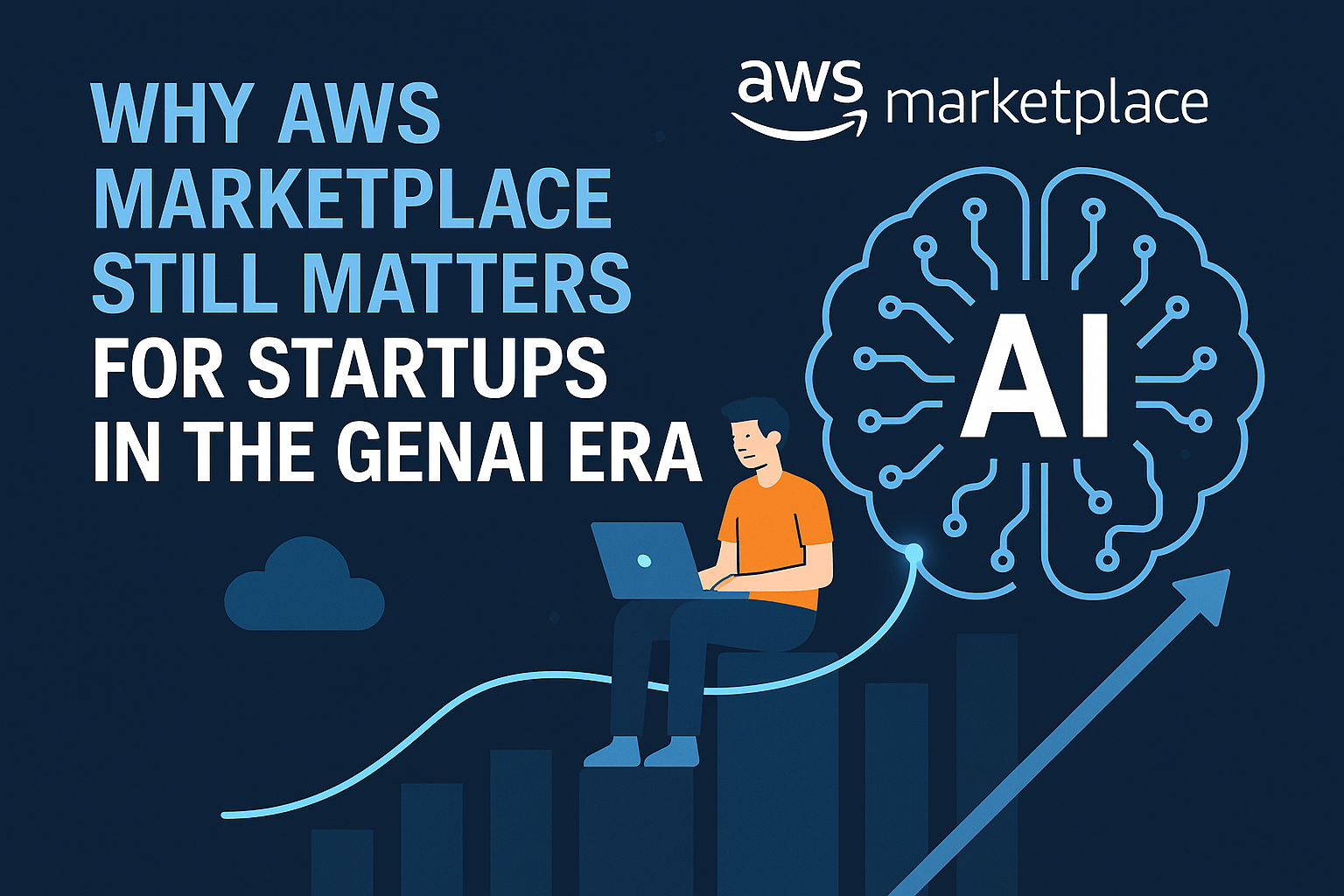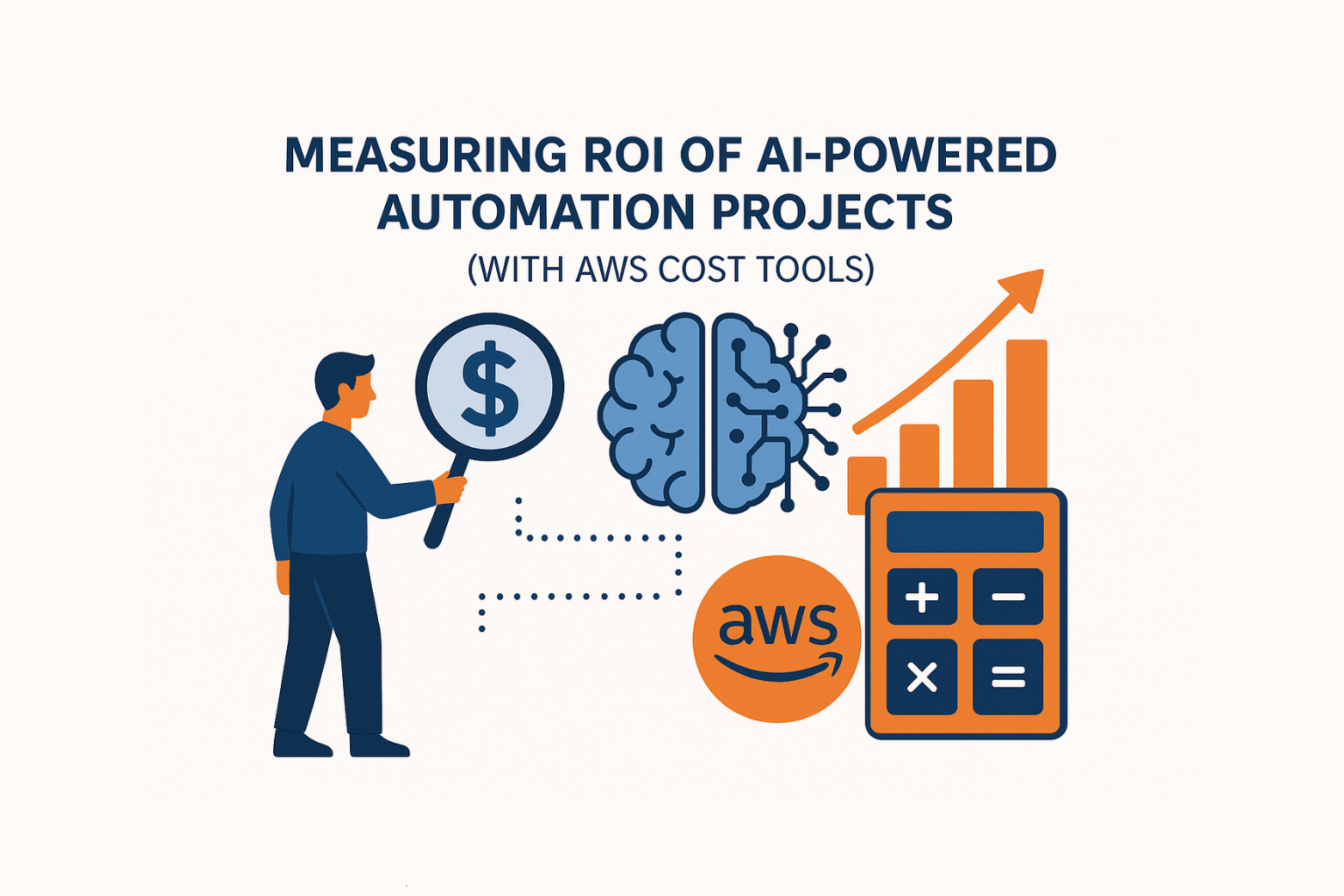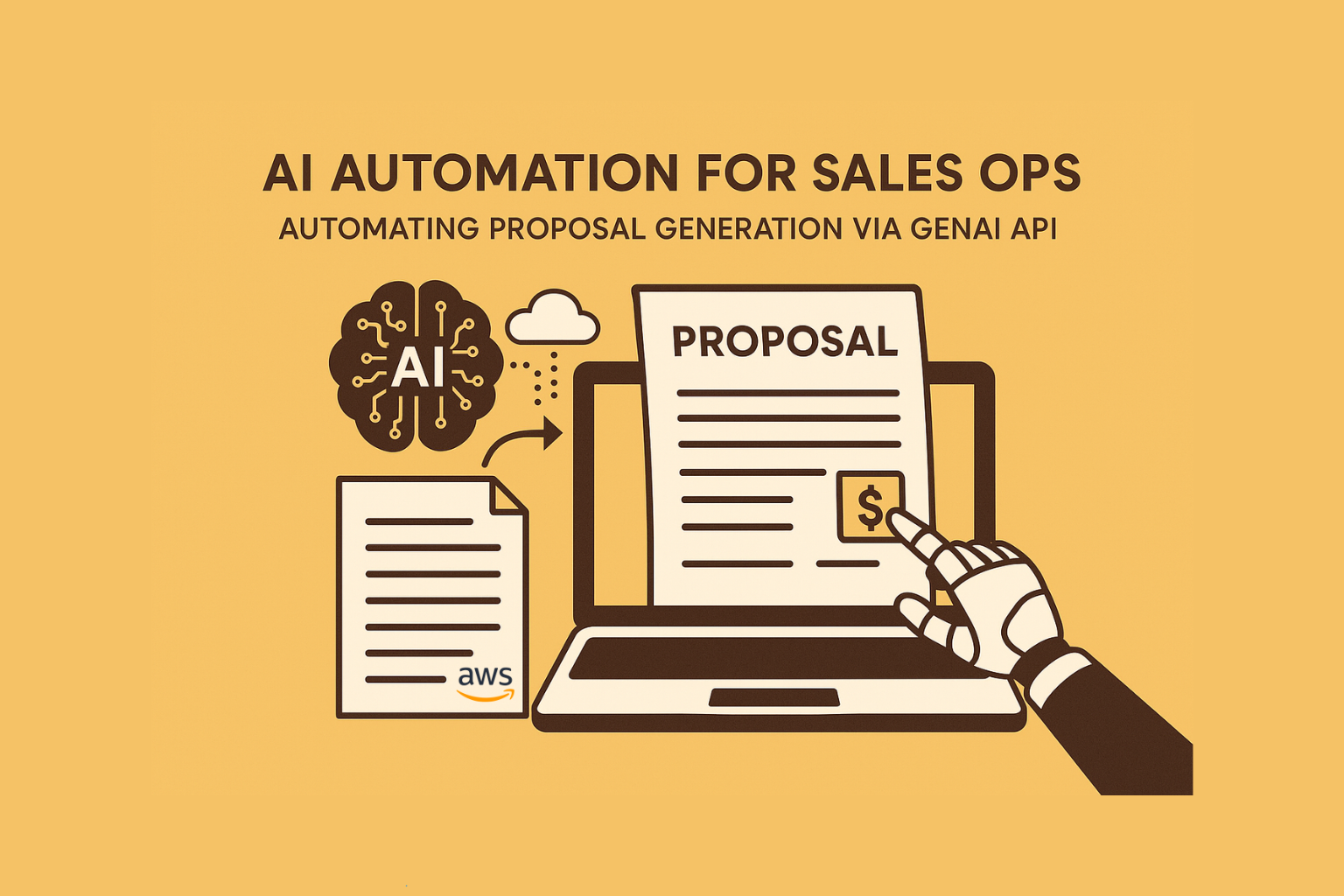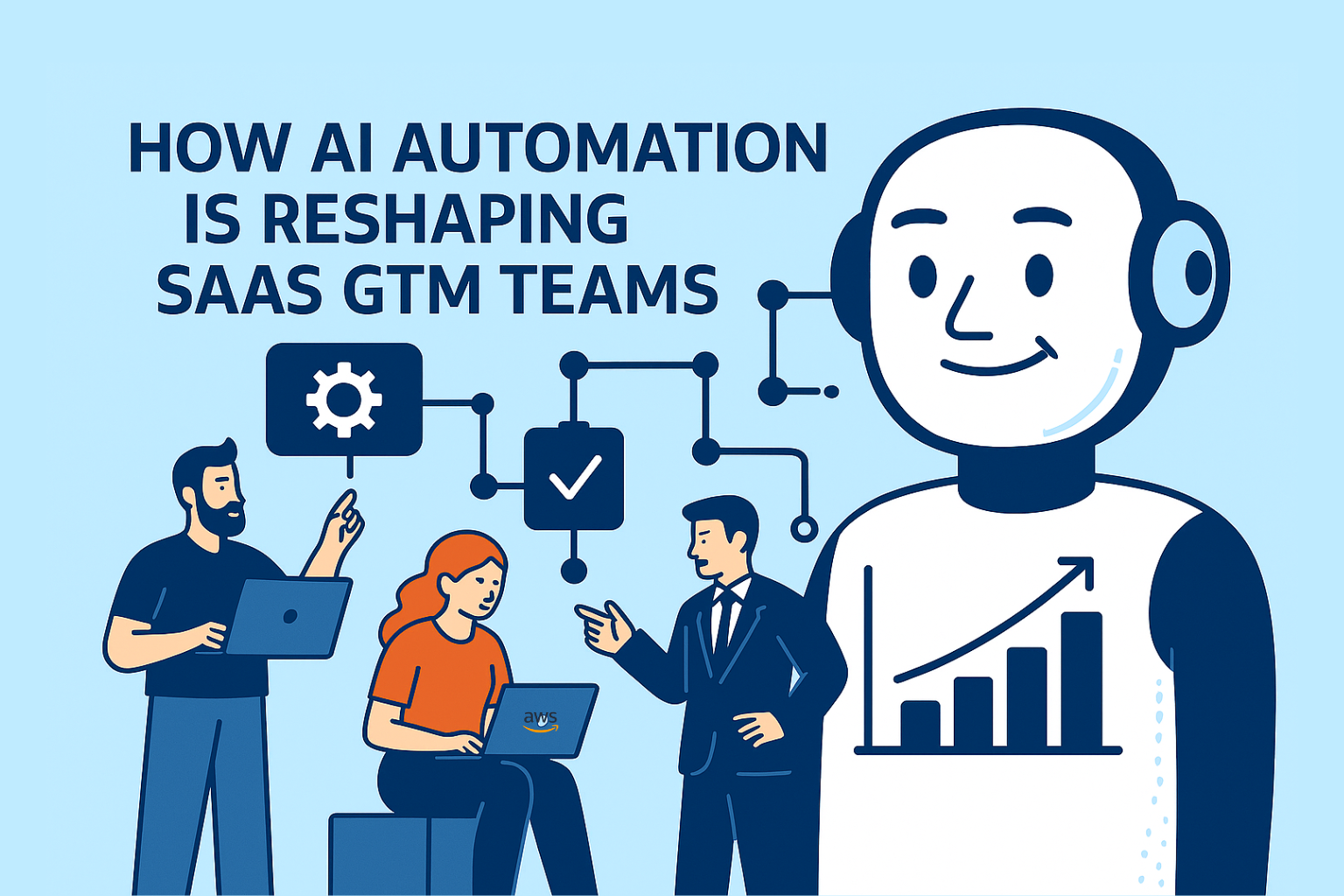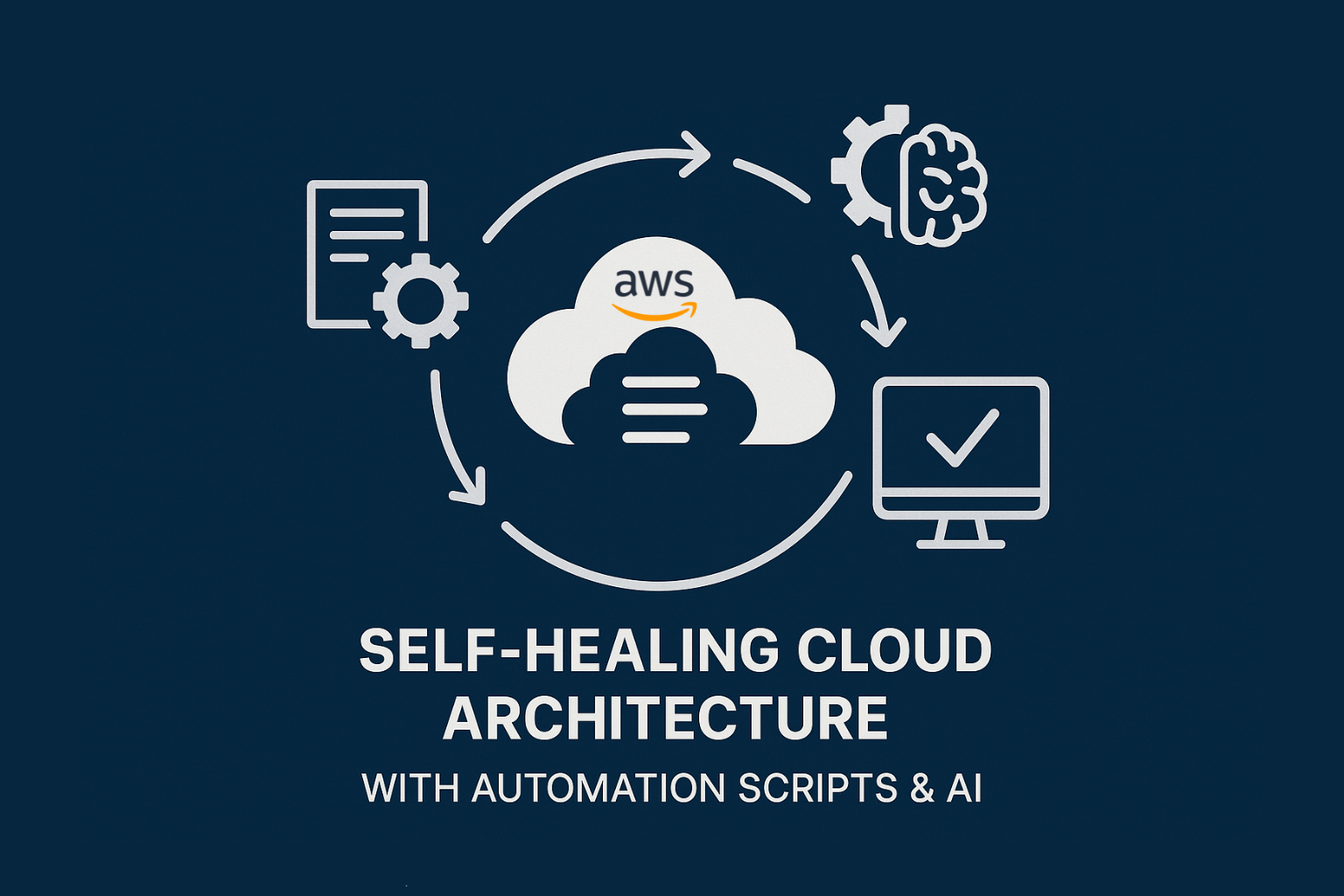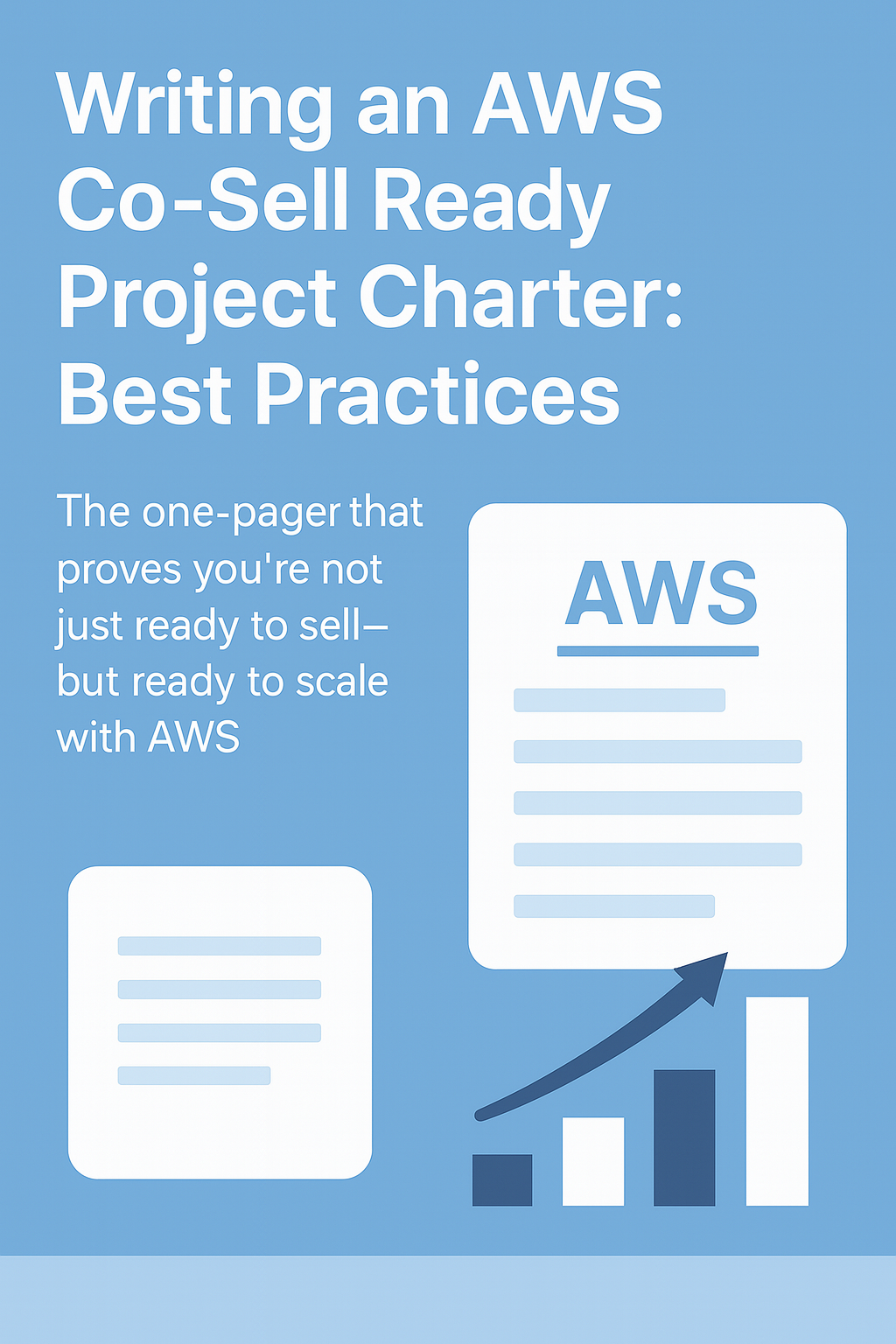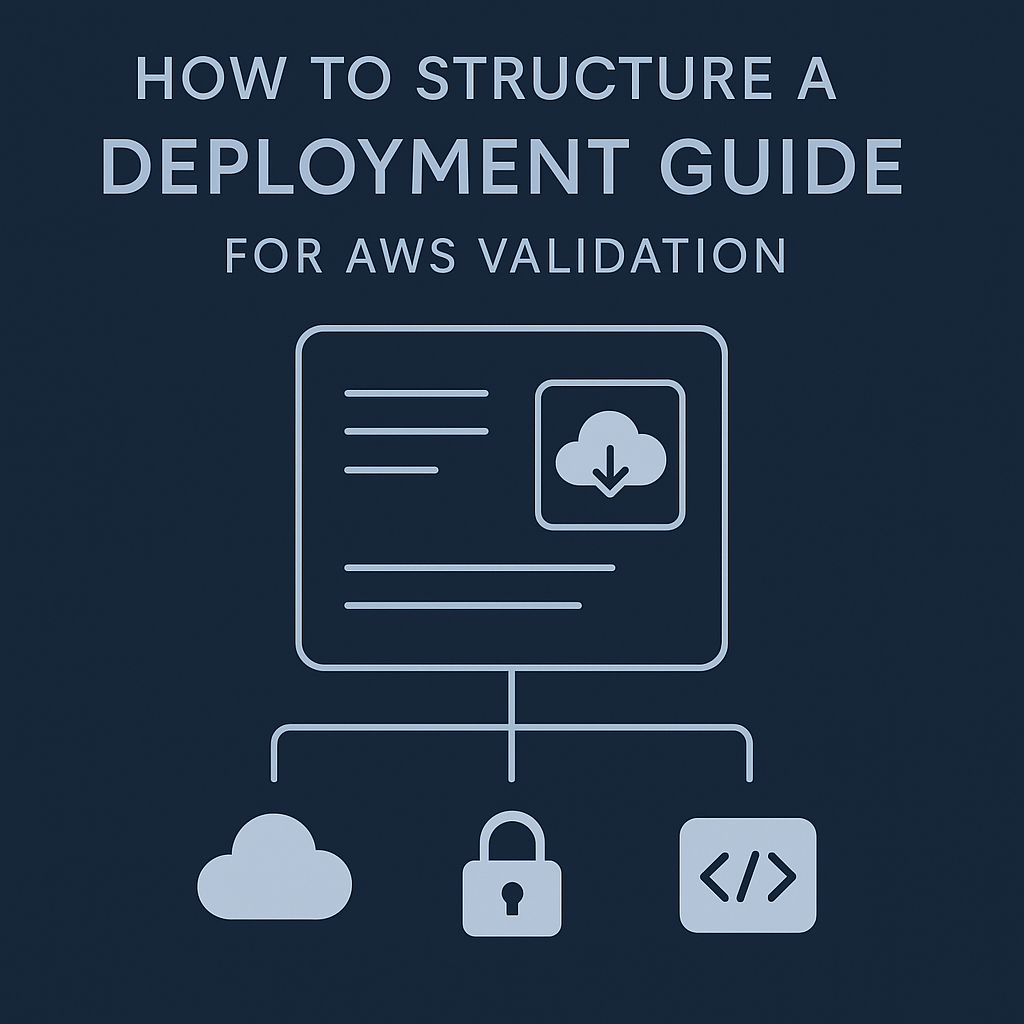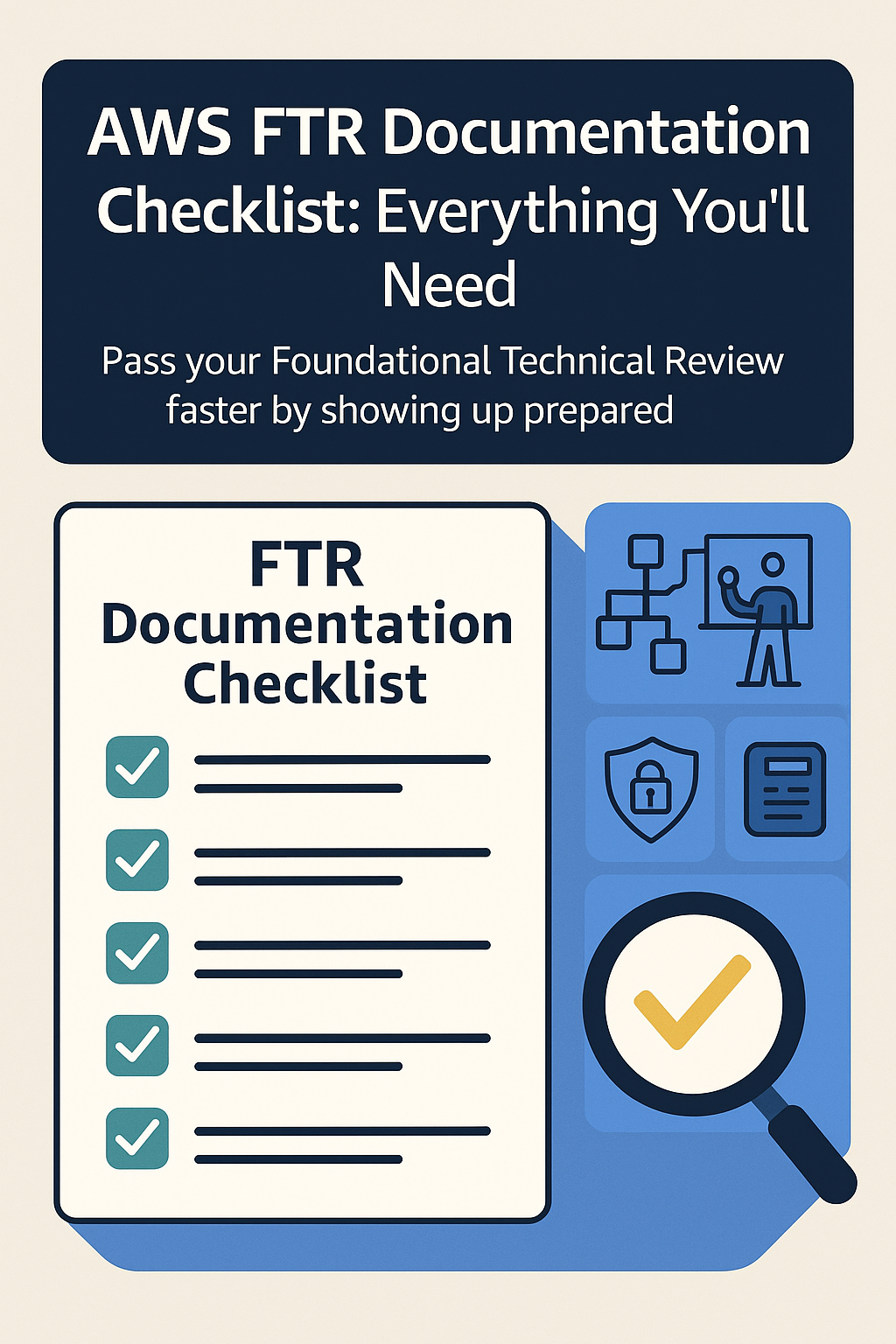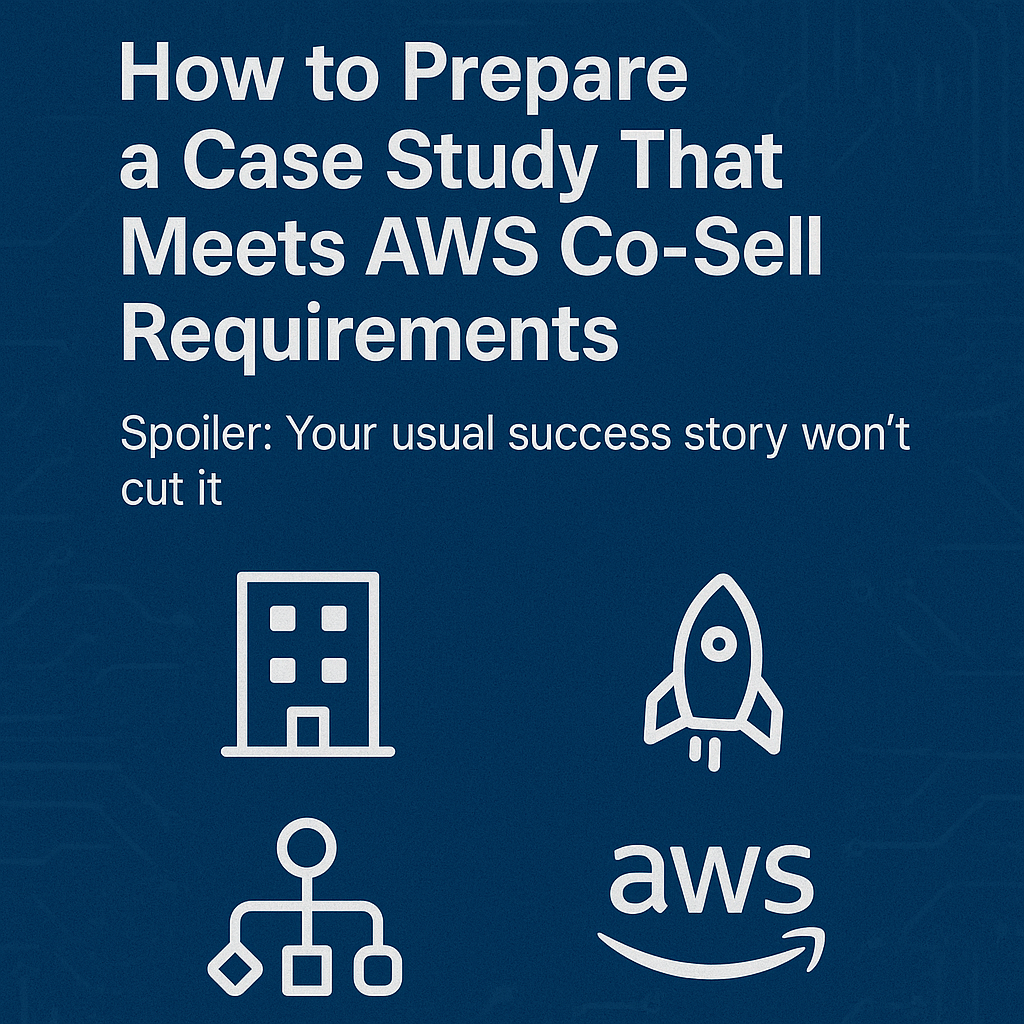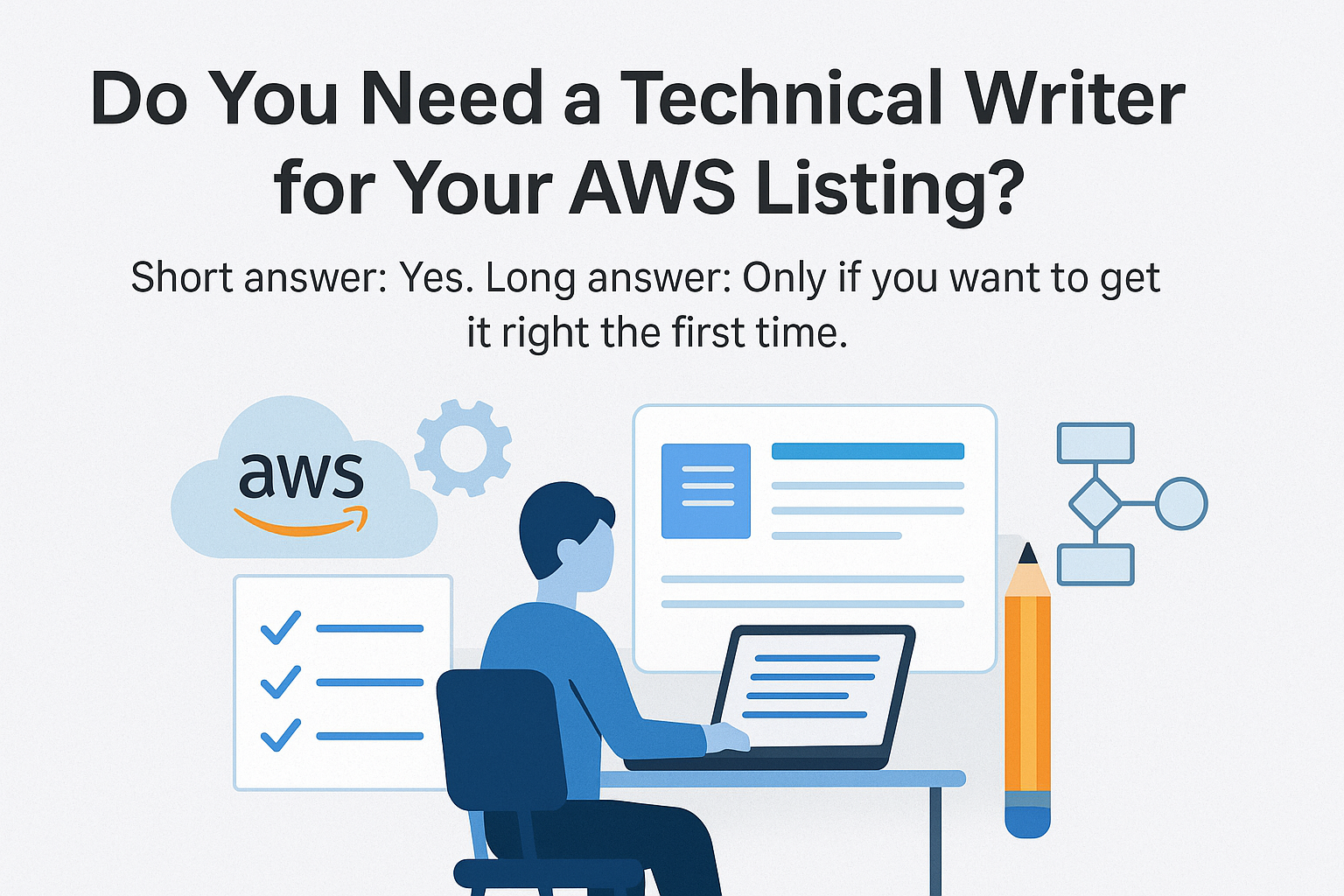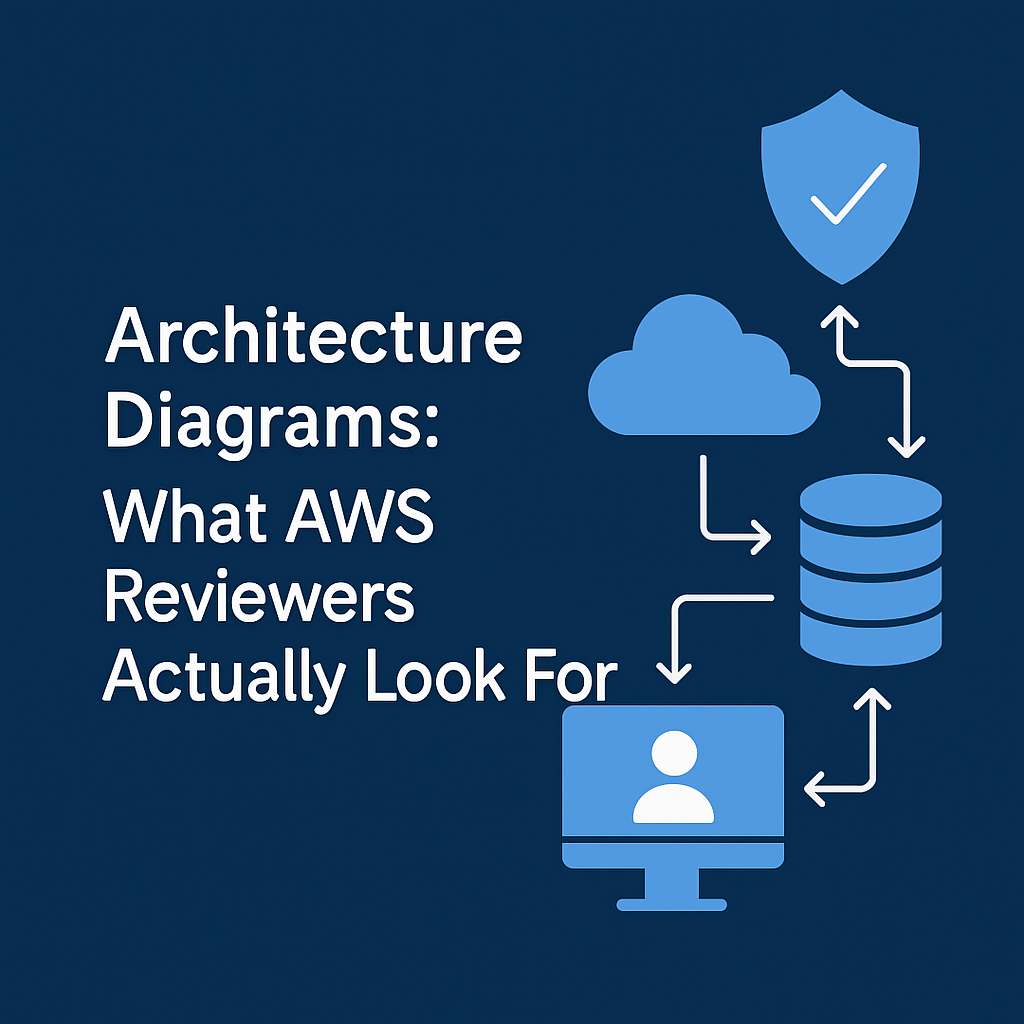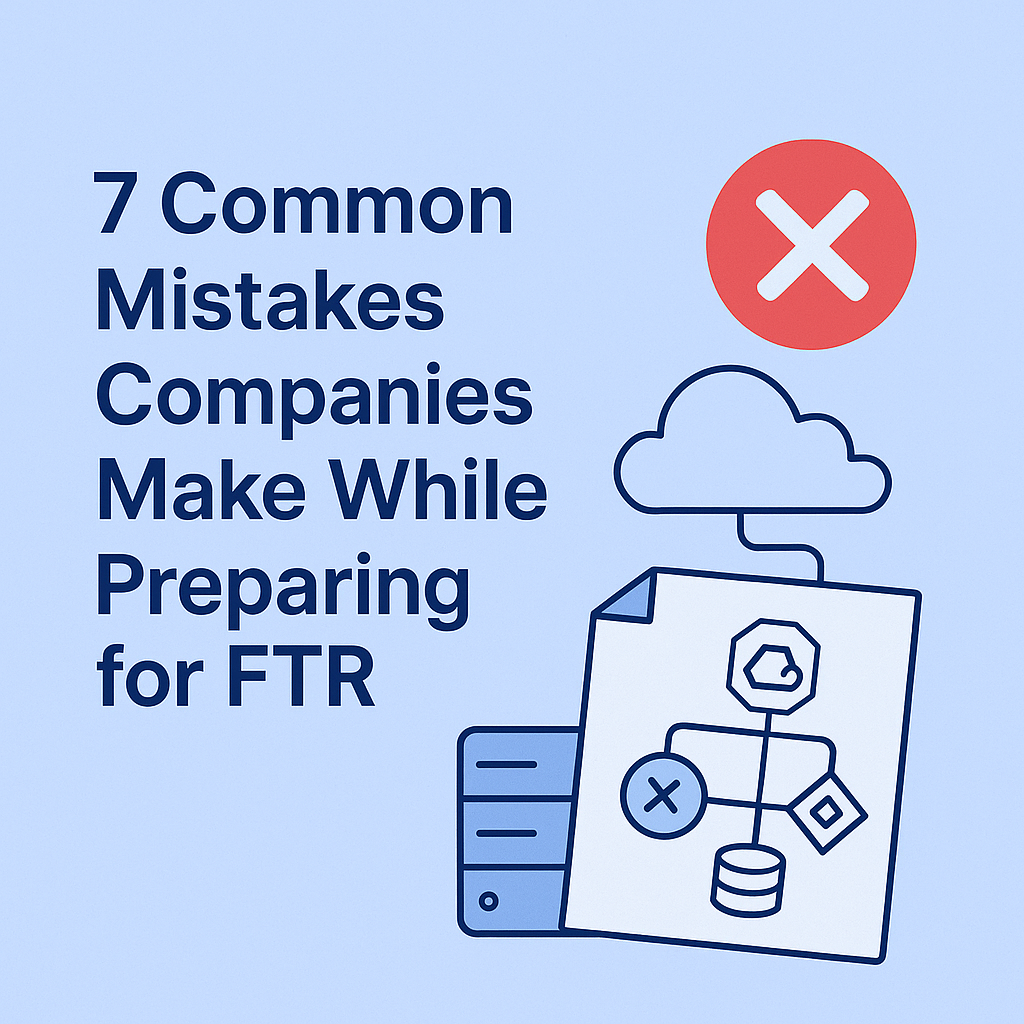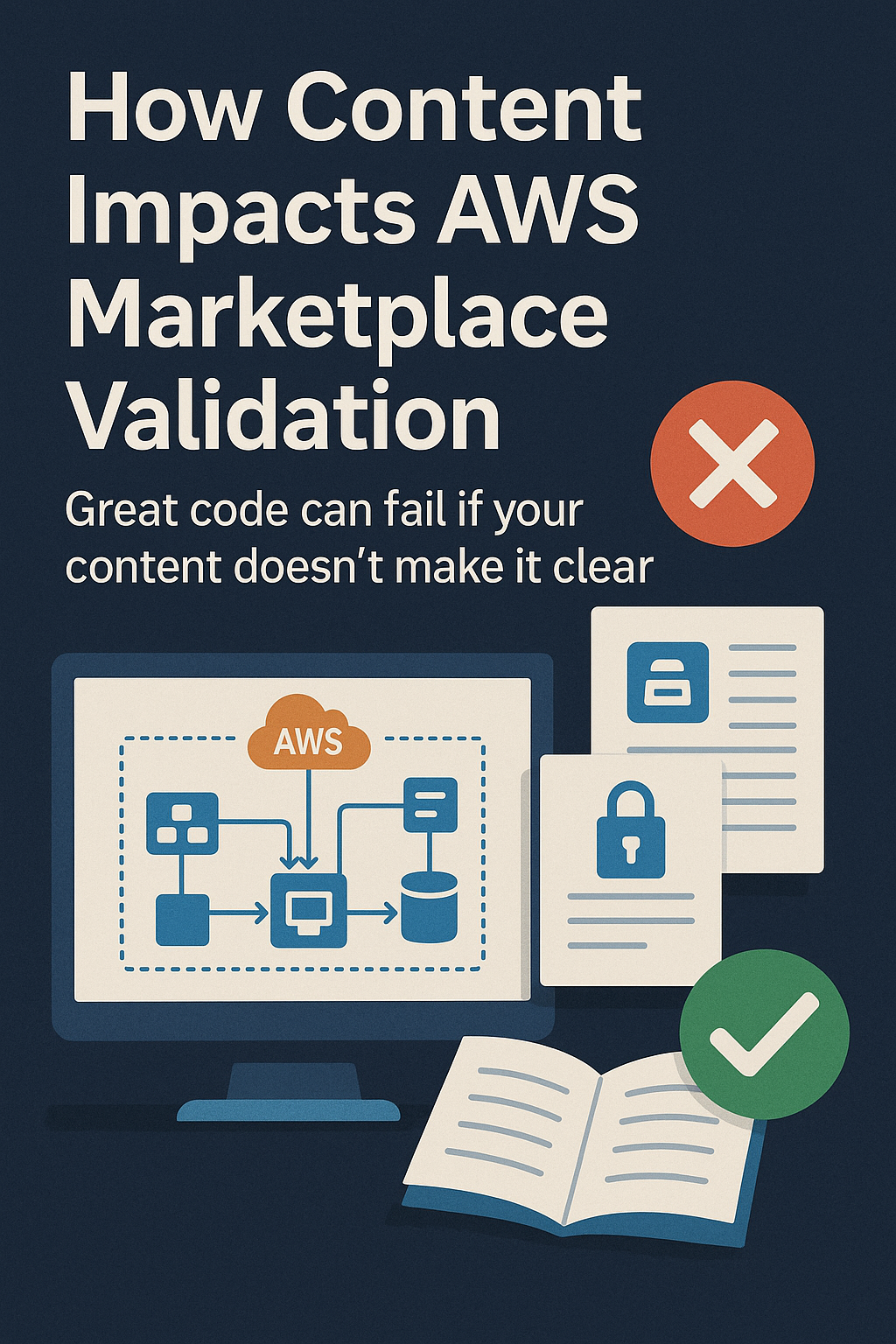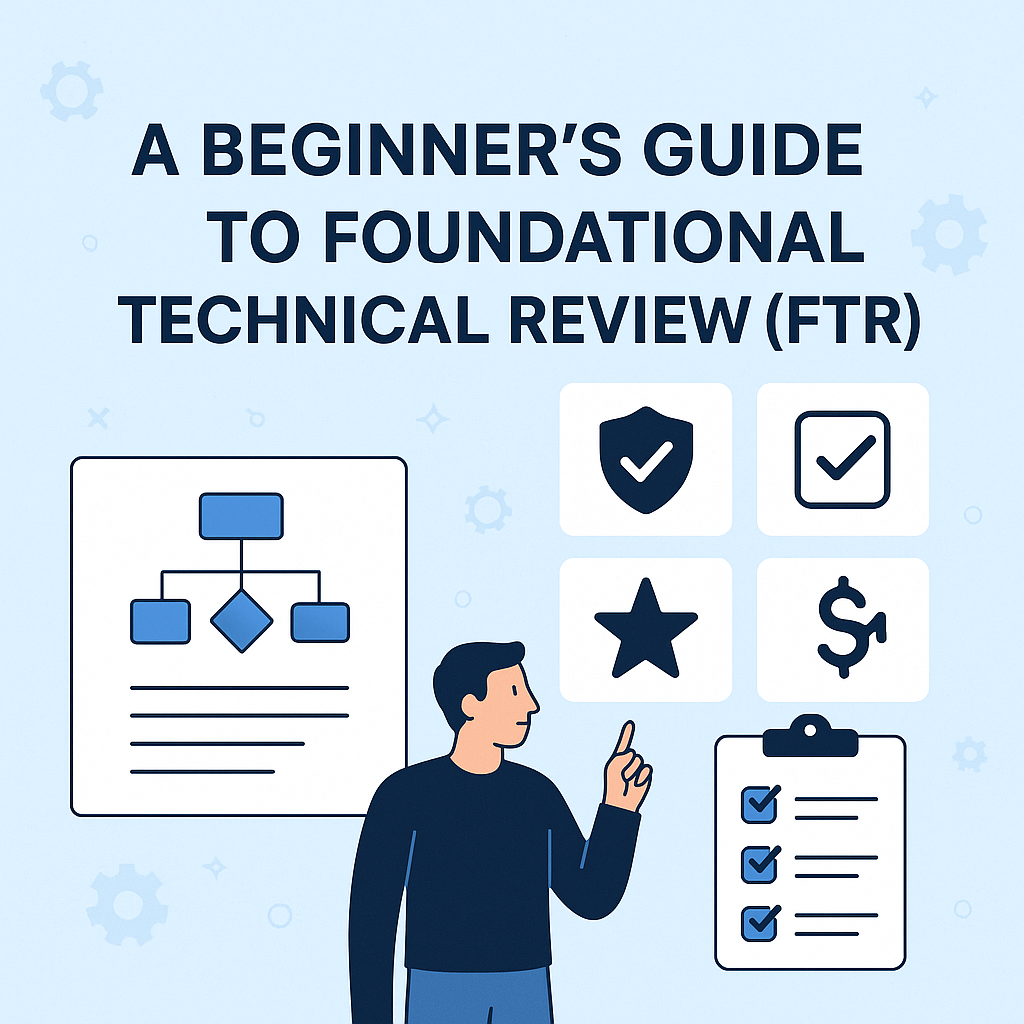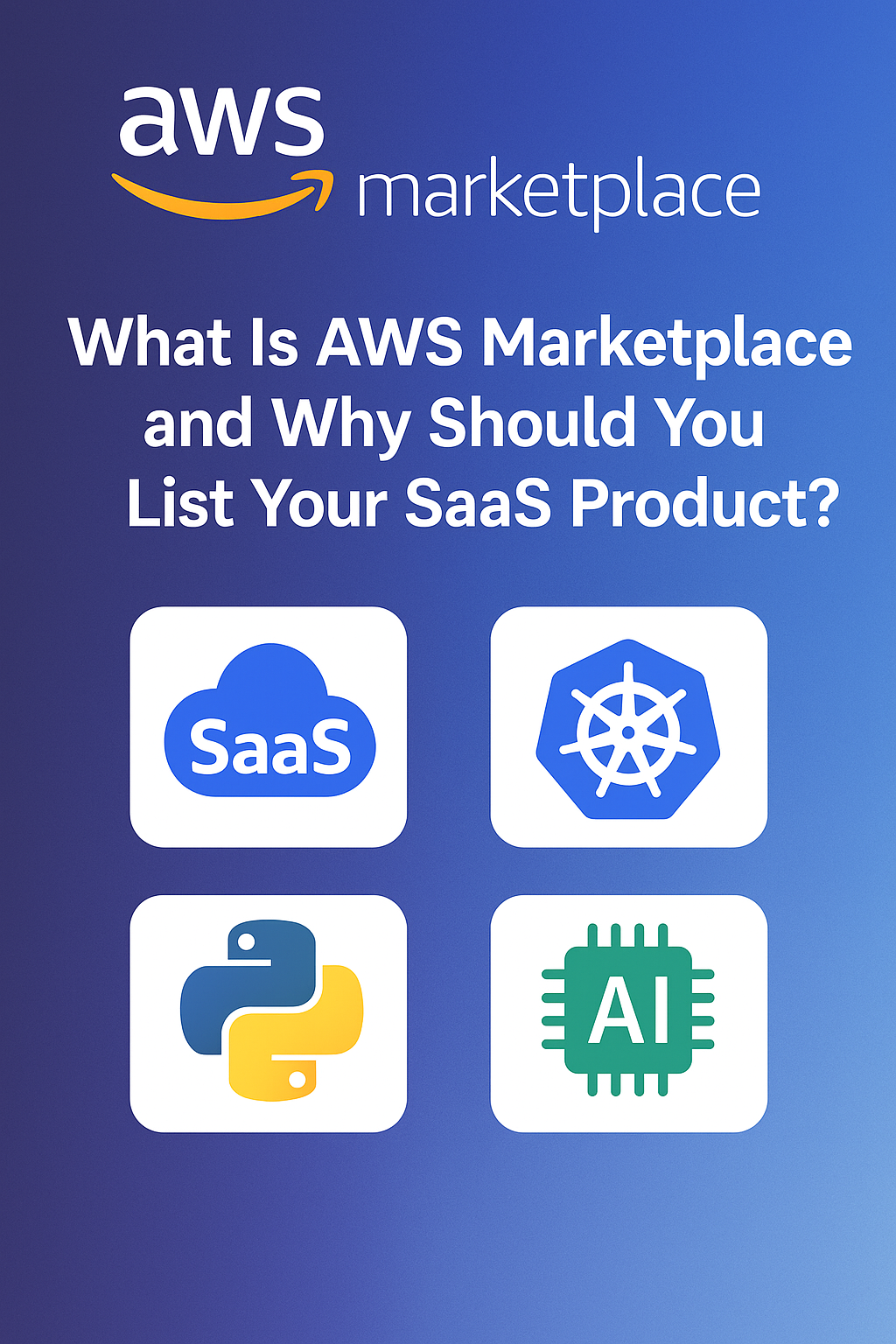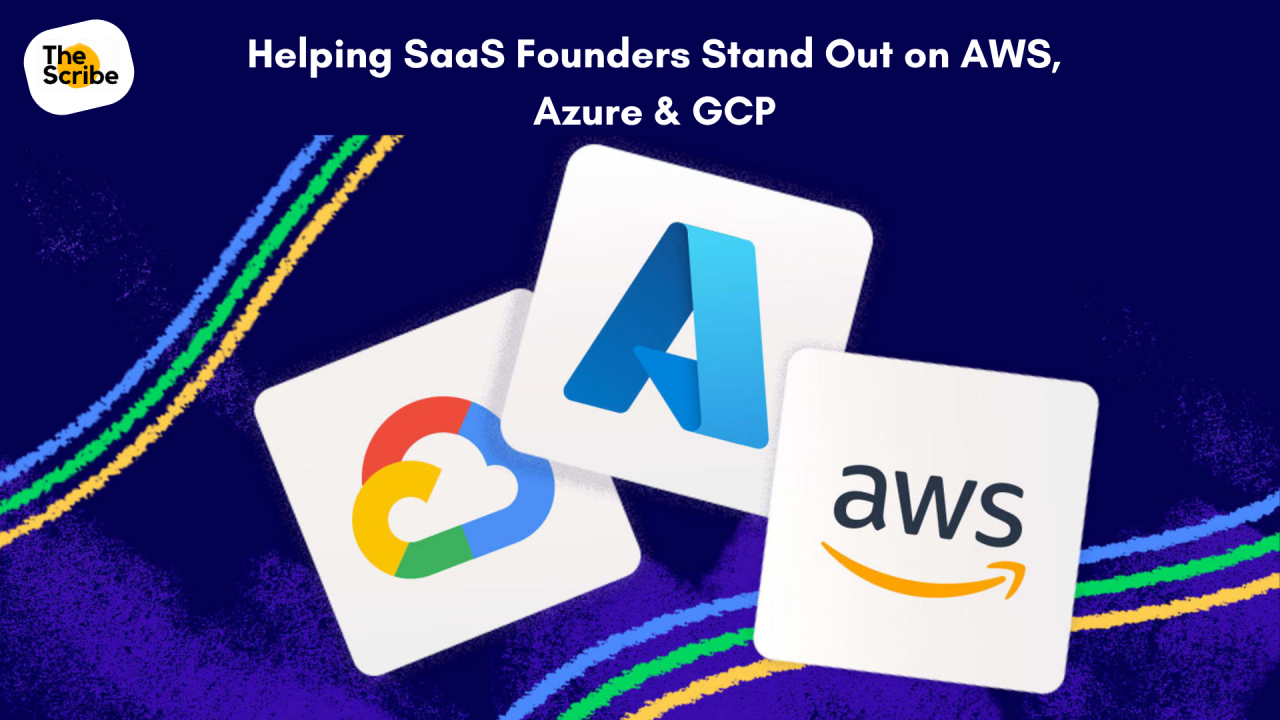Introduction
For most startups, AWS Marketplace feels like a checkbox:
“Get listed, pass the FTR, and move on.”
But what if your AWS listing could do more than sit passively in a catalogue?
For us, it became a lead-generation engine, a funnel that attracted enterprise buyers, shortened procurement cycles, and opened doors to AWS co-sell opportunities.
The truth is, AWS Marketplace isn’t just about compliance; it’s a distribution channel hiding in plain sight. And if you approach it strategically, it can transform into one of your highest-converting entry points into enterprise sales.
Here’s exactly how we made that shift, from simply being listed, to actively converting AWS Marketplace into a funnel.
Step 1: Treat the Listing Like a Landing Page
Most AWS Partners publish a listing with generic product blurbs and a logo. That’s not enough.
We approached our listing like a landing page, with:
- An outcome-driven headline
- A subhead that addressed the buyer’s problem
- Clear AWS service mentions for trust
- Links to walkthroughs and deployment guides
- A CTA to “Request a Demo” or “See Deployment Guide”
For AWS buyers, your Marketplace listing is your homepage. Treat it that way.
Step 2: Build Buyer Confidence With Content
Buyers on AWS Marketplace aren’t browsing casually. They’re in procurement mode.
So, we built a content stack that answered key questions:
| Question Enterprise Buyers Ask | Asset We Provided |
|---|---|
| How does this deploy? | Deployment Guide |
| How does it scale? | Reference Architecture |
| Is it secure? | Security Overview |
| Does it solve my problem? | Use Case Studies |
| Who else uses this? | Named Customer Proof |
These weren’t just checkboxes for validation; they became fuel for trust.
We also linked these assets from the listing, so AWS buyers could self-serve answers without emailing sales.
Step 3: Enable the AWS Field Team
After passing the Foundational Technical Review (FTR), we didn’t just sit back.
We activated Co-Sell.
That meant:
- Preparing a “Field Briefing Deck” for AWS Account Managers
- Sharing our customer ICP, pricing model, and vertical strengths
- Publishing Co-Sell approved case studies with AWS architecture references
- Submitting private offers via CPPO to align with AWS EDP burn
As a result, our AWS Partner Manager started routing relevant leads, and we could already show up in the procurement system.
Step 4: Align Our Funnel With Marketplace Data
We used AWS Marketplace analytics (and ACE Pipeline if available) to monitor:
- Page views
- Listing interactions
- Private offer clicks
- Conversion rates by region or industry
When we saw spikes from fintech or EMEA traffic, we spun up:
- Regional landing pages
- Industry-specific case studies
- Targeted LinkedIn campaigns linking to our listing
Our goal: turn anonymous AWS Marketplace views into attributed, trackable leads.
Step 5: Add a GTM Layer Around the Listing
Your listing doesn’t convert by itself. It needs a funnel around it.
We added:
- A blog series explaining how we solve specific AWS problems
- LinkedIn carousels linking to our listing and deployment guides
- Email campaigns to Partner Managers and AWS sellers
- A dedicated “Marketplace” tab on our website that linked directly to our AWS listing
This turned our AWS Marketplace listing from a static URL into an integrated part of our GTM funnel.
Results: What Changed
Within 60 days of optimizing our listing, we saw:
- 3x increase in Marketplace traffic
- 2 net-new enterprise deals via CPPO
- 4 AWS sellers proactively pitching our solution
- Shorter deal cycles by 25% (due to pre-approved procurement flow)
We weren’t just “on” AWS Marketplace anymore; we were growing through it.
Conclusion
Most startups treat AWS Marketplace as a destination:
“Once we’re listed, we’re done.”
But the real opportunity lies in treating it as a funnel.
With the right content, GTM alignment, and co-sell activation, AWS Marketplace can:
- Build trust with enterprise buyers
- Accelerate procurement timelines
- Open the door to AWS field seller advocacy
- Drive measurable pipeline, not just visibility
The difference is simple: don’t just get listed. Build a funnel.

